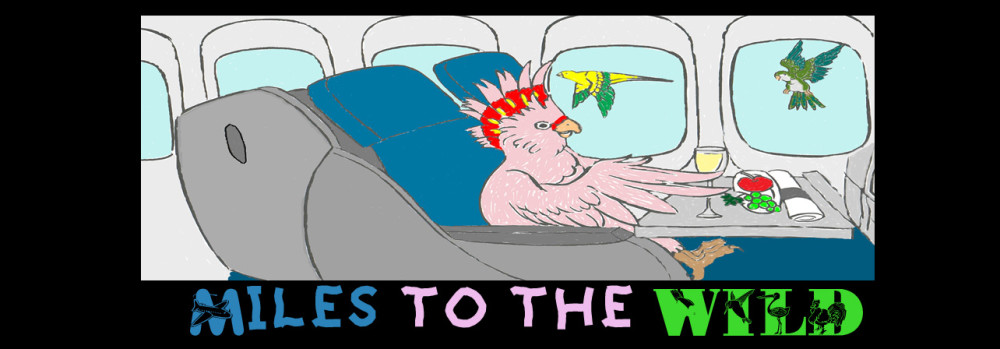Rigdon Currie has a wonderful Youtube channel for birders and I always enjoy his videos. Many times it’s a re-living the experience for me as in this case where he covers Asa Wright Nature Center and Caroni Bird Sanctuary and a look at Tobago where I didn’t go. Enjoy!
Tag Archives: Asa Wright
Tufted Coquette ( Lophornis ornatus )
The Tufted Coquette ( Lophornis ornatus ) is a tiny hummingbird that has a rufous head crest and a coppery green back with a whitish rump band that is prominent in flight. The forehead and underparts are green, and black-spotted rufous plumes project from the neck sides. The tail is golden rufous.
I was lucky enough to see this tiny beauty at Asa Wright Nature Centre where I tried to get some photos but these birds are FAST!
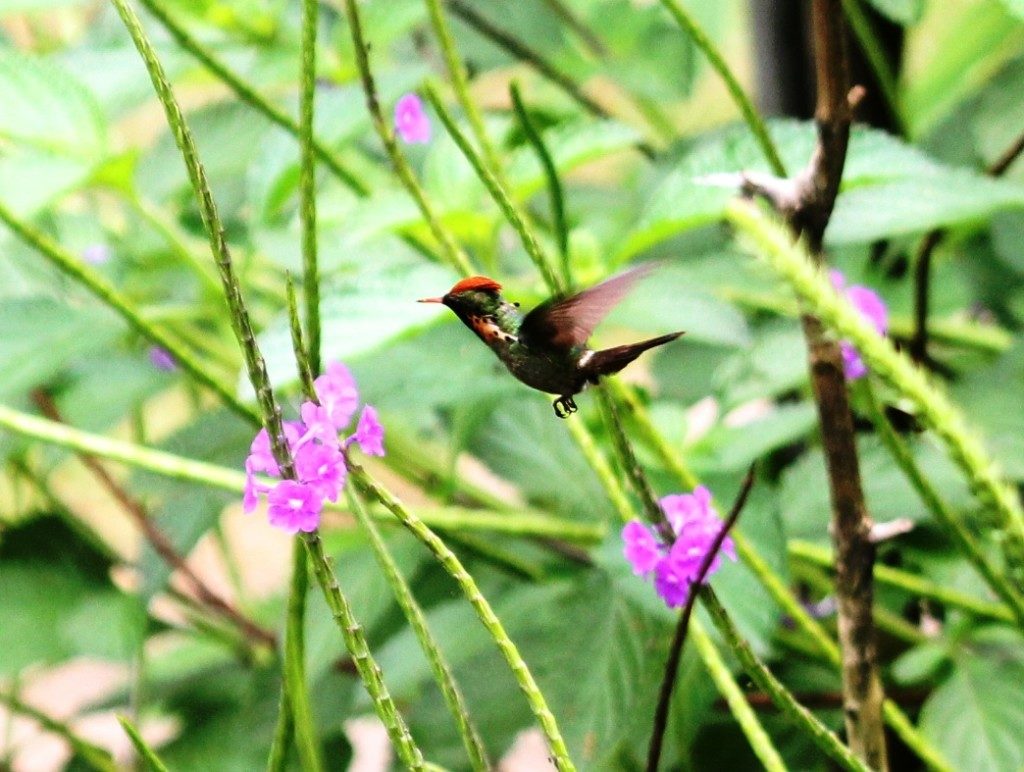
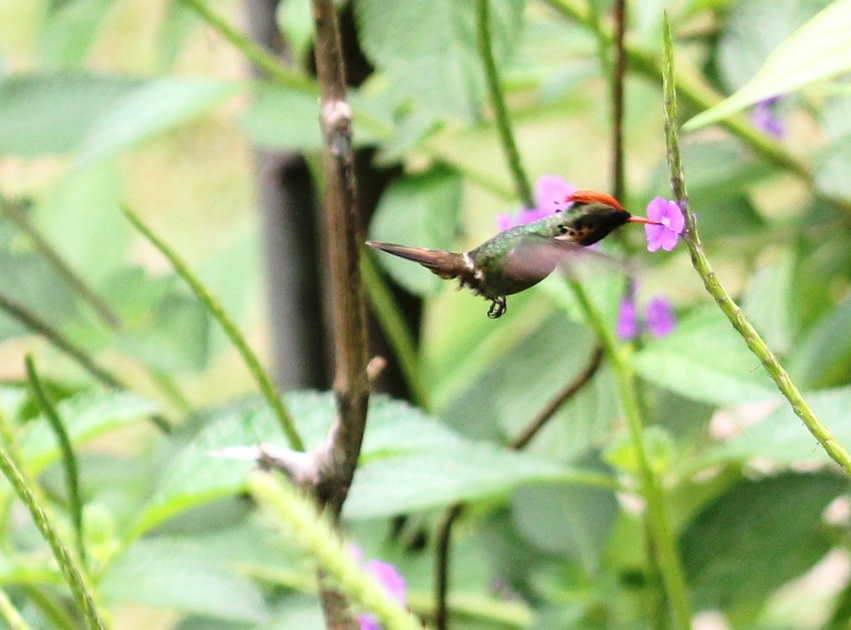
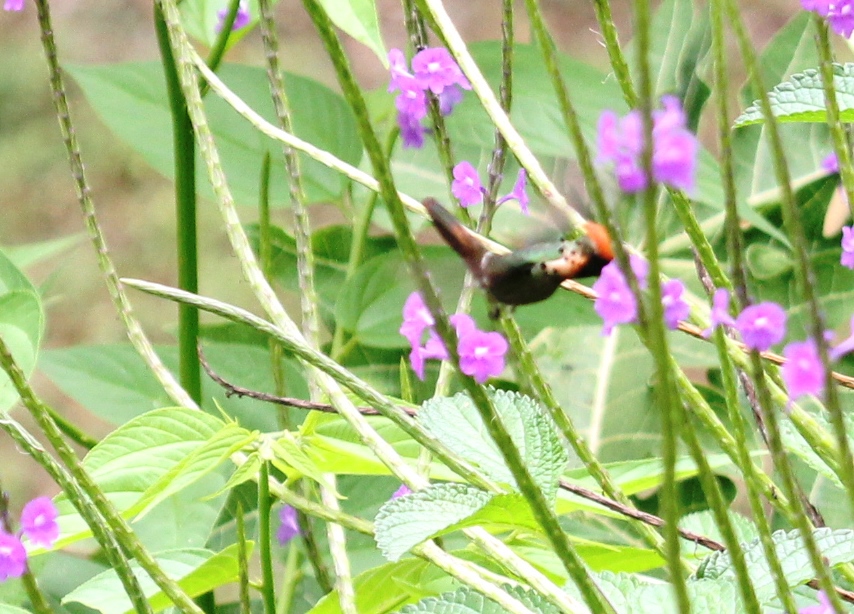
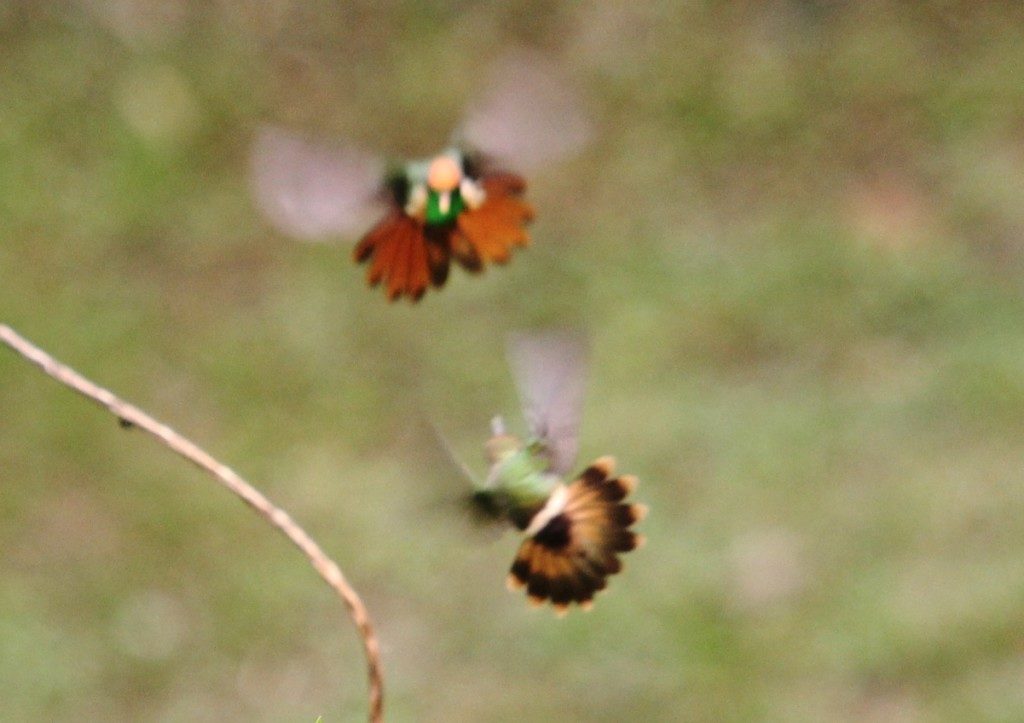
They range throughout eastern Venezuela, Trinidad, Guiana, and northern Brazil. I saw a few at Asa Wright’s and they can also be found at Yerette in Trinidad.
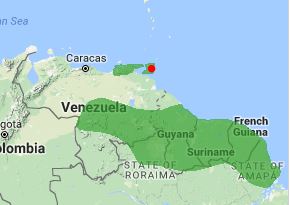
LEARN MORE ABOUT TUFTED COQUETTES
VIDEOS
Very nice mini-doco on Tufted Coquettes.
Theyr’e gorgeous and they know it, this time they cooperated with the videographer. The one at the end is a female.
Bearded Bellbird (Procnias averano)
The Bearded Bellbird (Procnias averano) also known as the campanero or anvil-bird, is a passerine bird which occurs in northern South America. The male is about 28 cm (11 in) long with white plumage apart from a brown head and black wings. At his throat hang several black, unfeathered wattles. The female is a little smaller with olive-green head and upper parts, yellow underparts streaked with green and a yellow vent area. The male has a loud, repeated metallic hammering call, as well as various other vocalisations. Since I only got photos from directly below, I will include a Wikipedia shot of the full bird’s body.
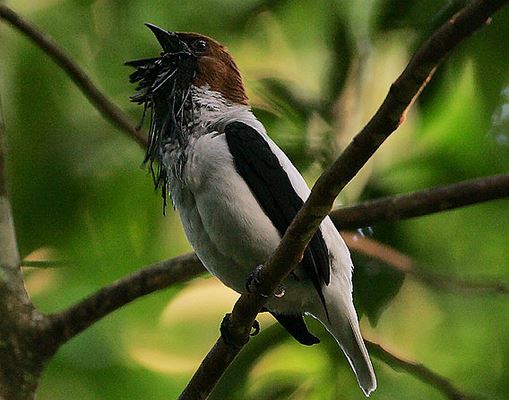
My photos
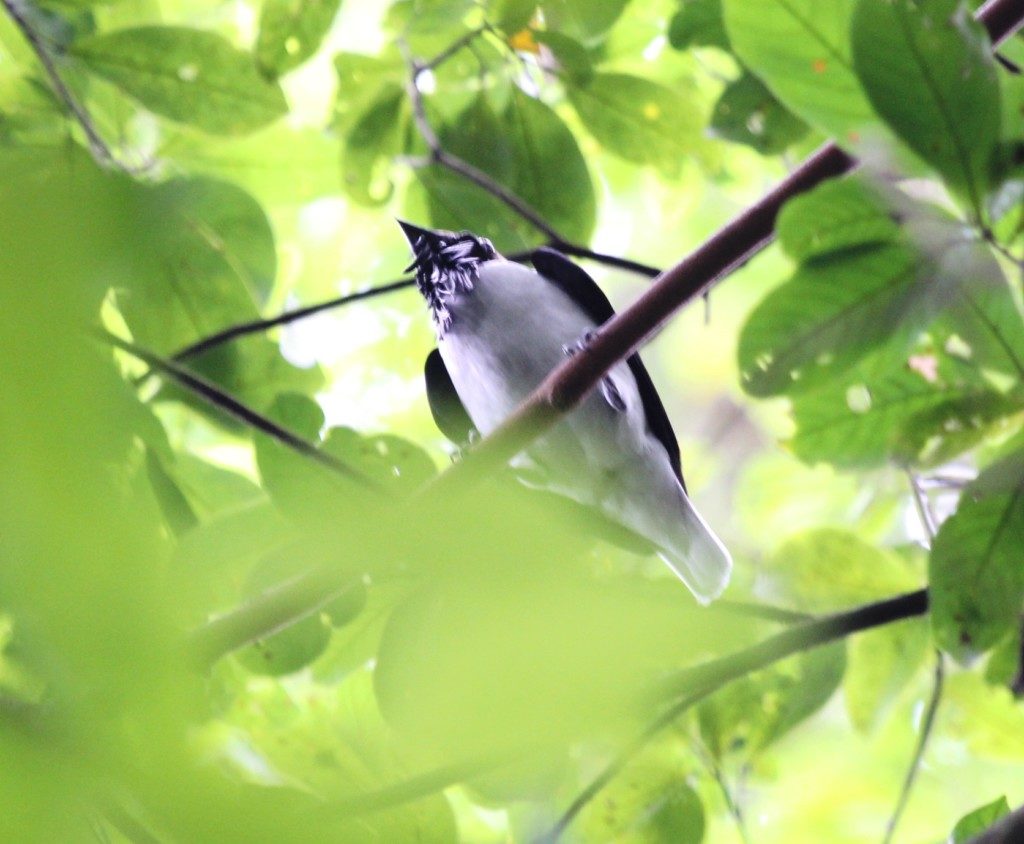
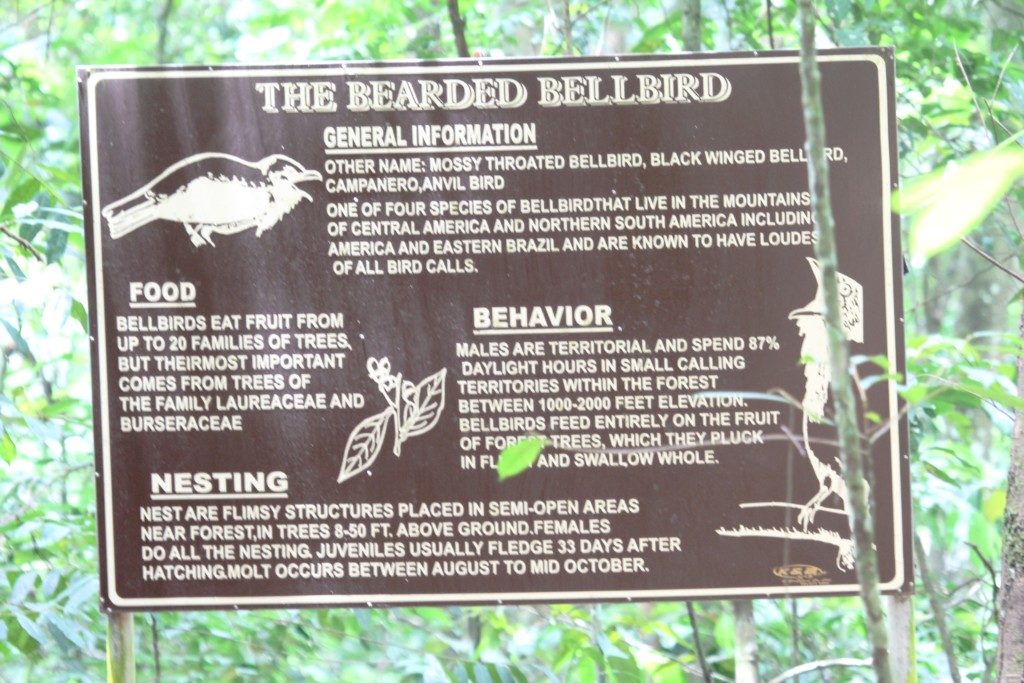
They have an oddly disjointed range from Trinidad south to Brazil. The guide at Asa Wright’s knows where to find them so it’s an easy sighting! Very cool little birds!

LEARN MORE ABOUT BEARDED BELLBIRDS
VIDEOS
Intense conversation between these guys.
It’s pretty easy to locate them by their calls, they love to make their presence known!
Golden-Headed Manakin (Ceratopipra erythrocephala)
The Golden-headed Manakin (Ceratopipra erythrocephala) is a small passerine bird which breeds in tropical Central and South America in both wet and dry forests, secondary growth and plantations.
While I did see one at Asa Wright’s, he was a bit camera shy!
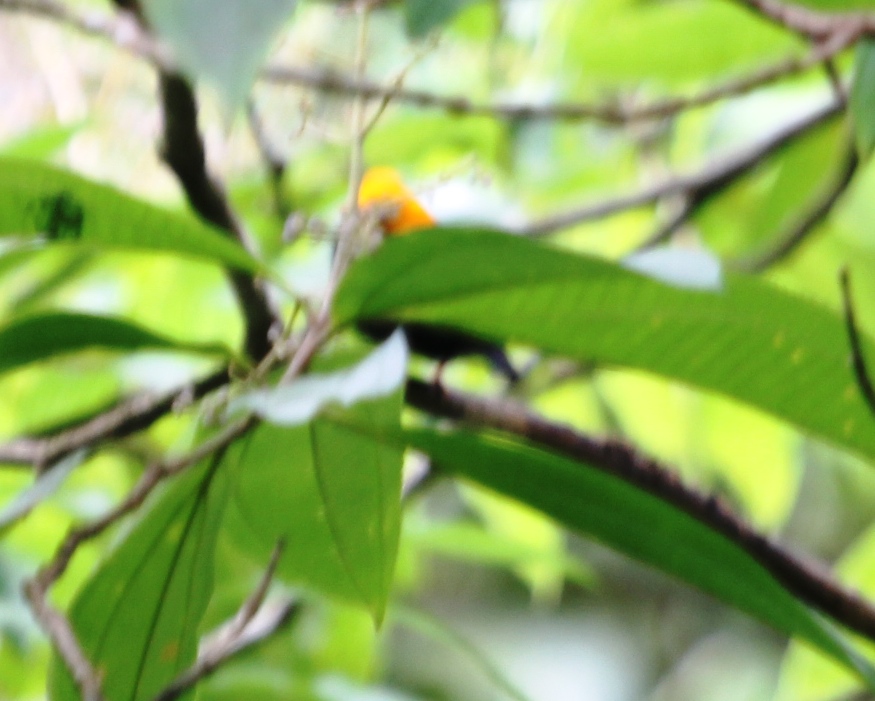
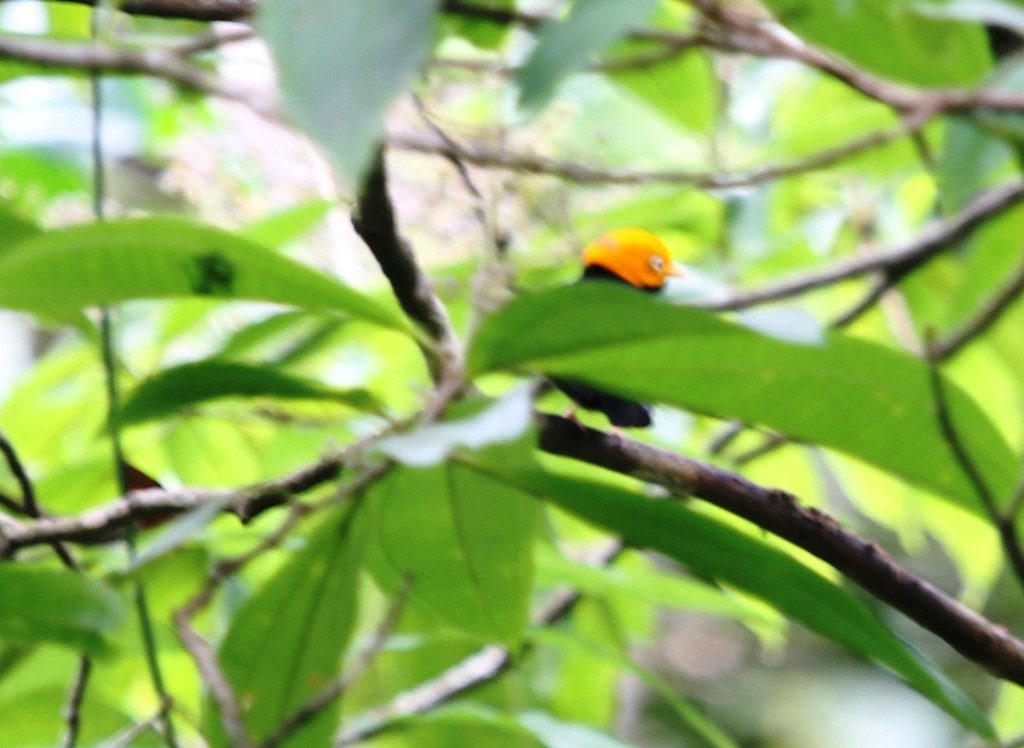
Here’s a full bird from Wikipedia.
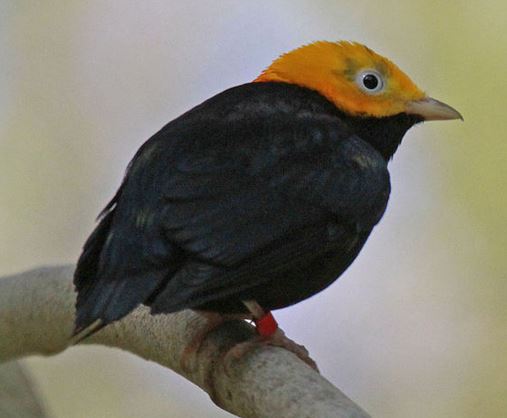
They have a large range from Panama, Colombia and Trinidad south and east to the Guianas and Brazil and northern Peru. It is not found south of the Amazon or the Ucayali Rivers. They are readily seen on the main trail at Asa Wright’s but best to go in the morning if you stay there to see them lekking.
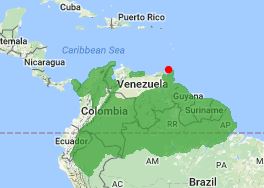
LEARN MORE ABOUT GOLDEN-HEADED MANAKINS
VIDEOS
While manakins are known to dance to attract a mate, I couldn’t find a dancing clip online. Here’s one of a lek.
And a few close-ups of the bird’s movements.
White-bearded Manakin (Manacus manacus)
The White-bearded Manakin (Manacus manacus) is a small passerine bird which breeds in tropical South America. This manakin is found in forests, secondary growth and plantations. It is a small, plump bird about 10.7 centimetres (4.2 in) long. At breeding time, males are involved in lekking behaviour on the forest floor during which they puff out their neck feathers.
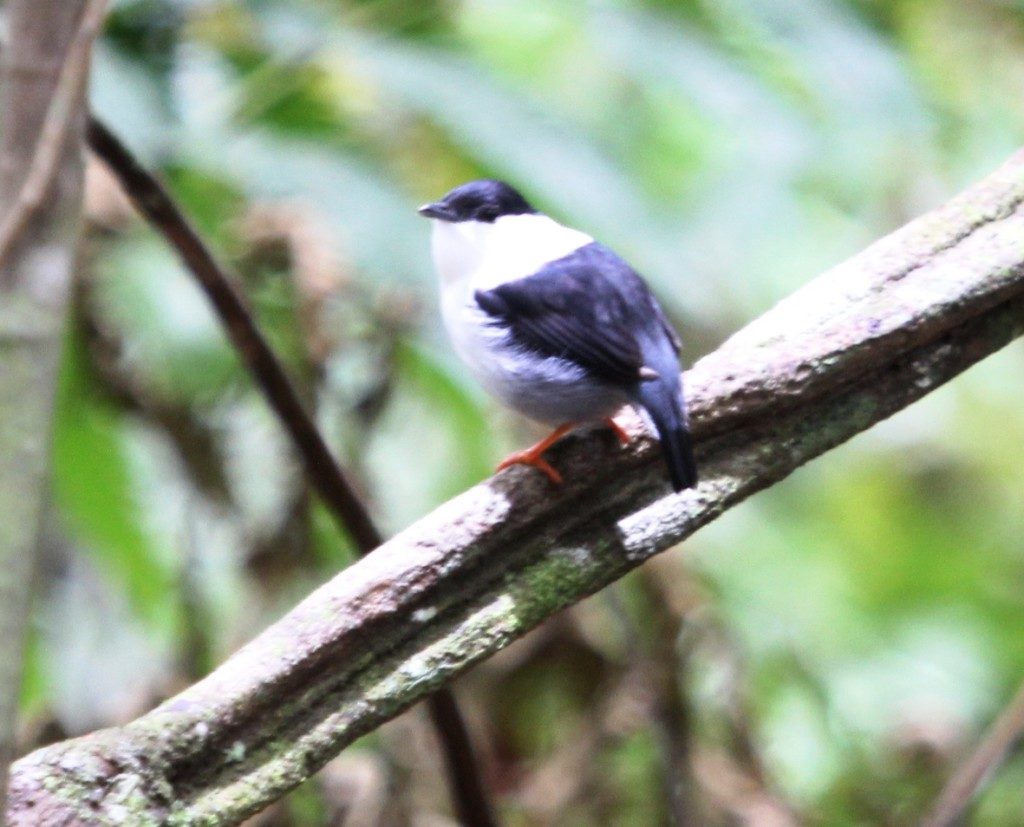
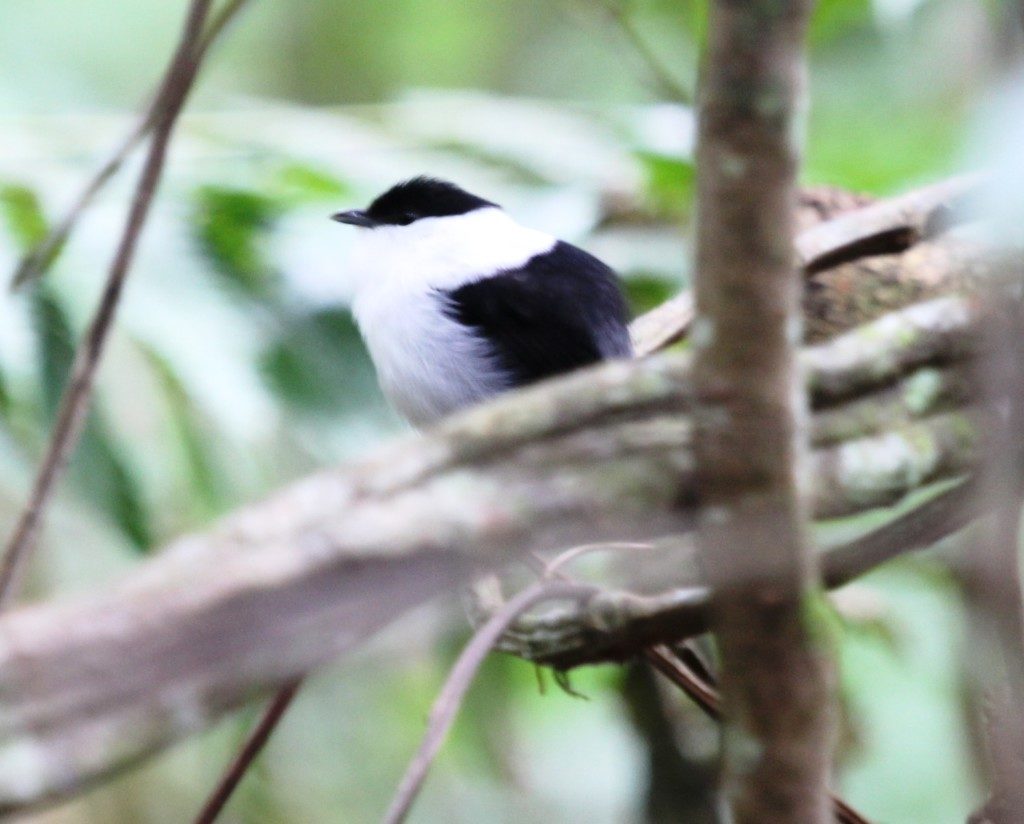
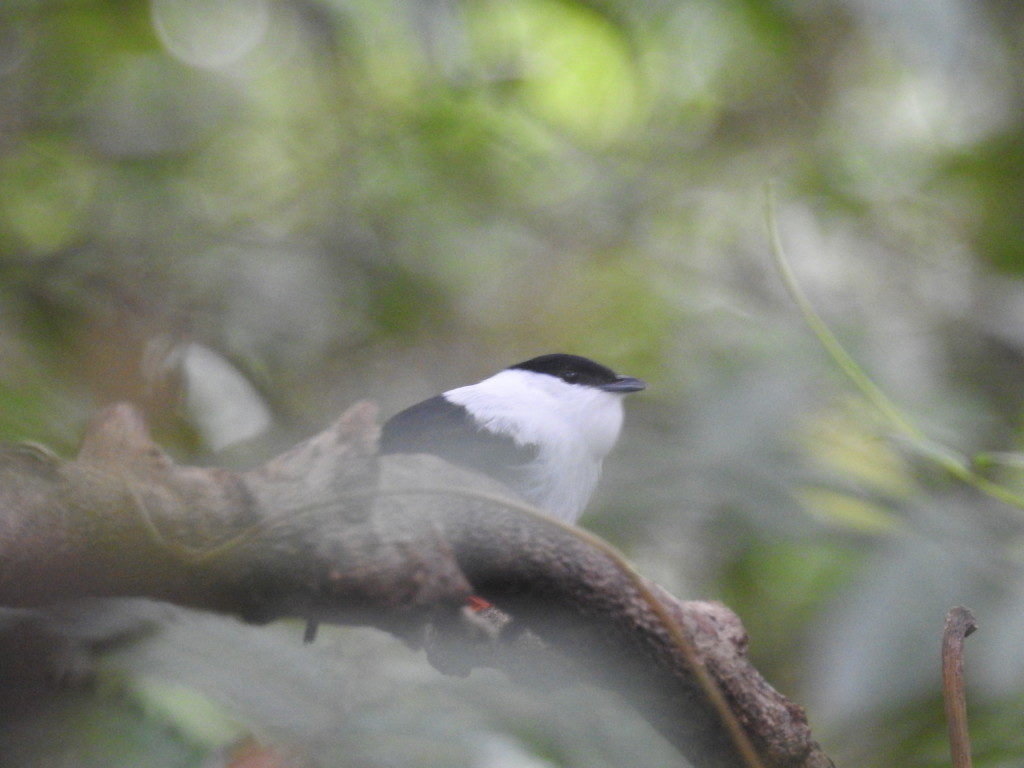
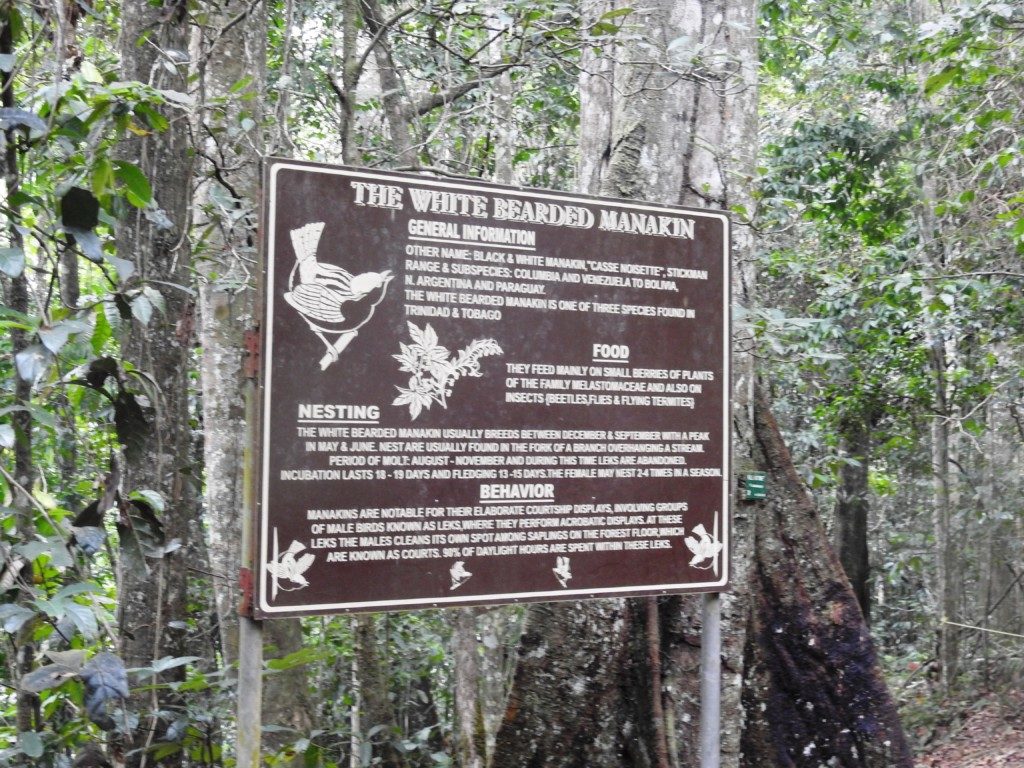
They have a large range from Colombia and Trinidad south and east to the Guianas and Brazil, Bolivia and Peru. They are readily seen on the main trail at Asa Wright’s but best to go in the morning if you stay there to see them lekking.
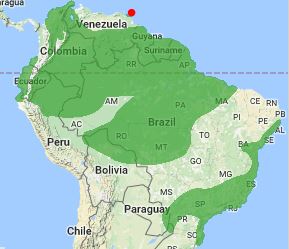
LEARN MORE ABOUT WHITE-BEARDED MANAKINS
VIDEOS
A very lucky birder found one male trying to court 3 females!
Some more filmed at Asa Wright’s.
Guided Walk For Visitors At Asa Wright Nature Centre
If you are a day visitor at Asa Wright Nature Centre, you will get a 90 minute nature walk included in your admission and this should not be missed! Our guide came to collect us and led us down the stairs out to the main trail. It was a small group, just me and two other ladies. My husband decided to rest on the verandah.
Tegu Lizard
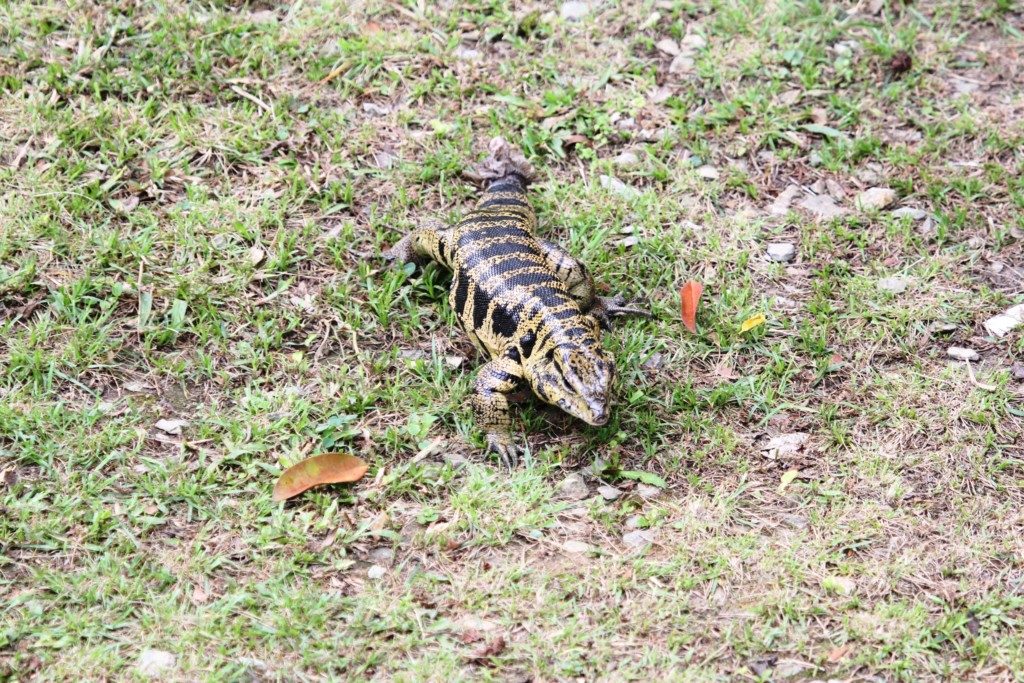
Agouti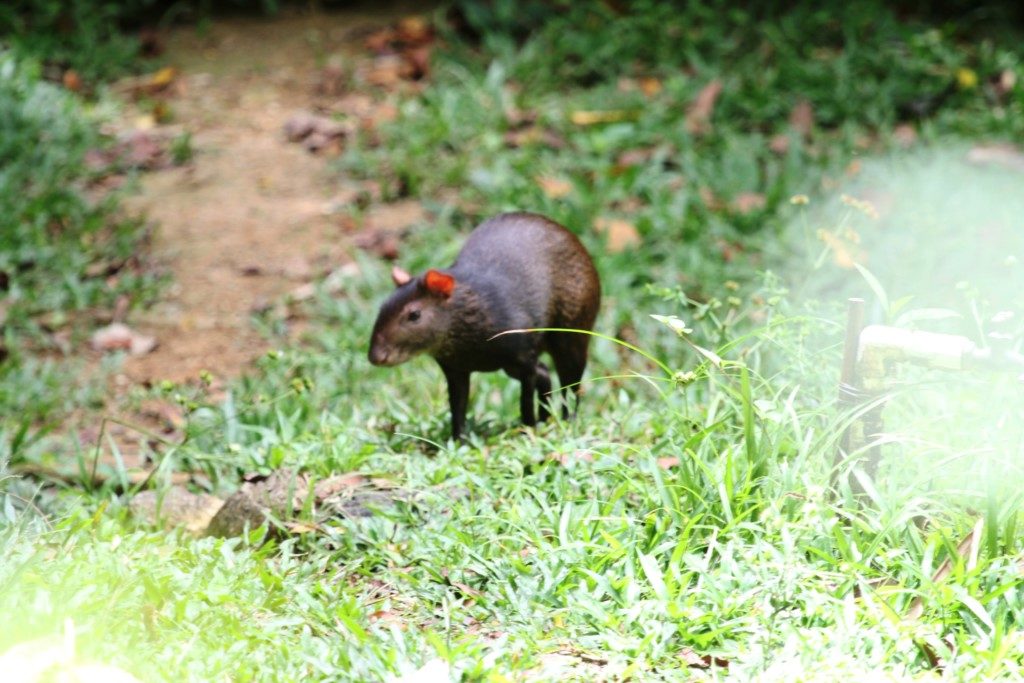
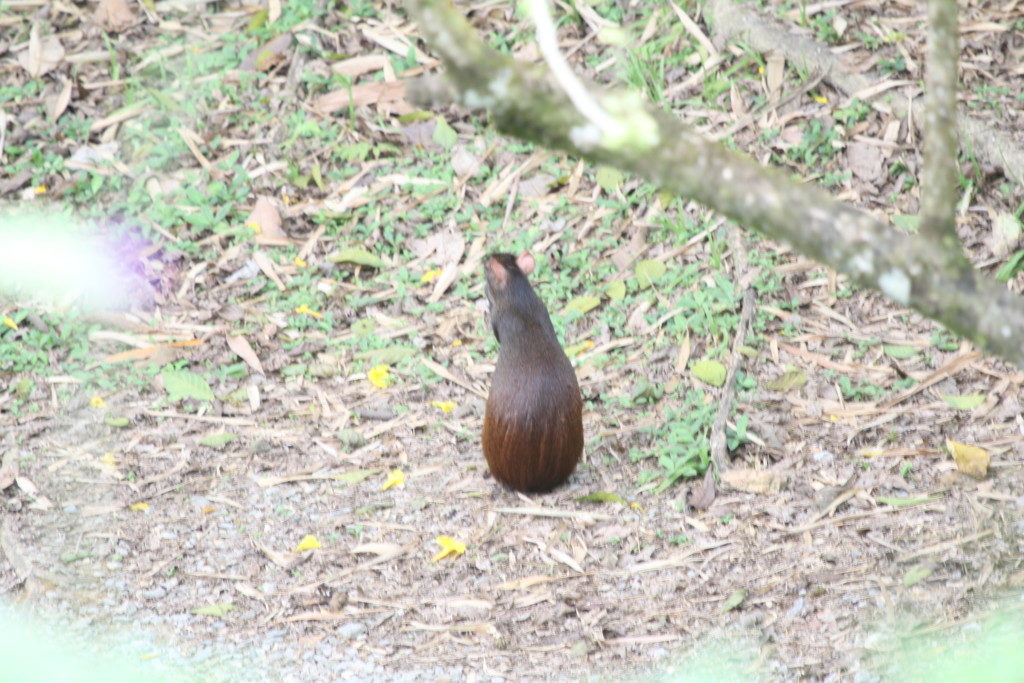
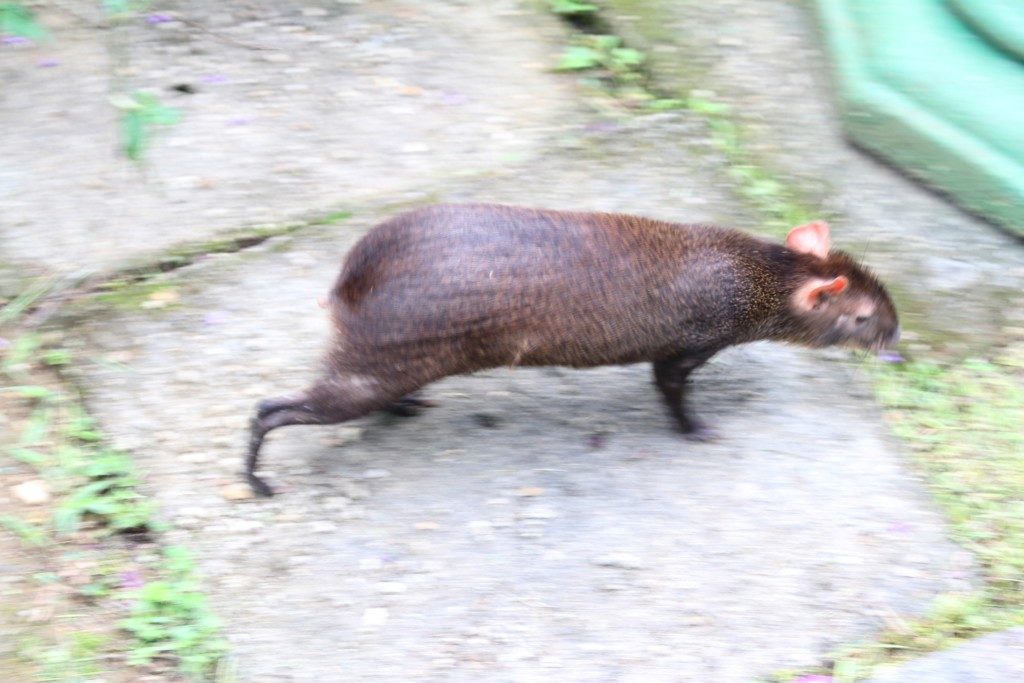
Proceeding down the trail, the guide pointed out some local plants.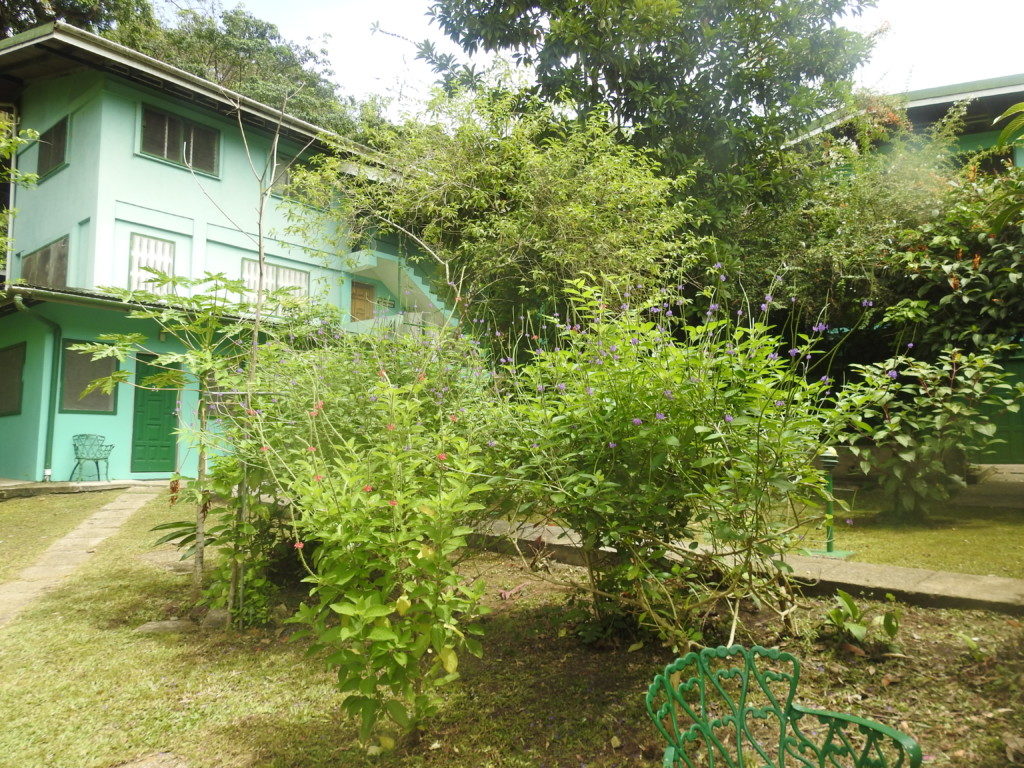
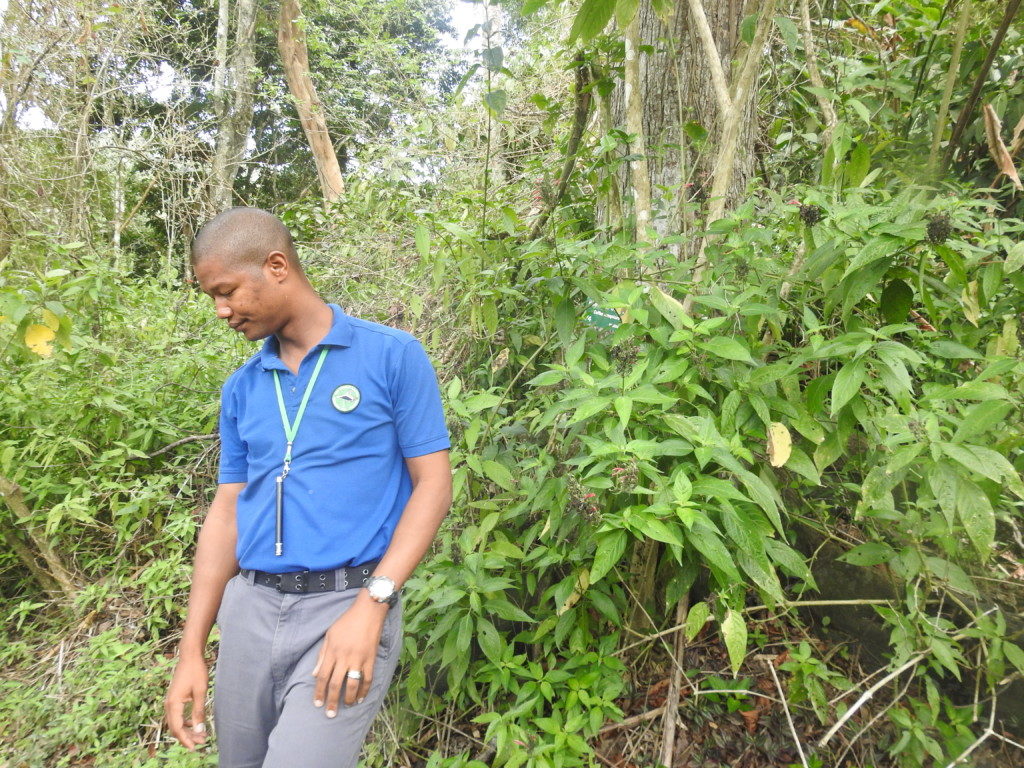
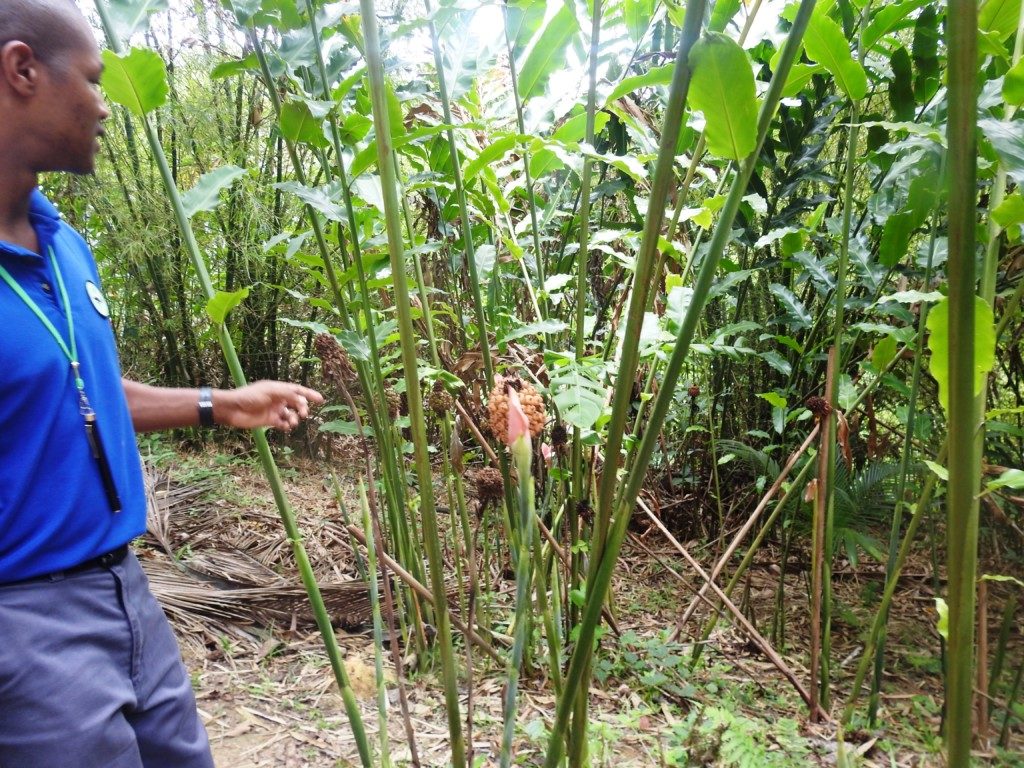
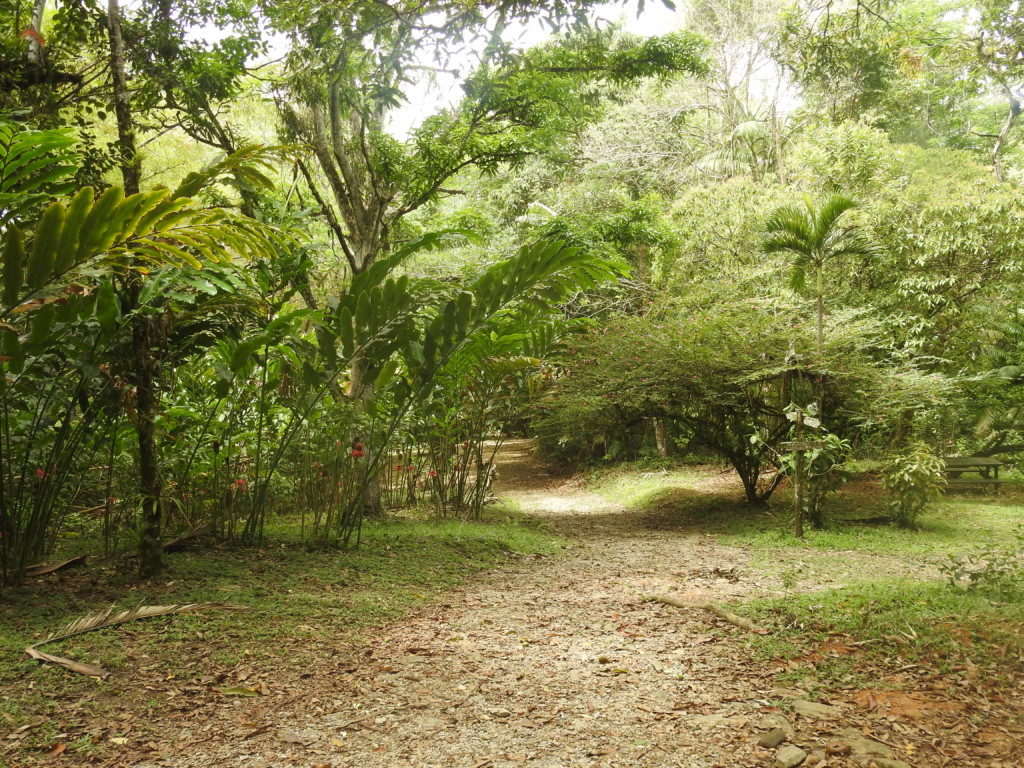

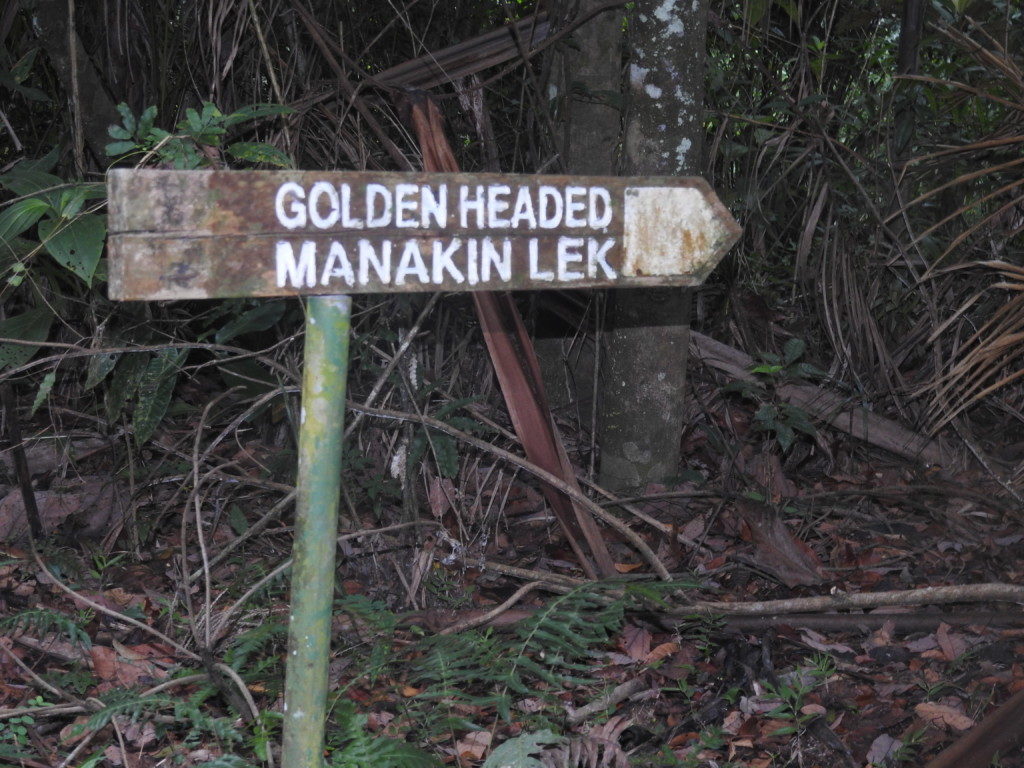
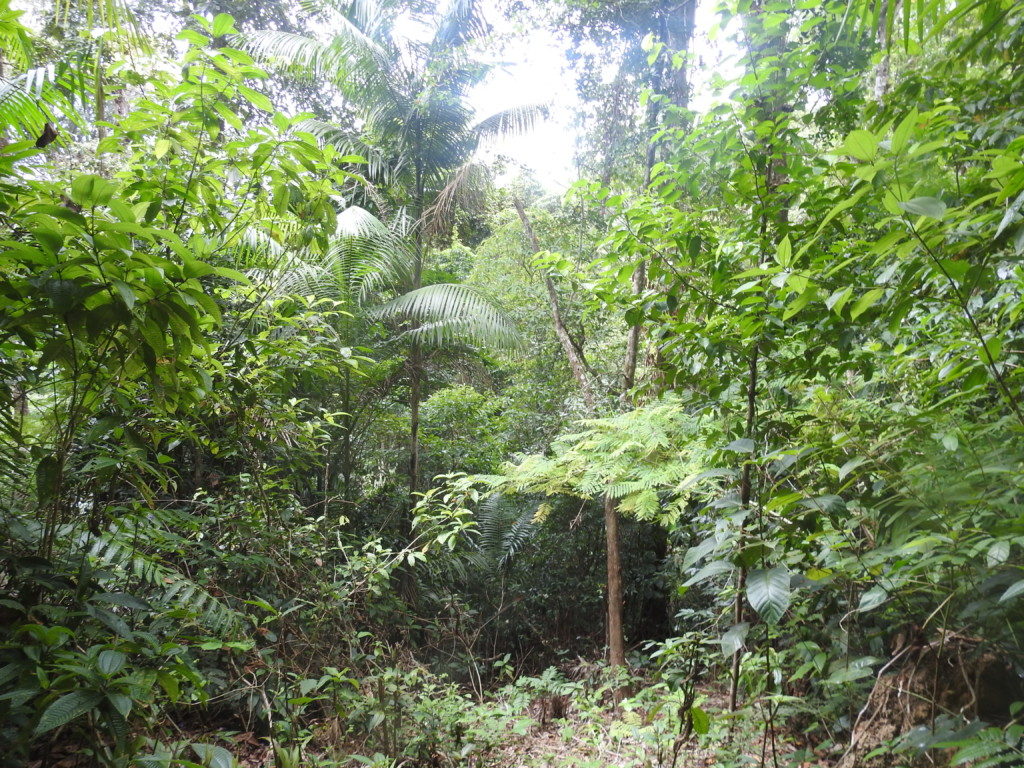
A very shy Golden-headed Manakin

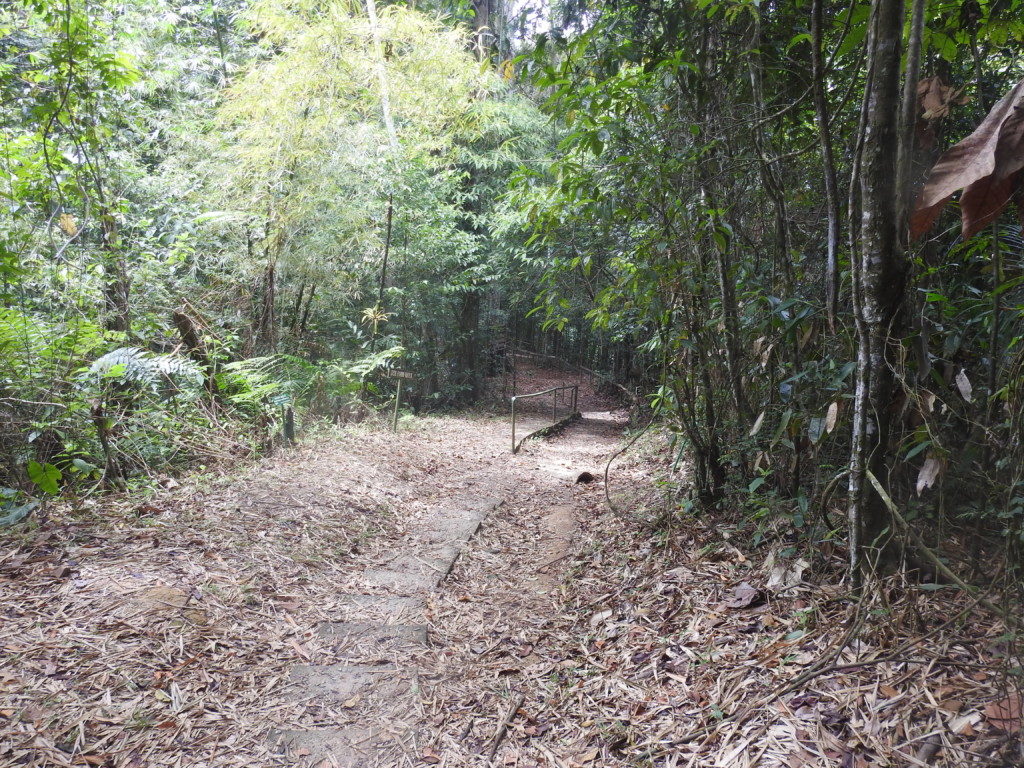

Plump little White-bearded Manakin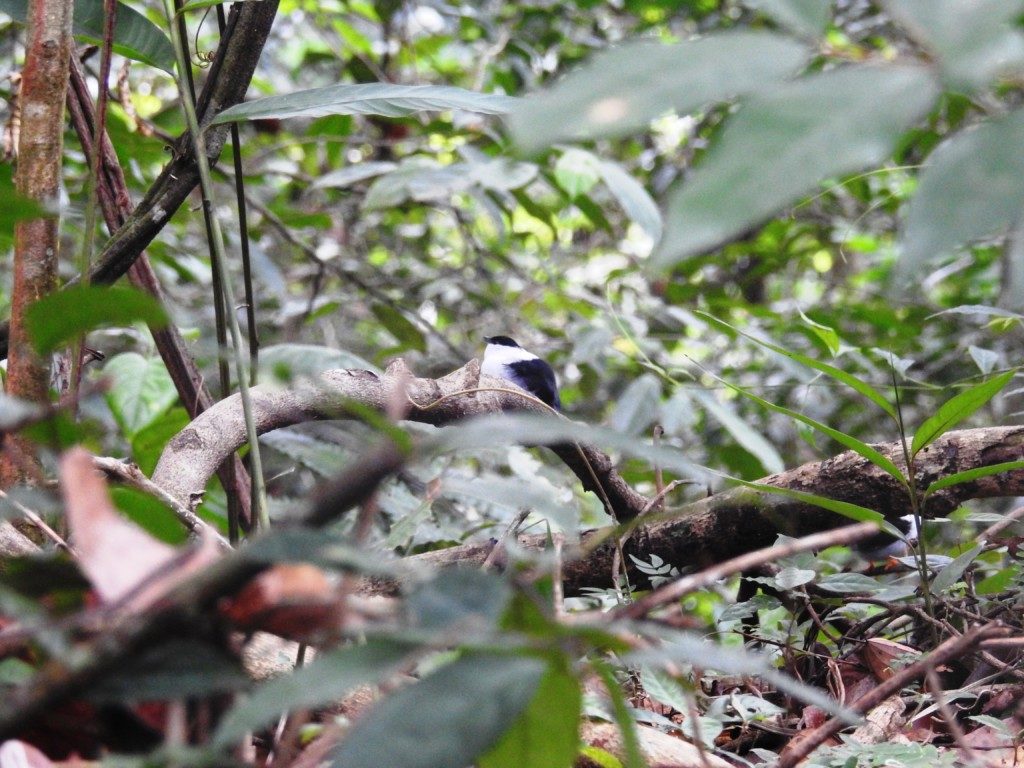

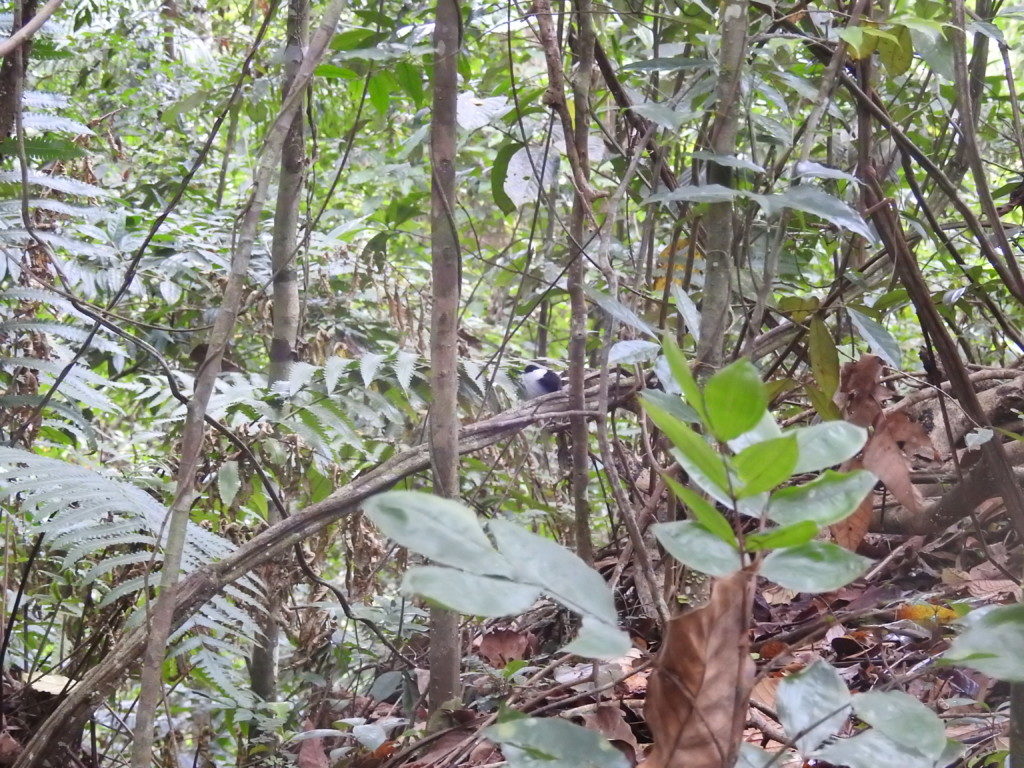
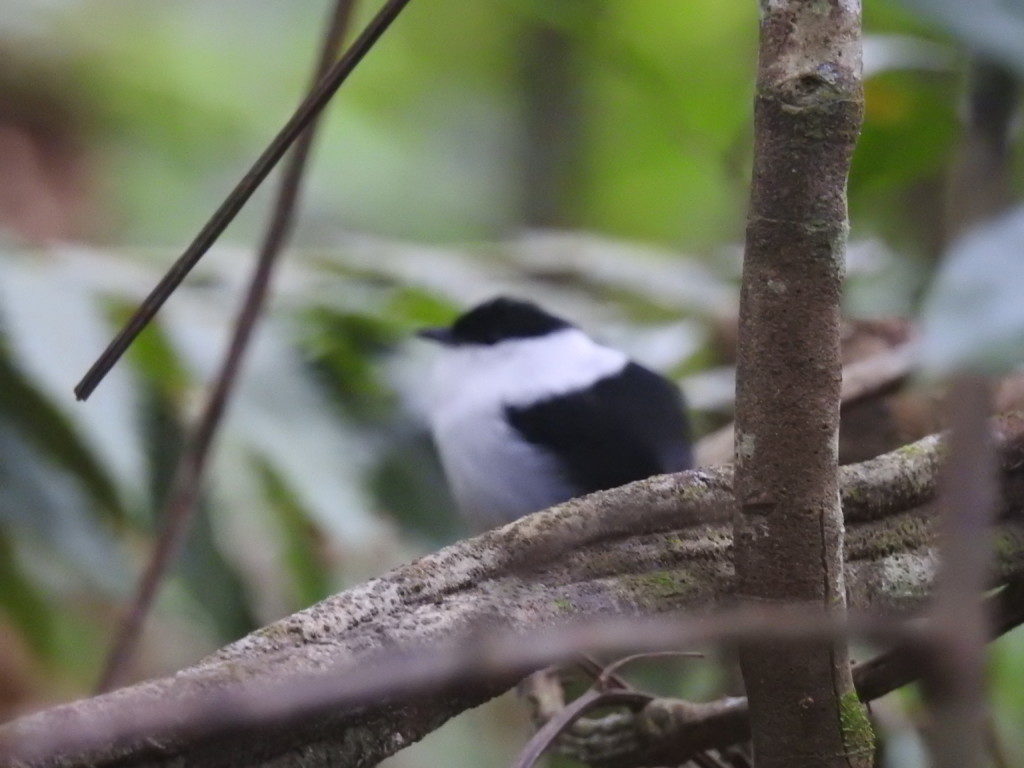

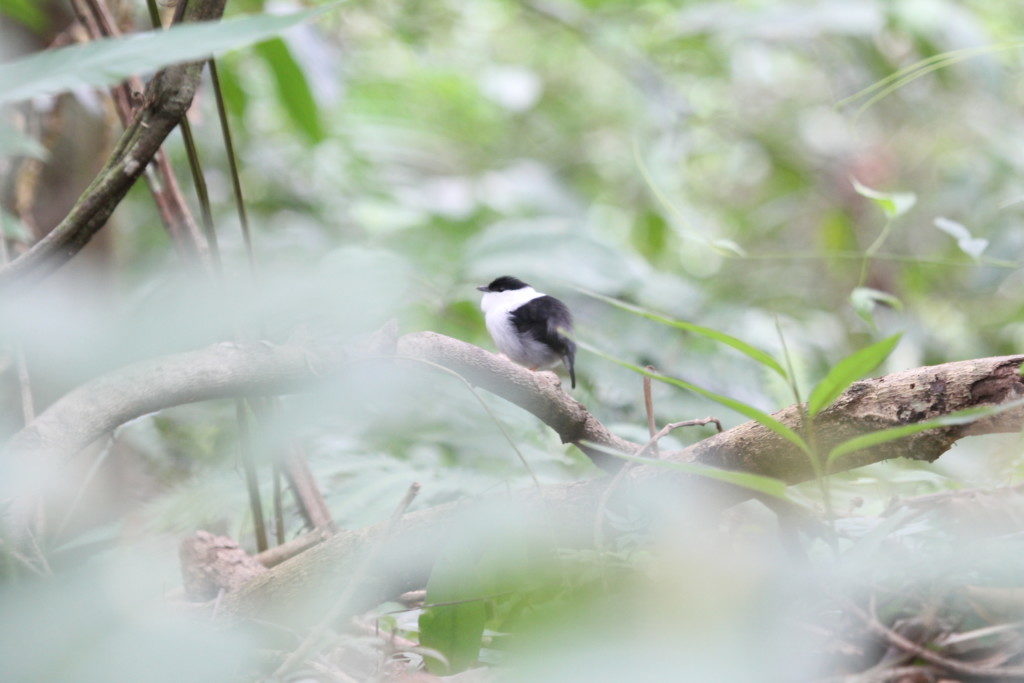



Beards are clearly in style at Asa Wright’s as this Beared Bellbird shows off!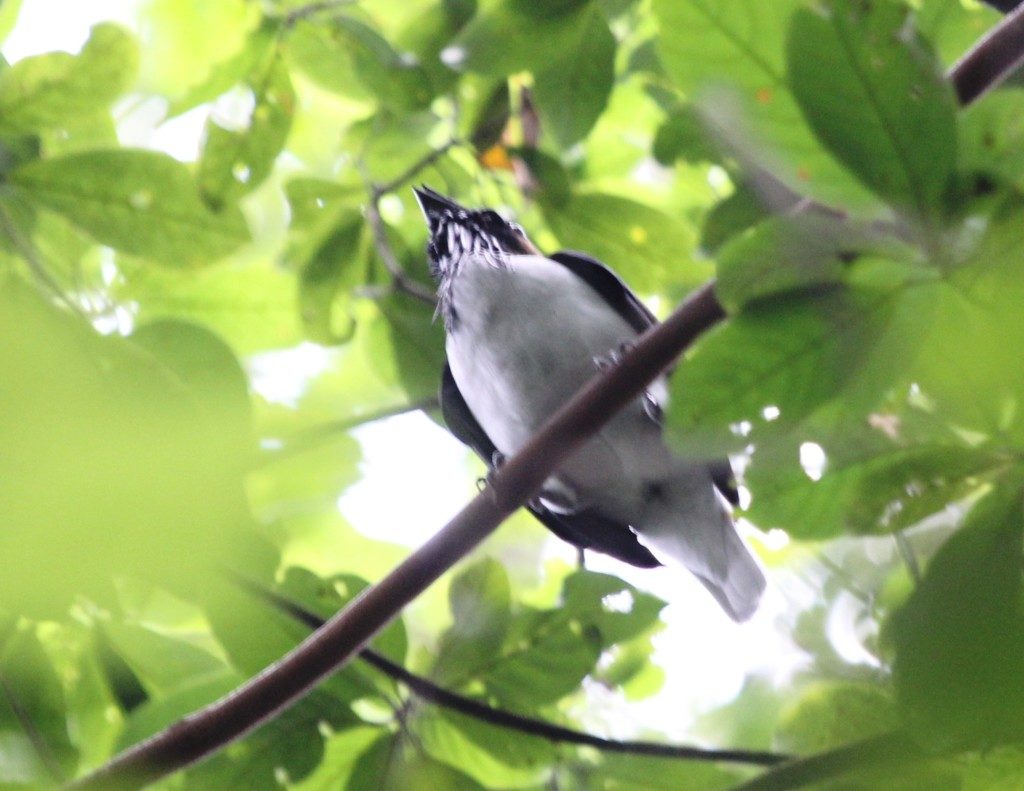
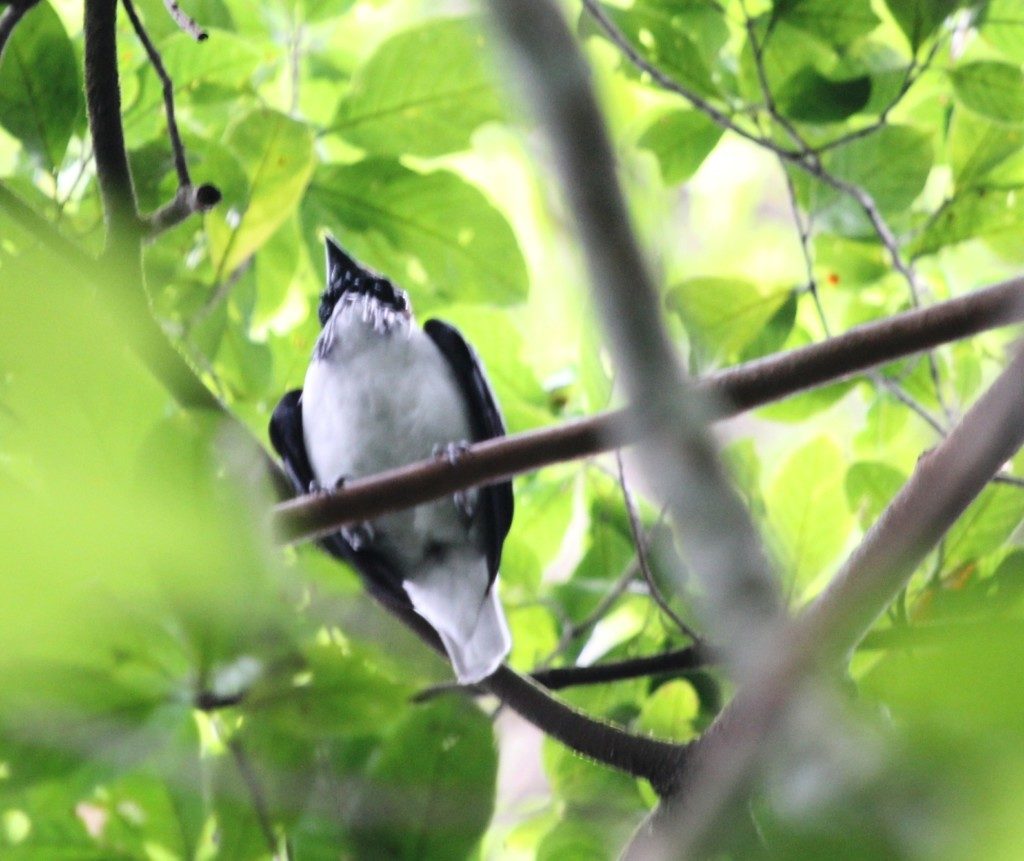

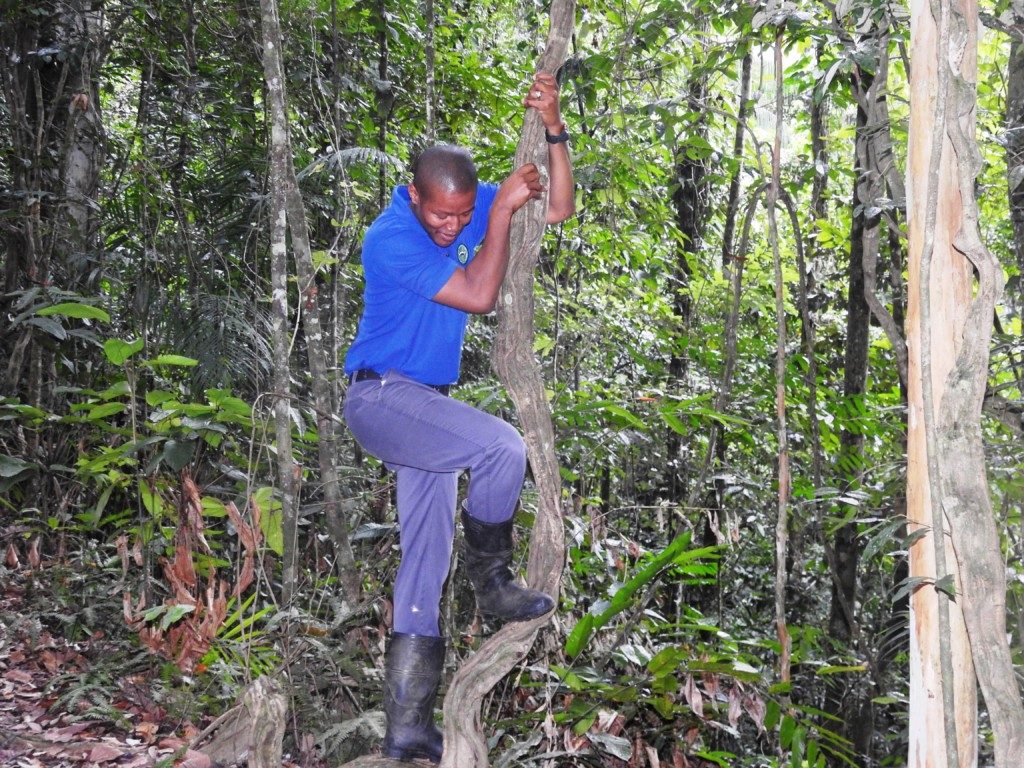
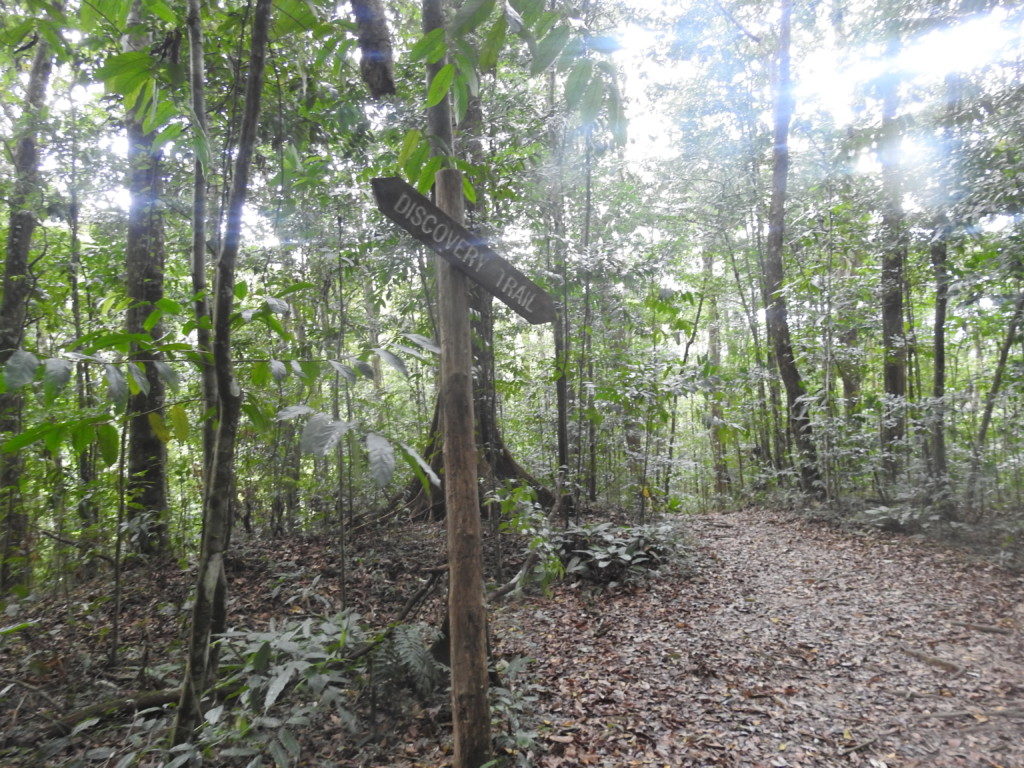
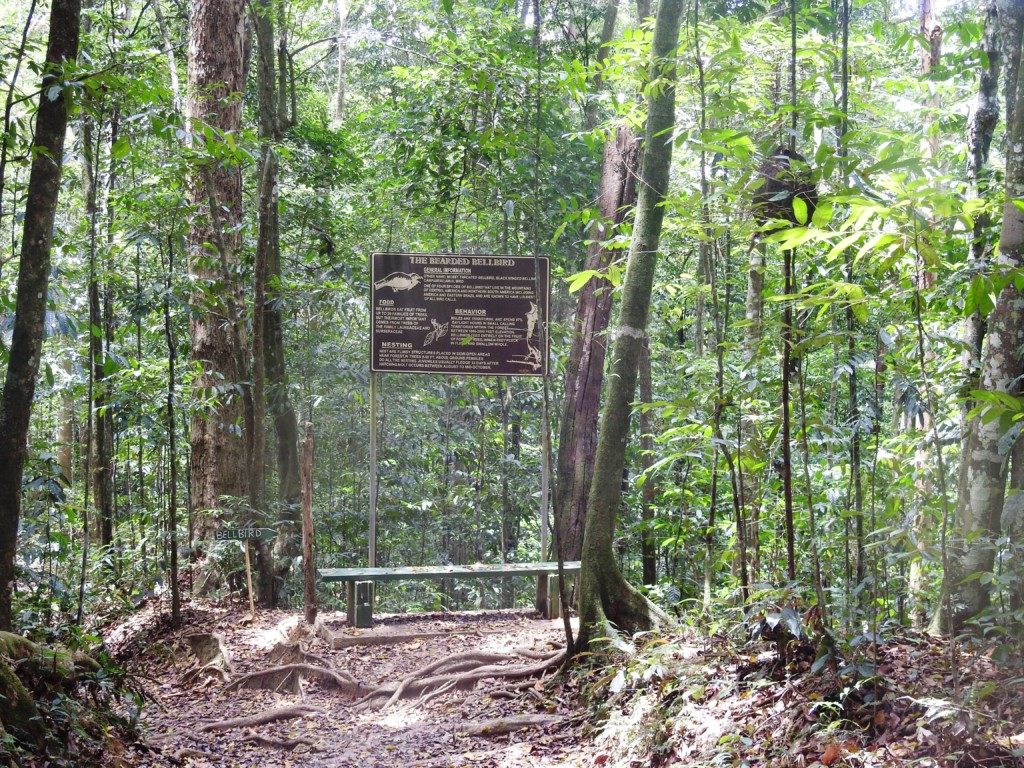
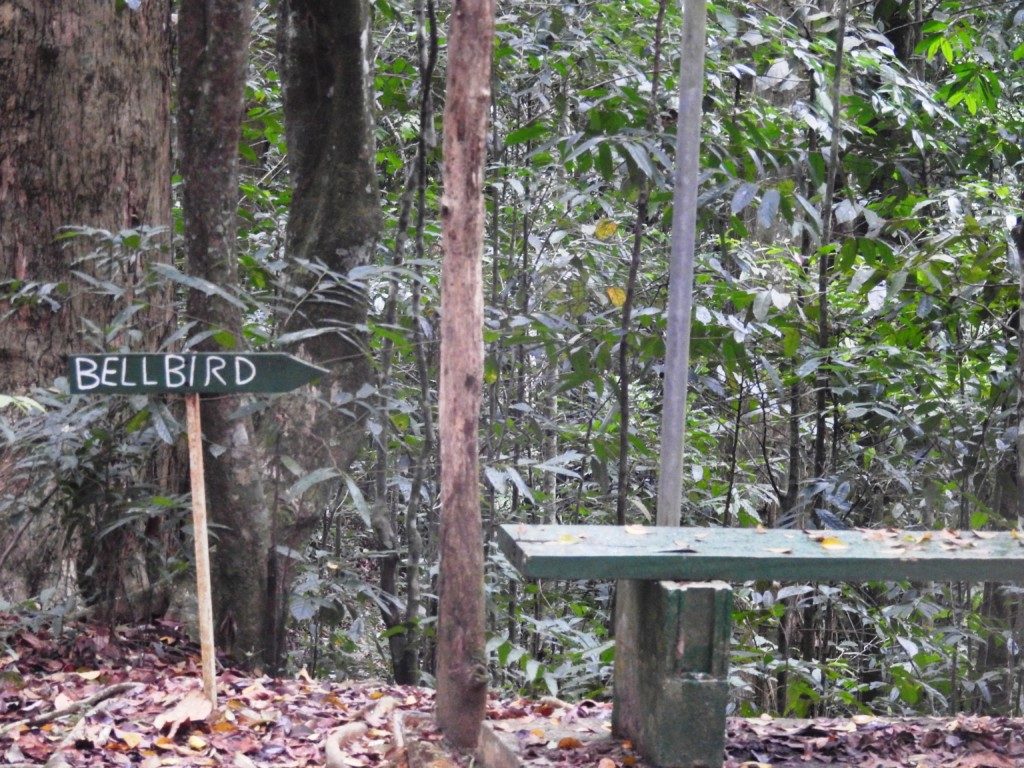
Going back, there is a slight incline but manageable.
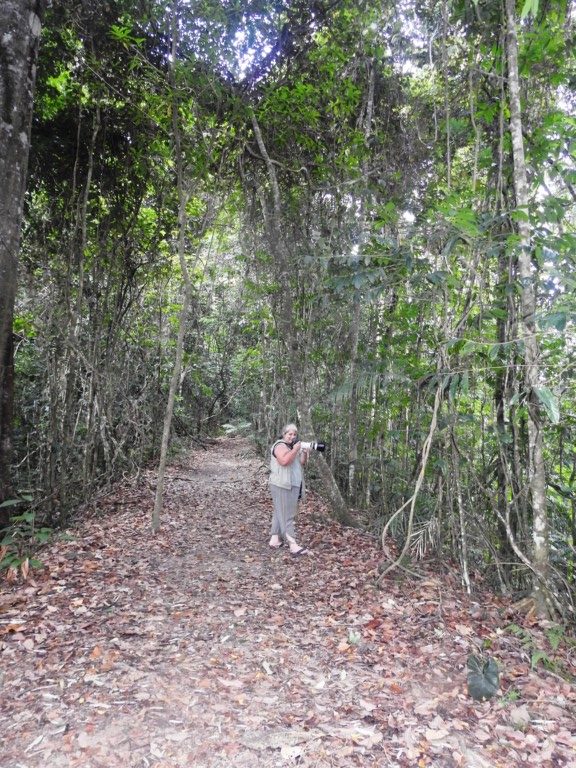
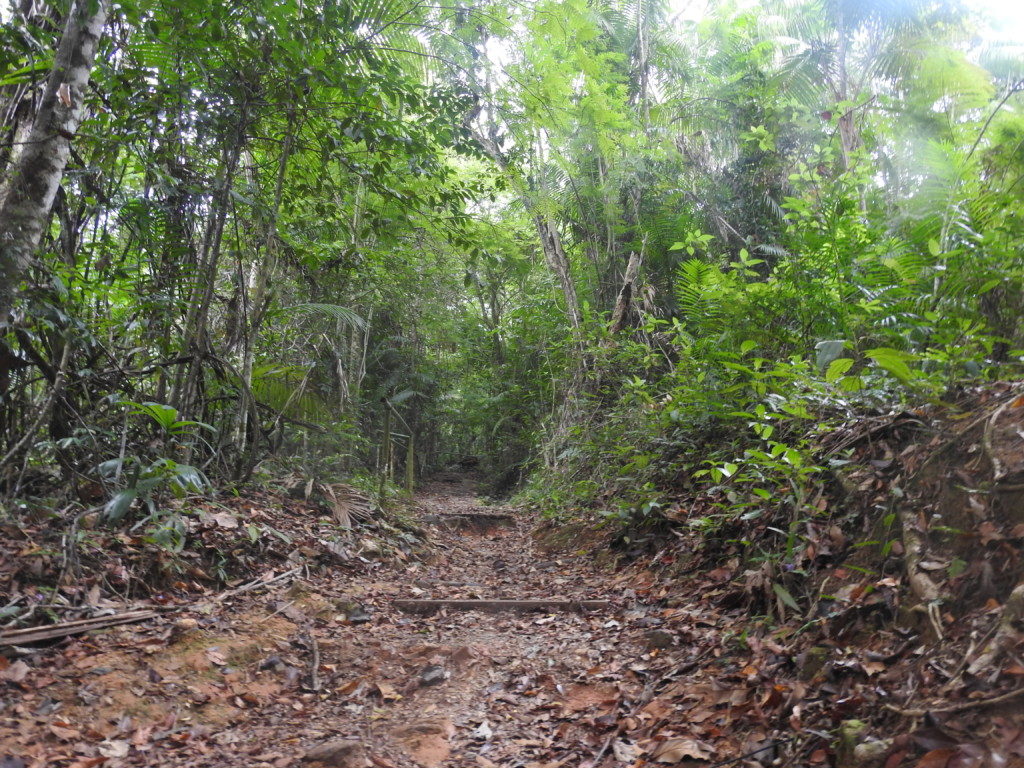
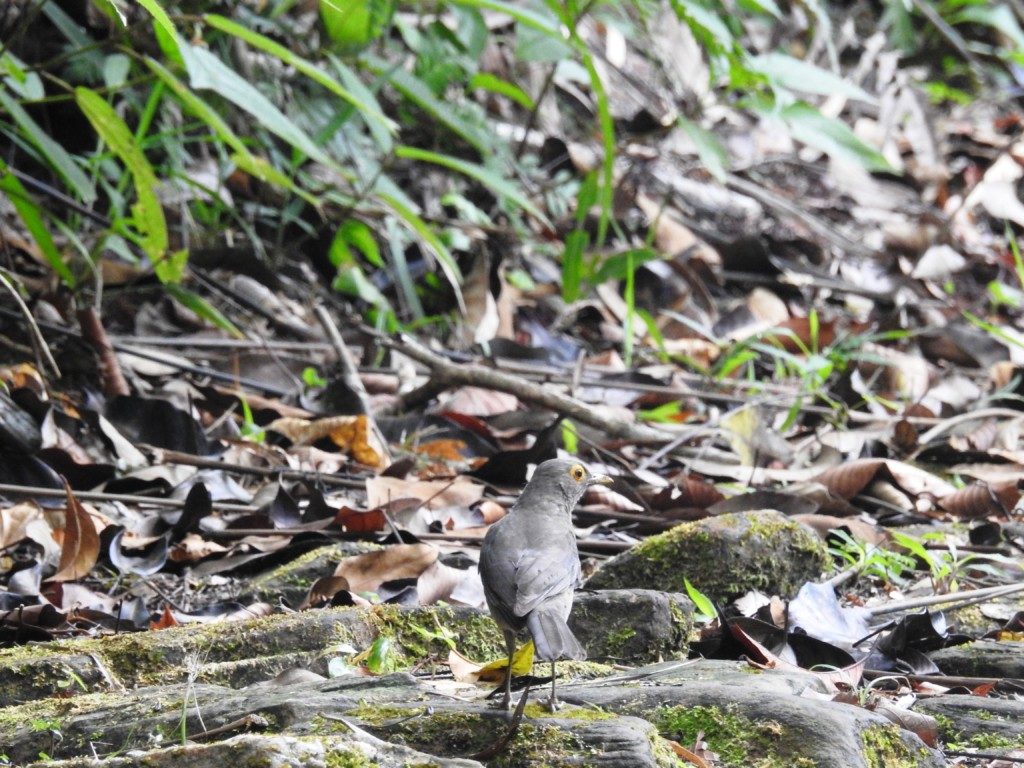
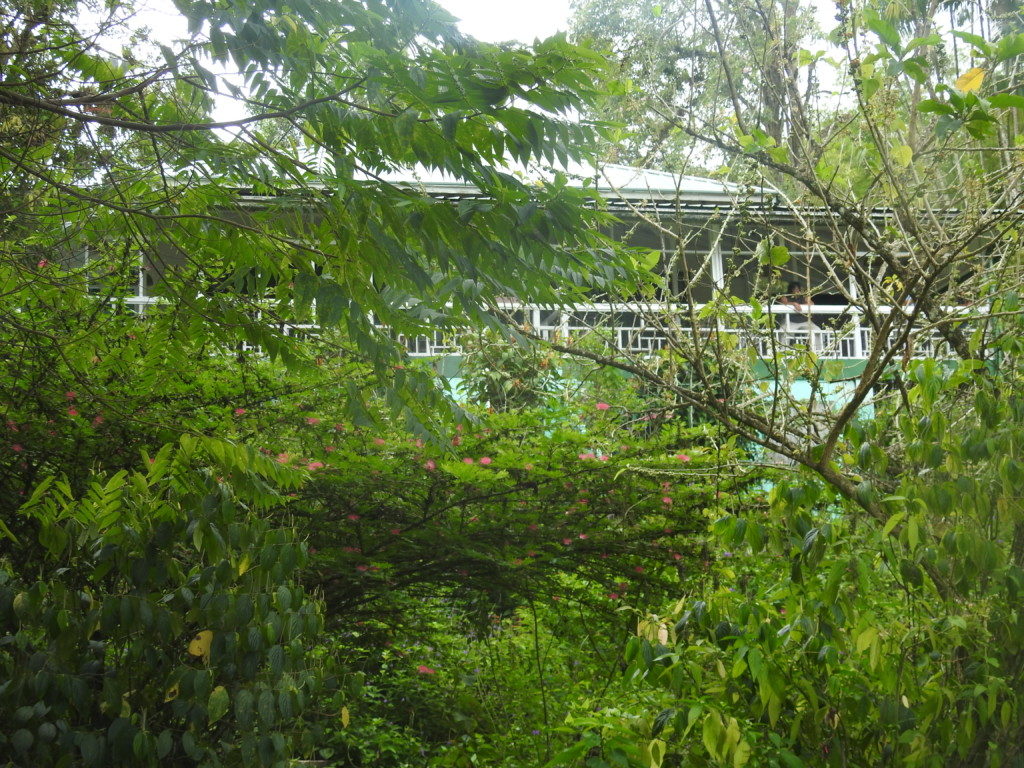
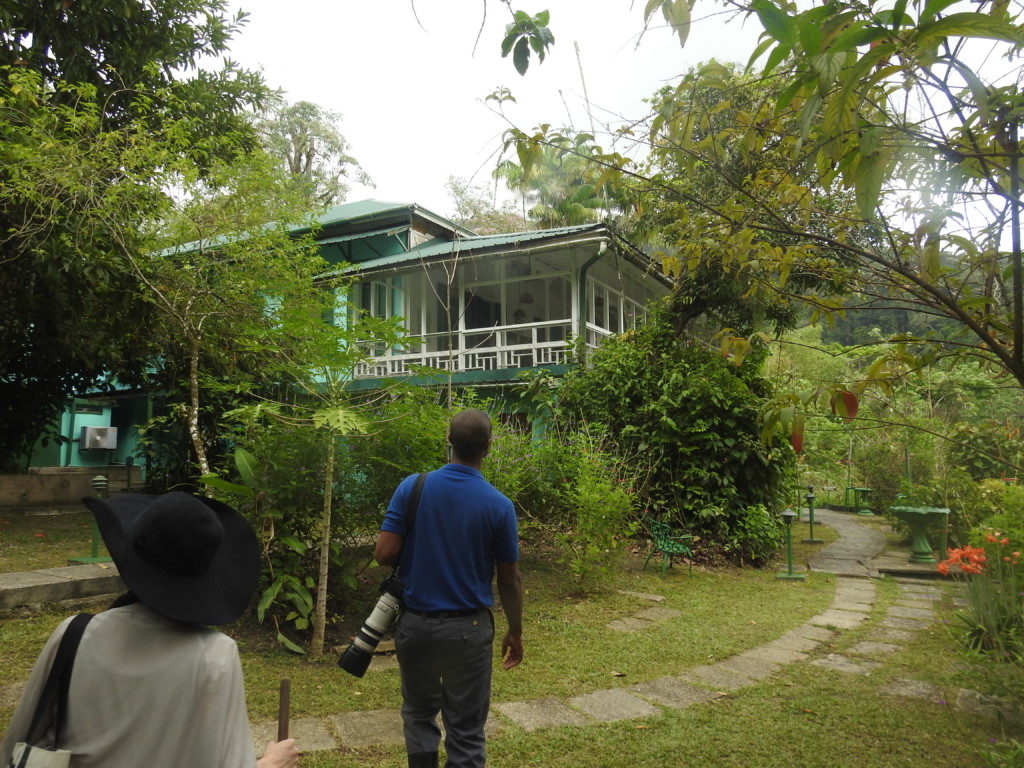
Wake up! How can my husband doze off with all those hummingbirds around?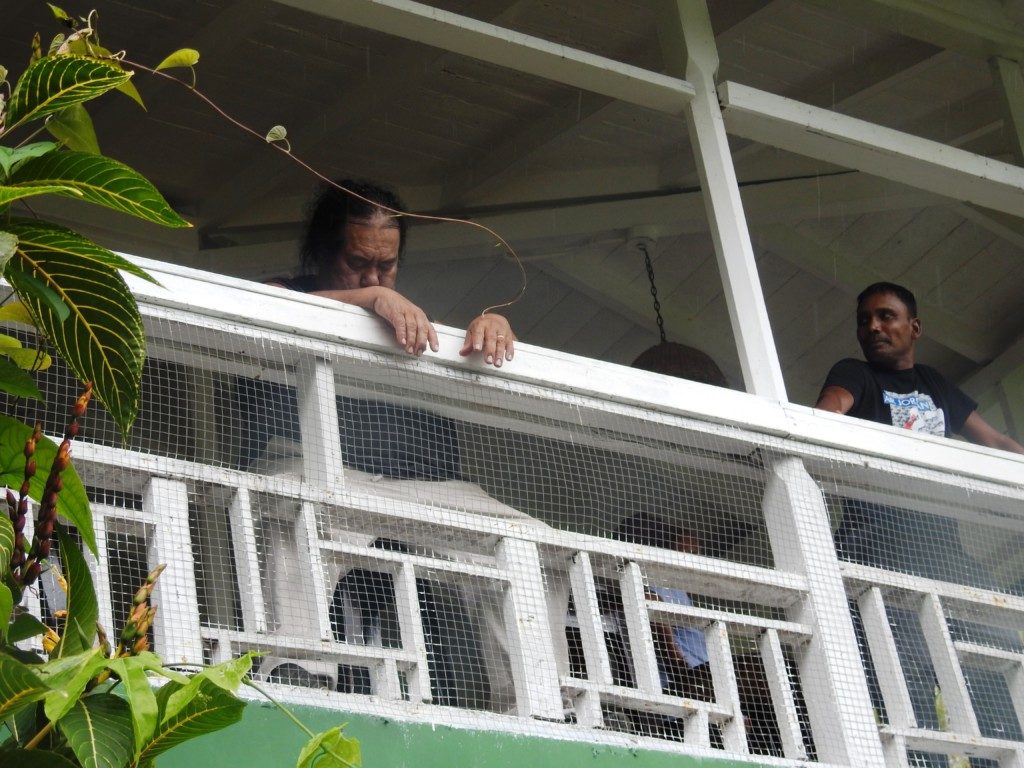
Lodge Review: Asa Wright Nature Centre, Trinidad
To be specific, I am reviewing the public areas accessible on a day visit but just want readers to be aware they have accommodation as well. Asa Wright Nature Centre is a gorgeous eco-lodge situated in a beautiful rainforest habitat and is one of the highlights of birding in the Caribbean. There are two ways of visiting AWNC, as an overnight guest or as a day visitor. While I would have much preferred to stay overnight and wake with the birds, I wasn’t in a financial position to overlook the benefits of using Club Carlson points for a free stay at the Radisson. Any other time, we would have stayed at AWNC, booking instructions are here.
The next best thing is making a day visit. They allow day visitors during the hours of 9am – 5pm. Guided walks with their professional naturalist guides are conducted daily at 10:30am and 1:30pm. The walk lasts about 1.5 hours. I’ll post about that separately as there are way too many photos. For now, lets see the public areas of the lodge.
It takes about an hour to drive from the airport or as we did from the Aripo Livestock Station.
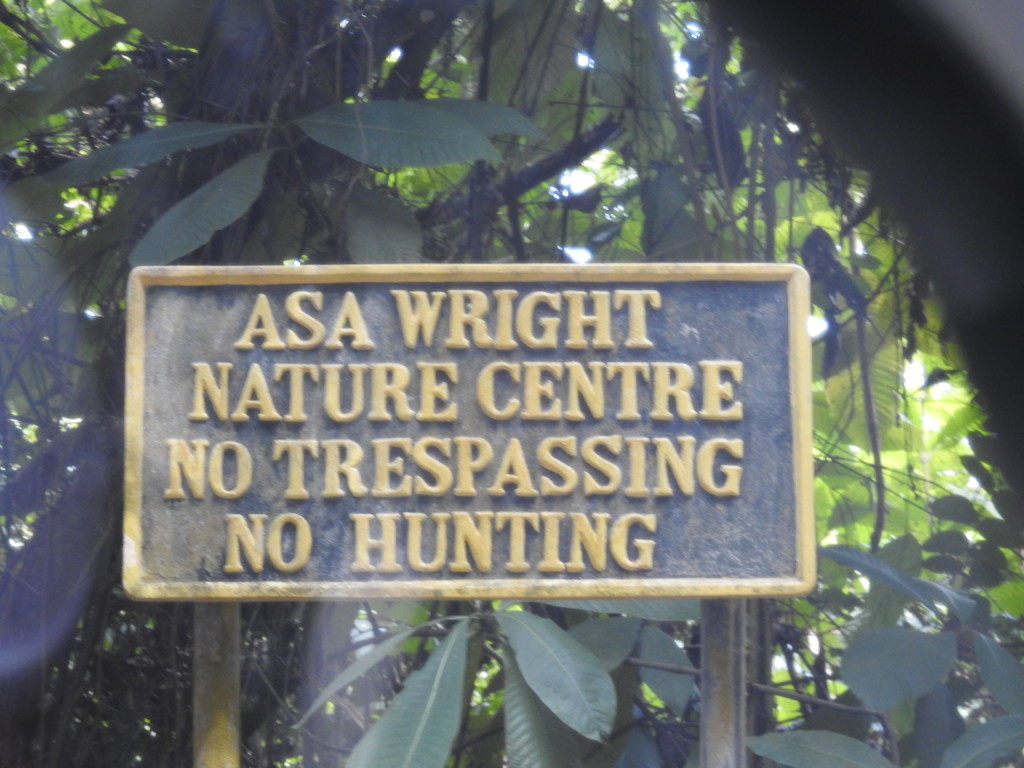
Driving onto the property, we passed several hiking trails and some beautiful scenery. Cabins are scattered around the property.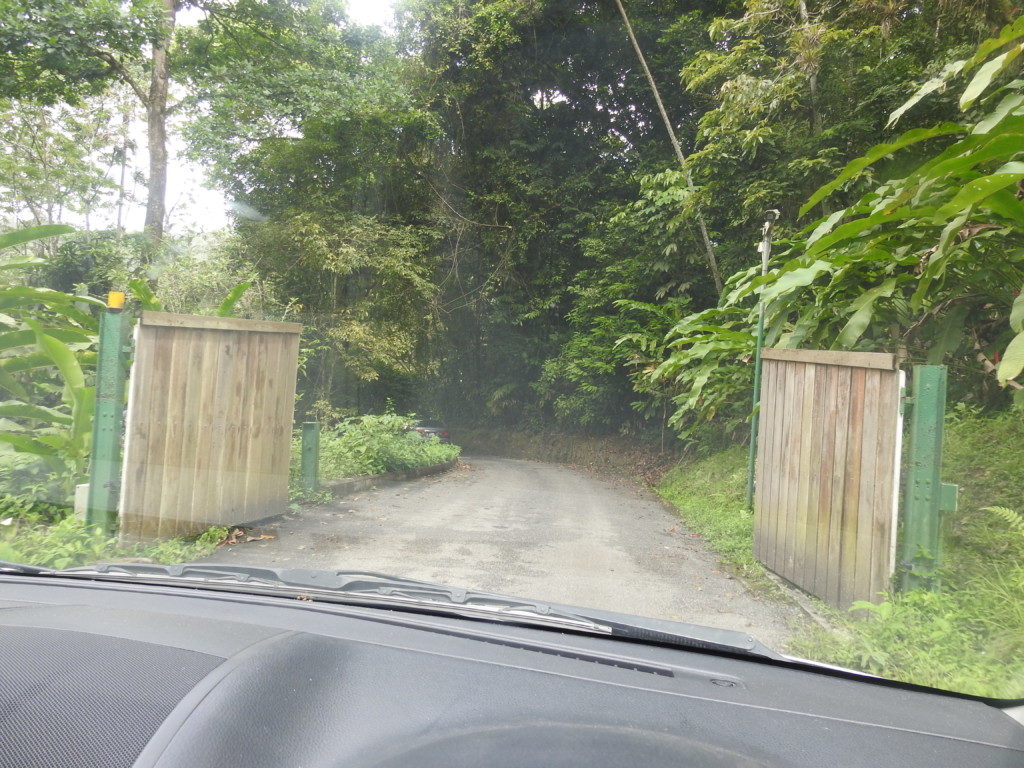
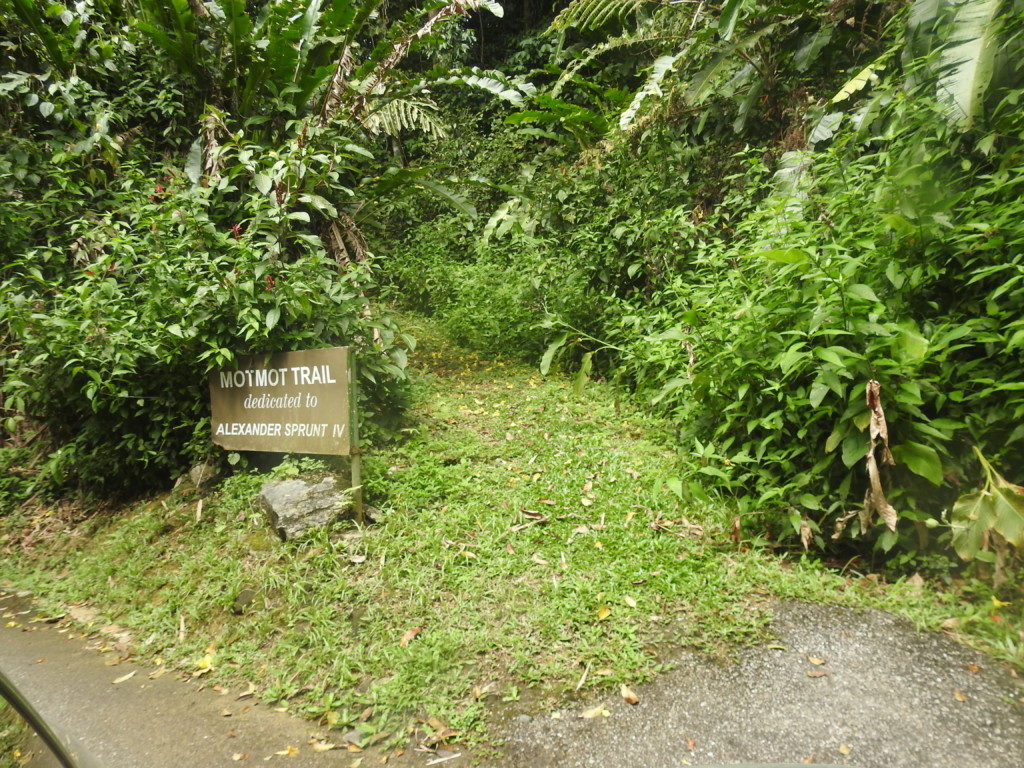
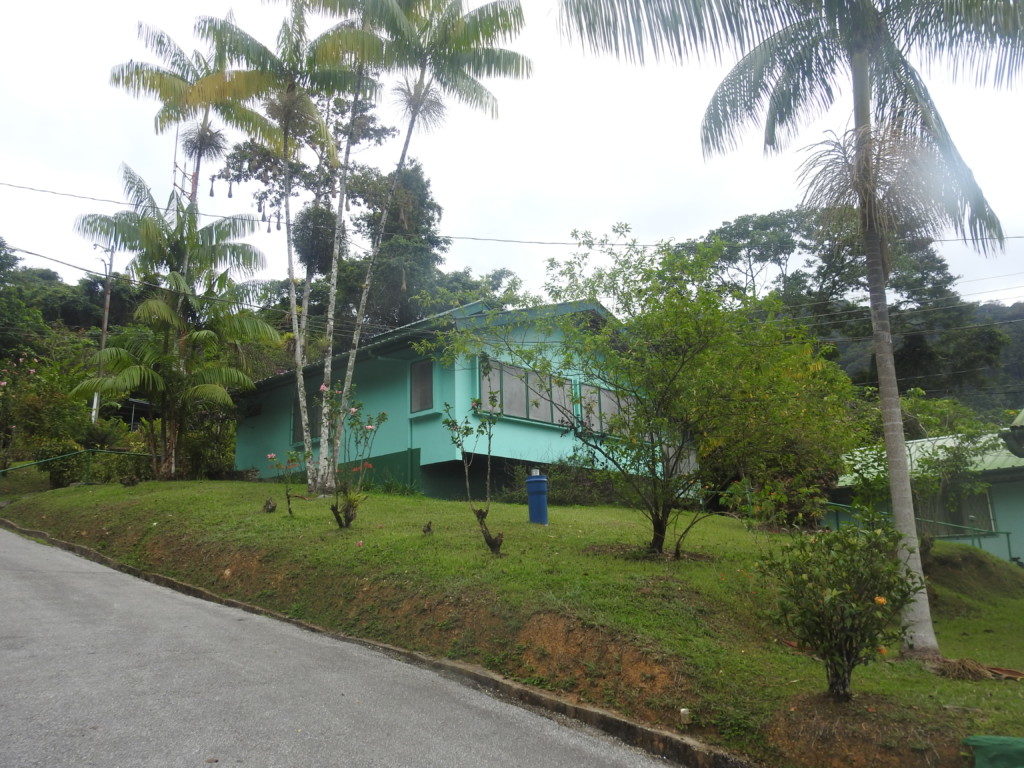
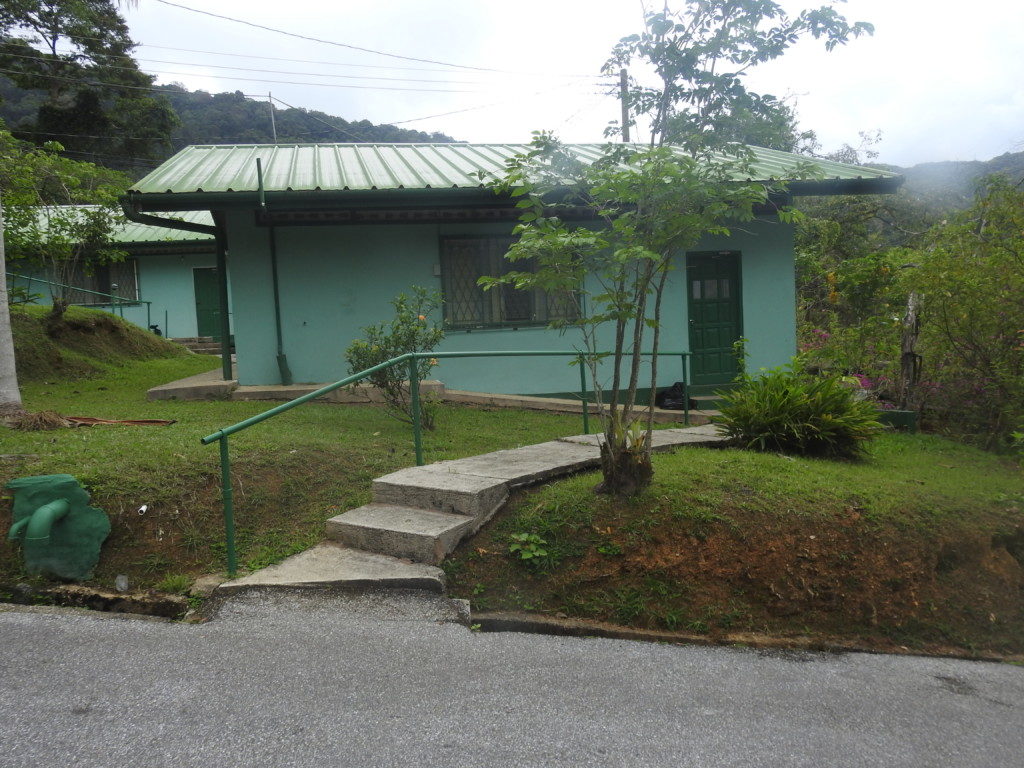
There is a car park for day visitors and then you check into the reception, pay the fee, then proceed to the fabulous Asa Wright verandah.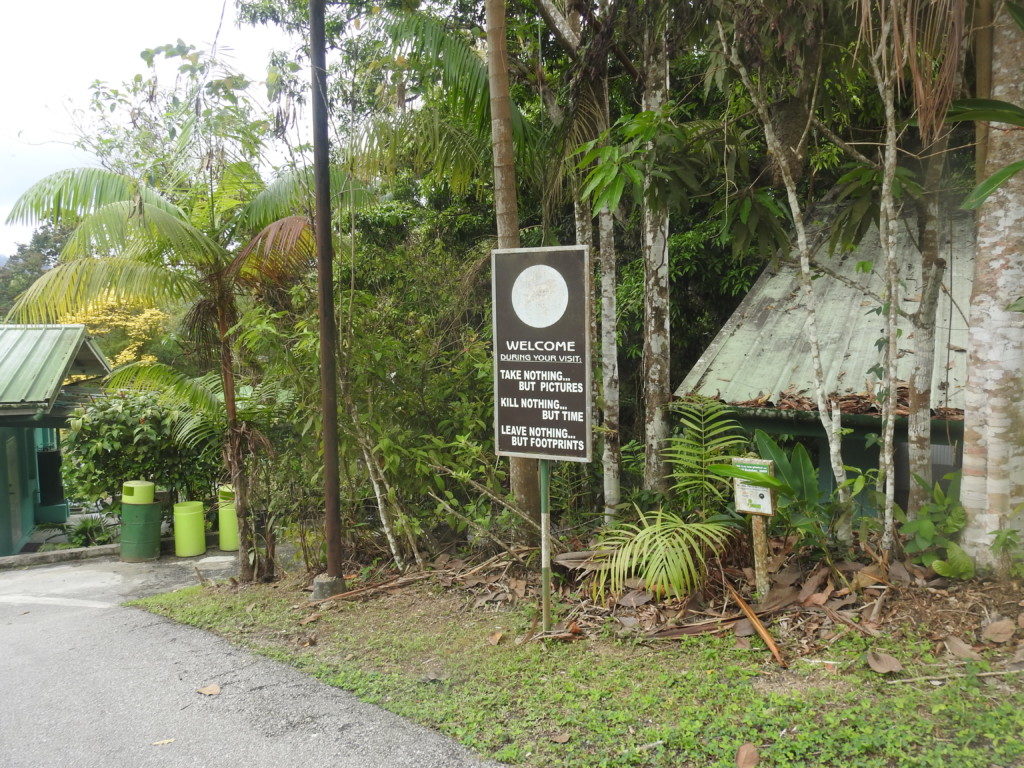
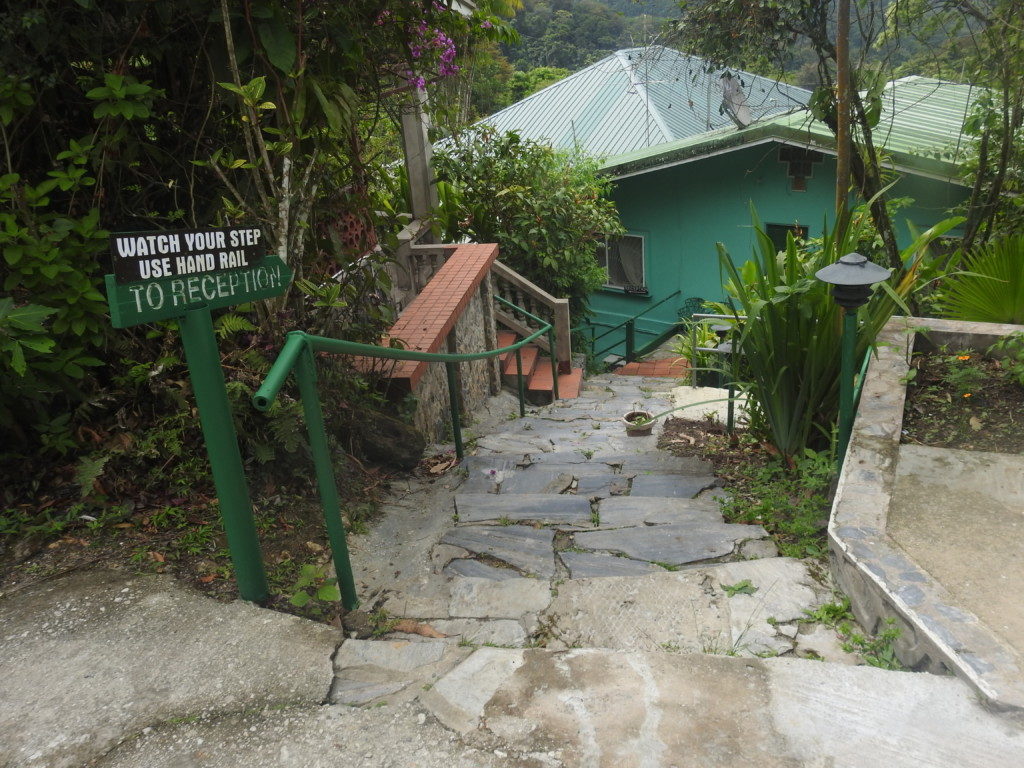
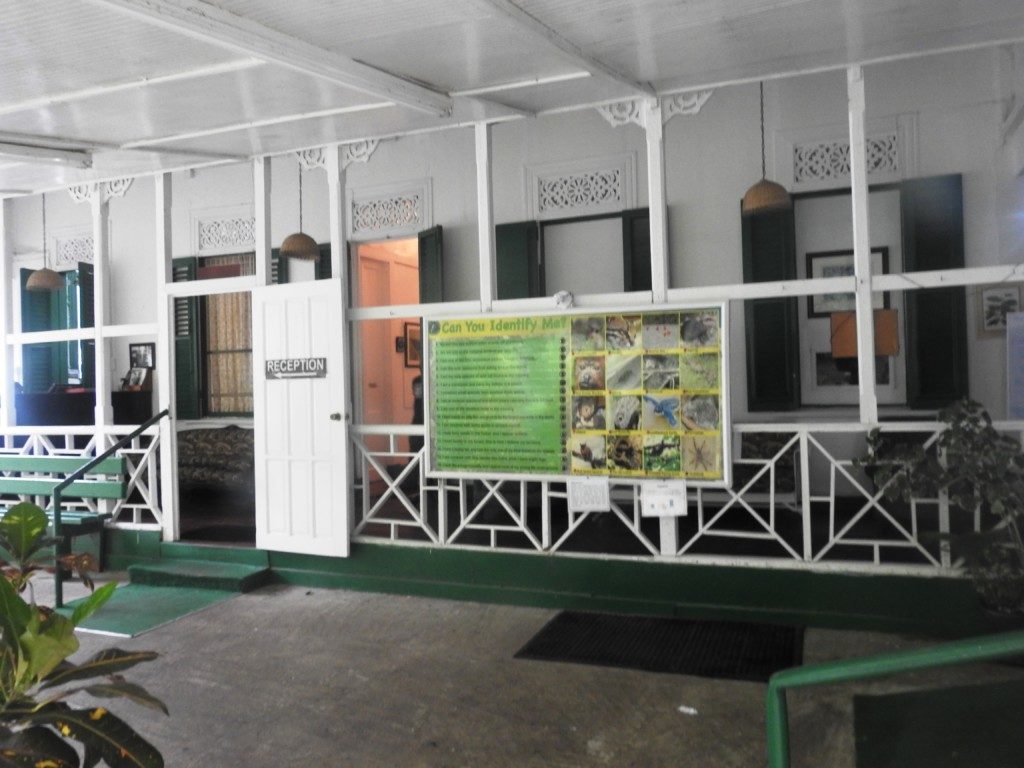
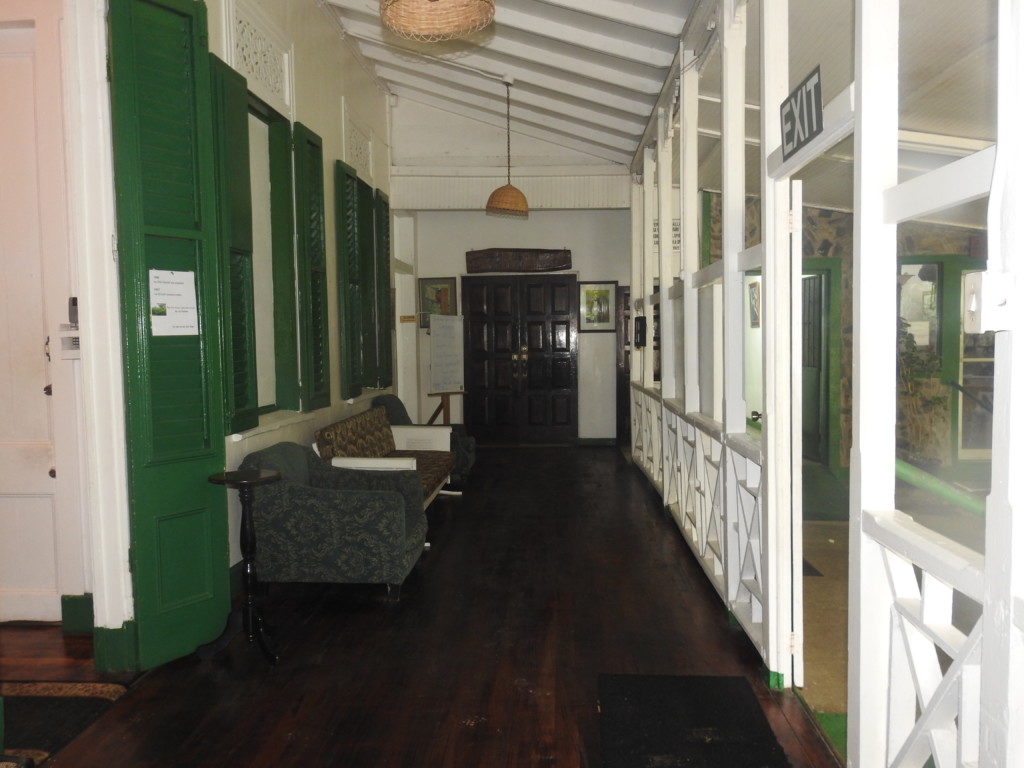
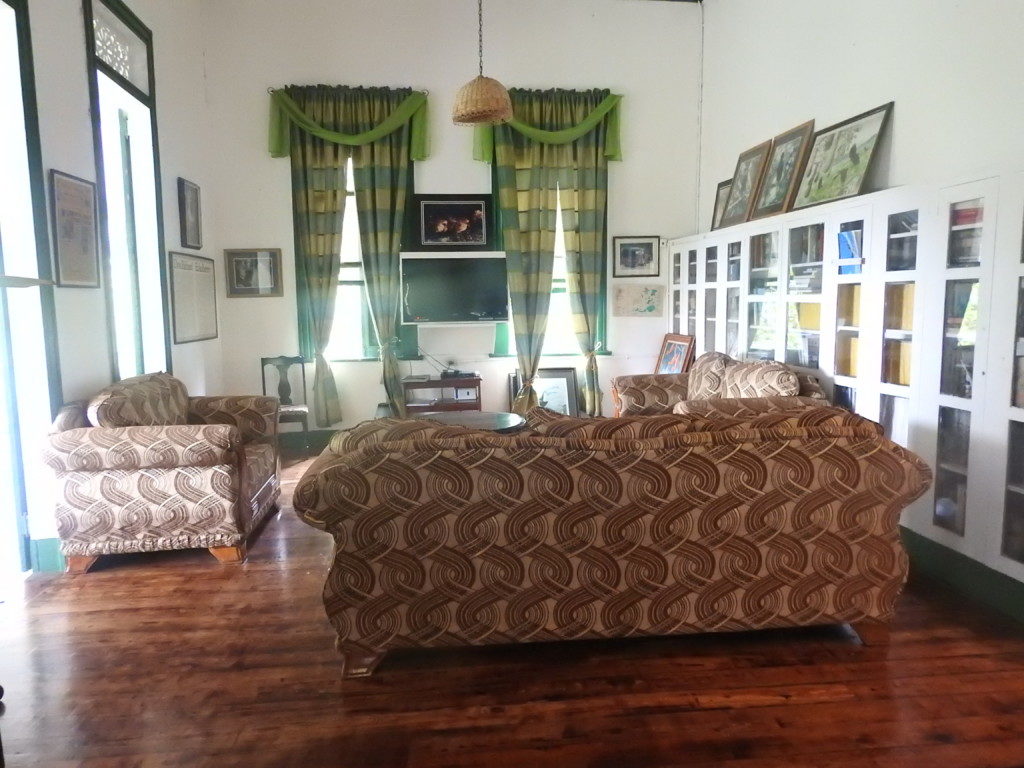
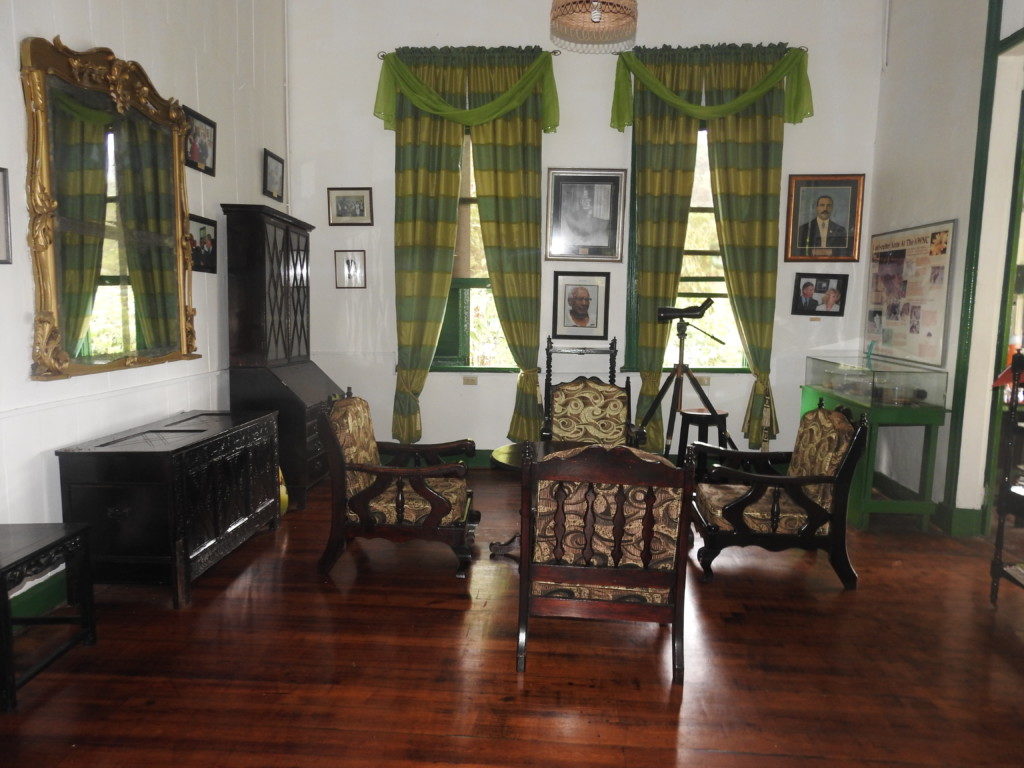
And here it is, where all the hummingbird action is found! Just sit back, relax and enjoy the spectacle!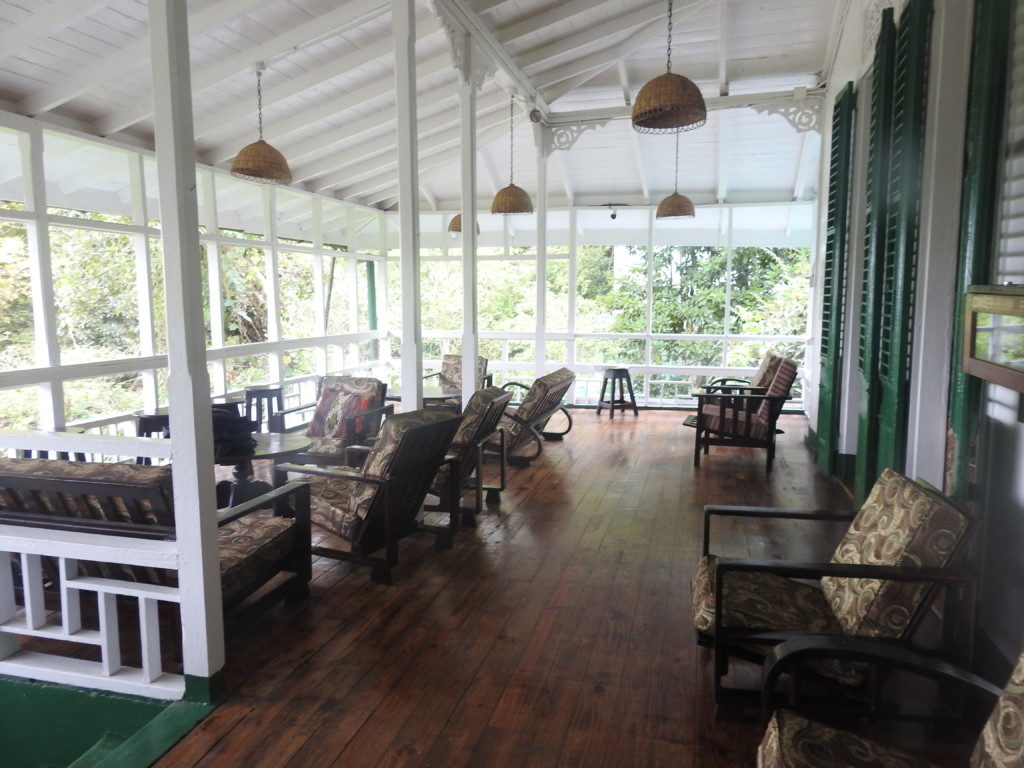
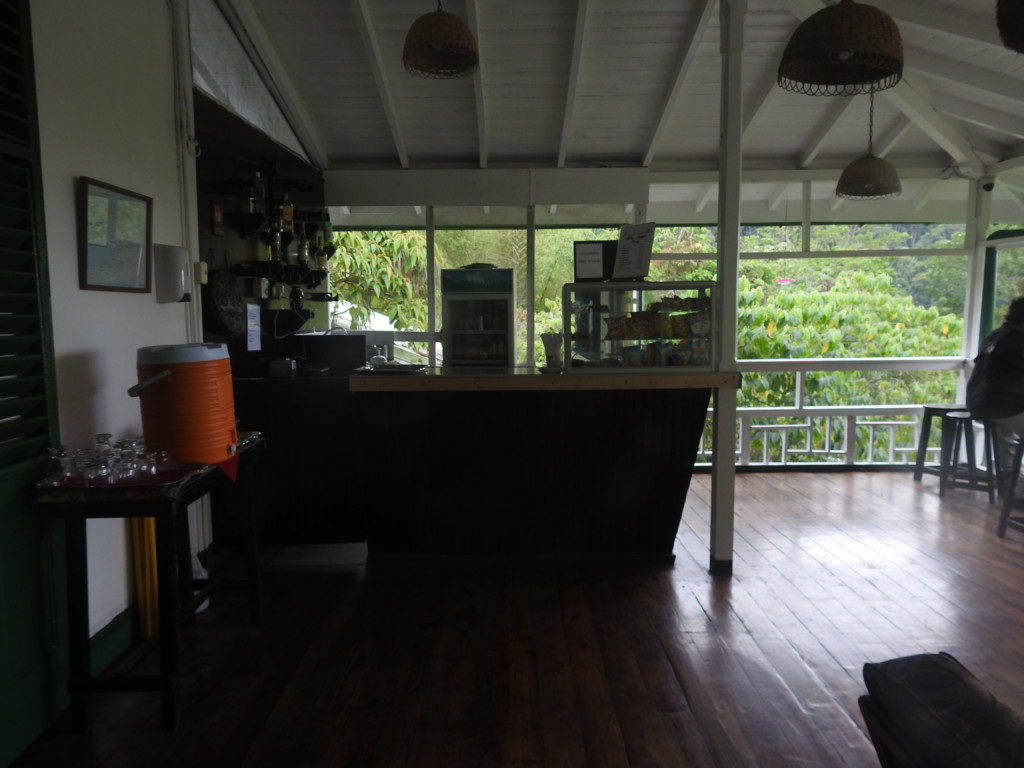
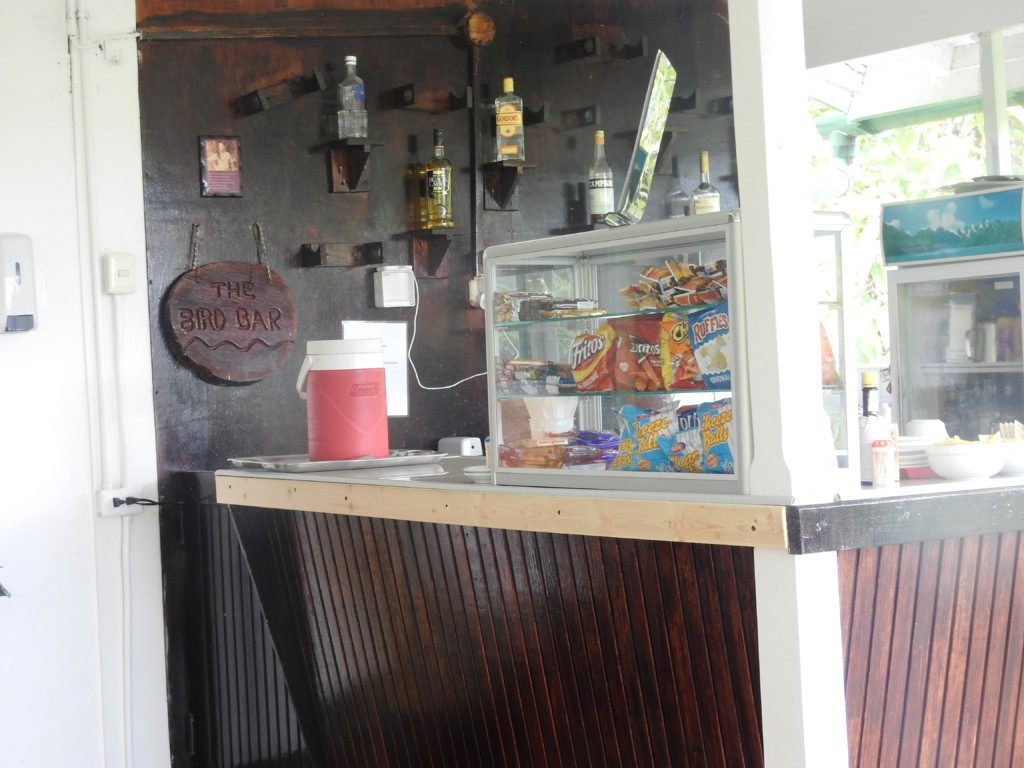
There is a set lunch menu each day which you can pay for separately if you wish or order sandwiches if you can’t tear yourself away from the verandah.
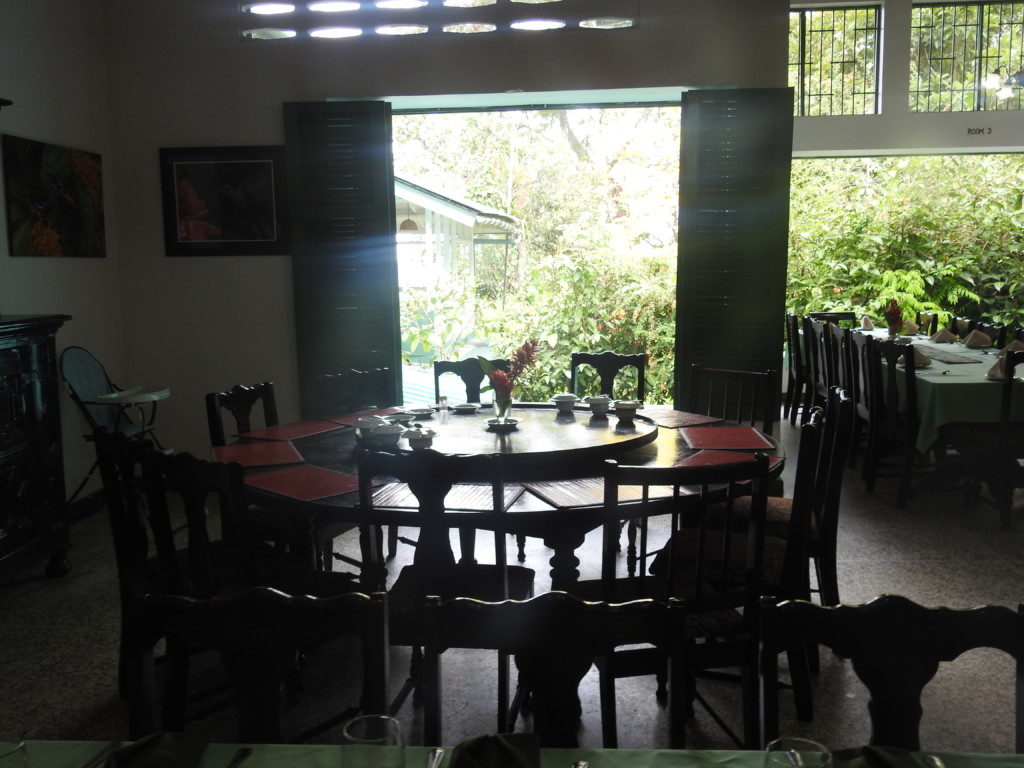
The gift shop has some nice handicrafts & other bird themed gifts. 
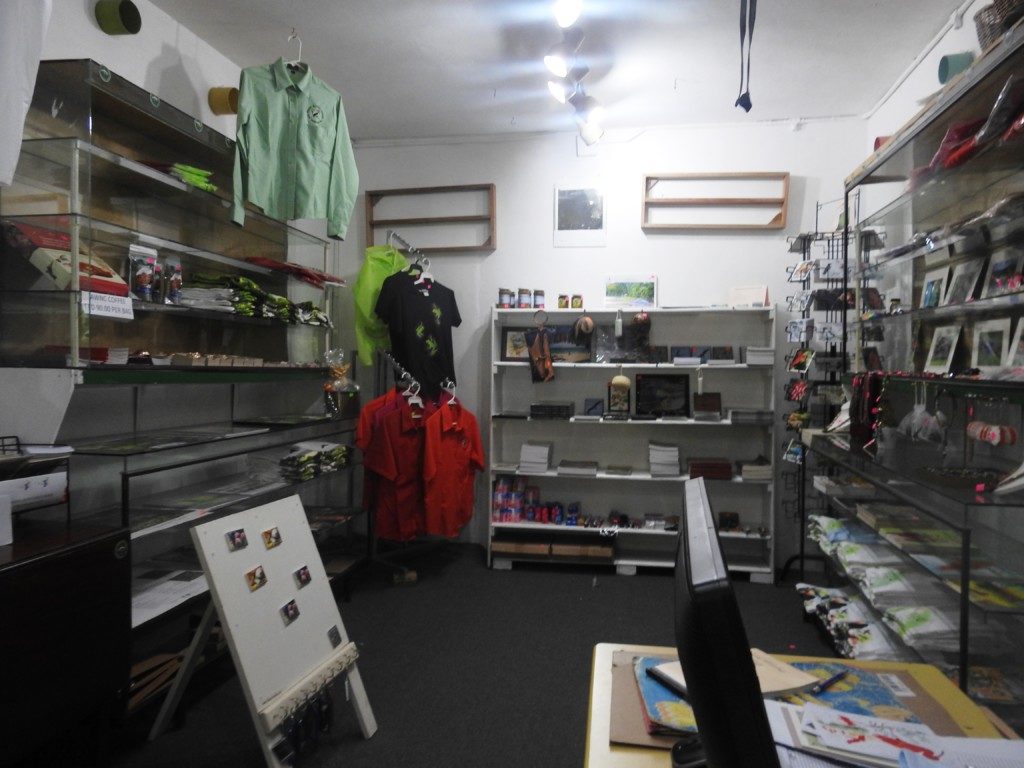
I bought this hummingbird necklace.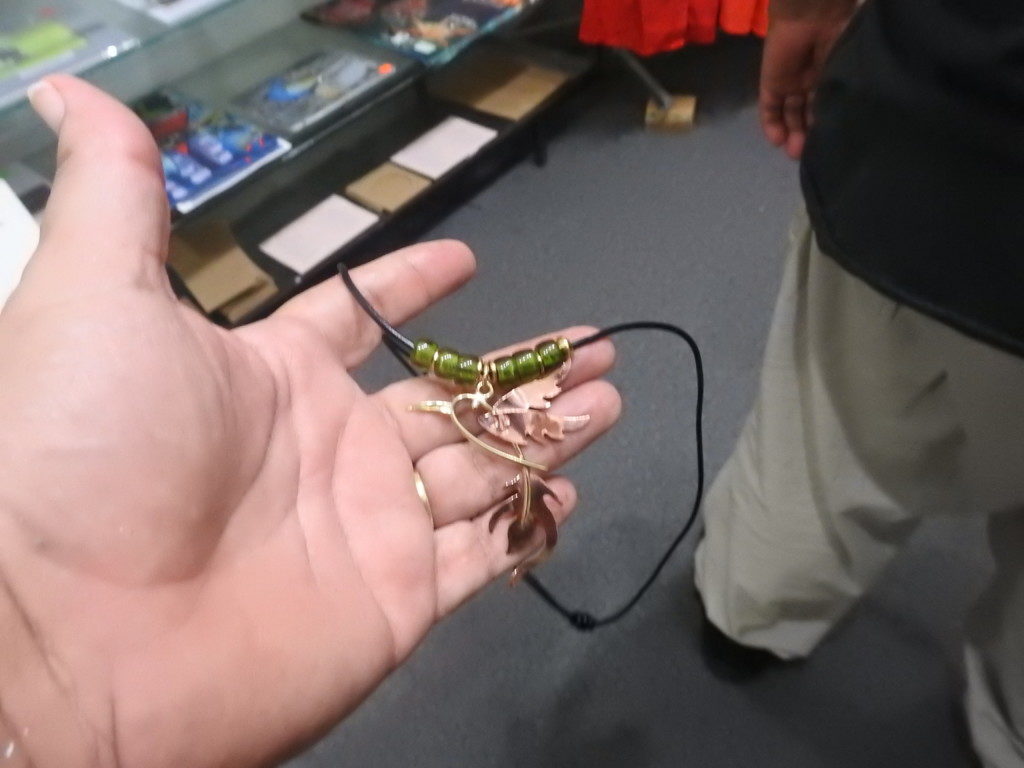
Example of postcard available – Tufted Coquette, meet them in person on the verandah!
It was tough to tear ourselves away, it is such a beautiful, relaxing place but we did have a flight to catch so no choice but to say farewell earlier than we would have liked.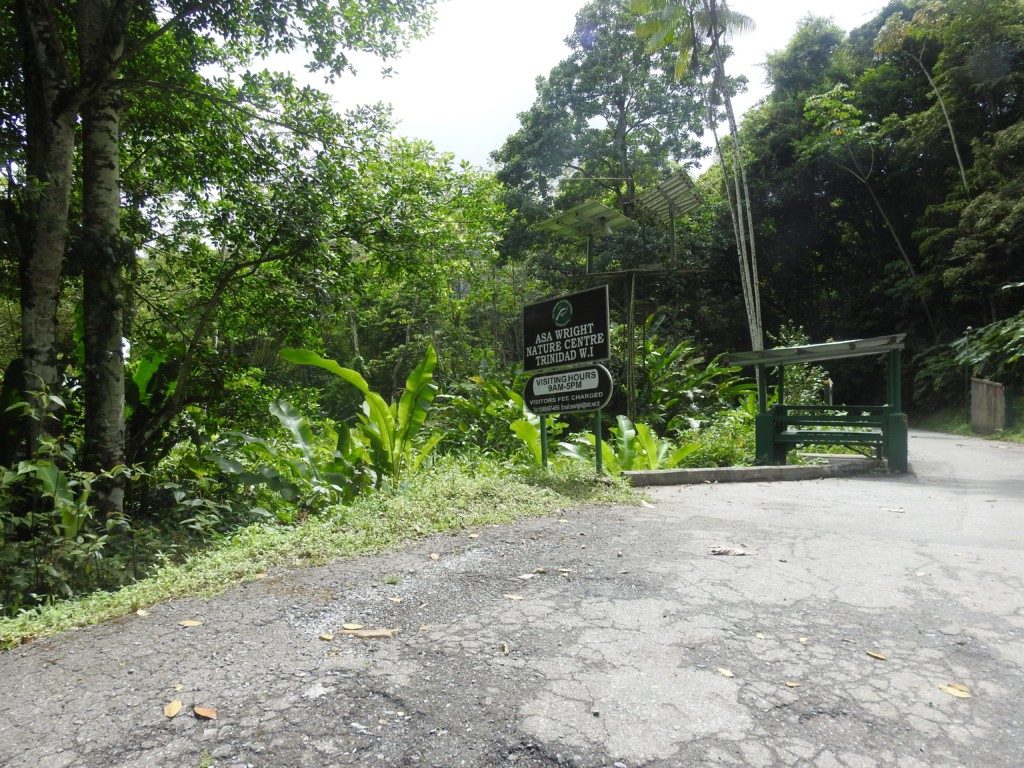
Birding The Verandah At Asa Wright Nature Centre
Whether you are a lodge guest or a day visitor at Asa Wright Nature Centre, you will be amazed at the beauty and variety of birds seen on the verandah. Lazy birding at it’s best! Hummingbirds need to feed every 15 minutes so don’t worry if you miss one, he’ll be back so you can keep trying for those stunning photos! There are guides available to help you identify the birds. This is my eBird list, not bad for about 5 hours!

Bananaquit, Violaceous Euphonia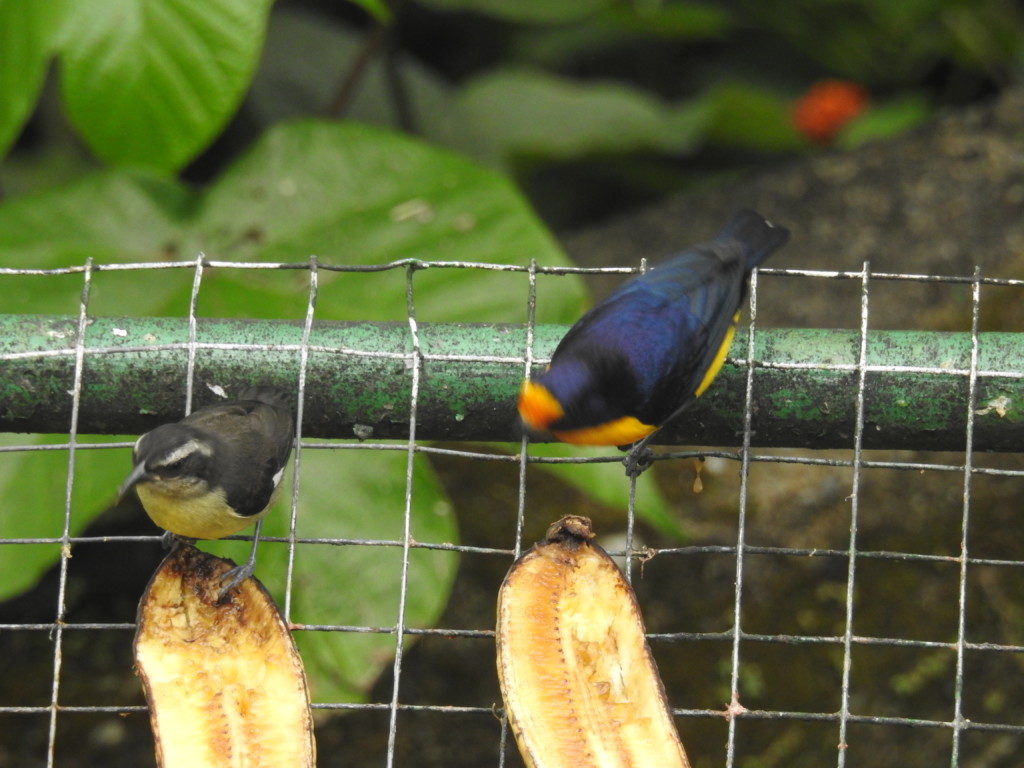
Turquiuse Tanager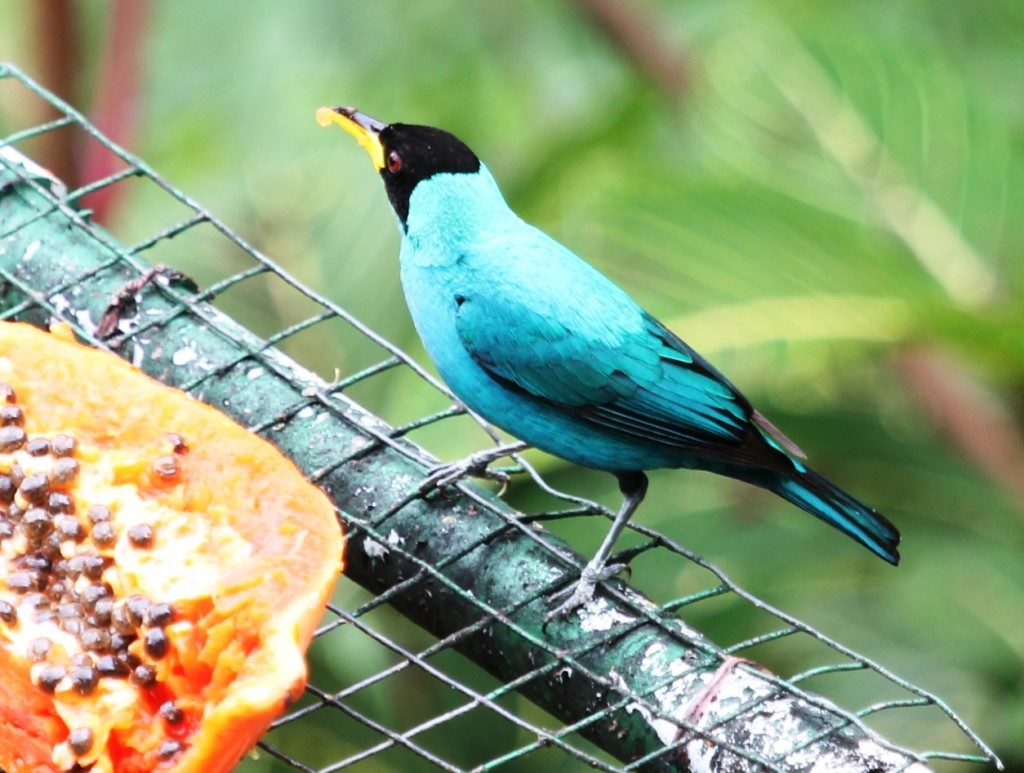
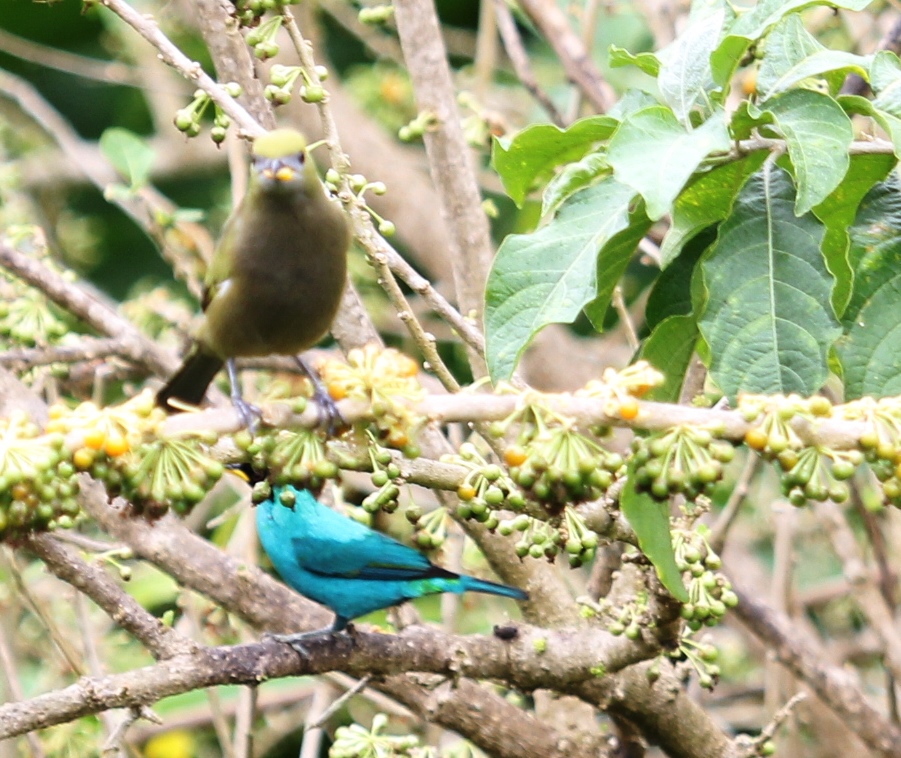
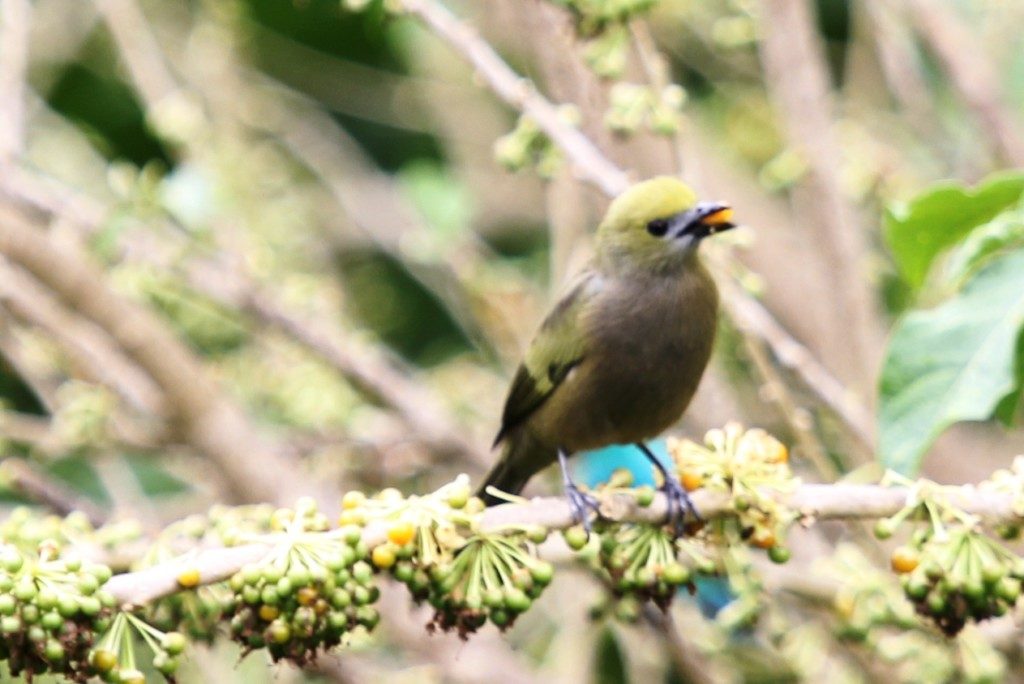
Blue-grey Tanager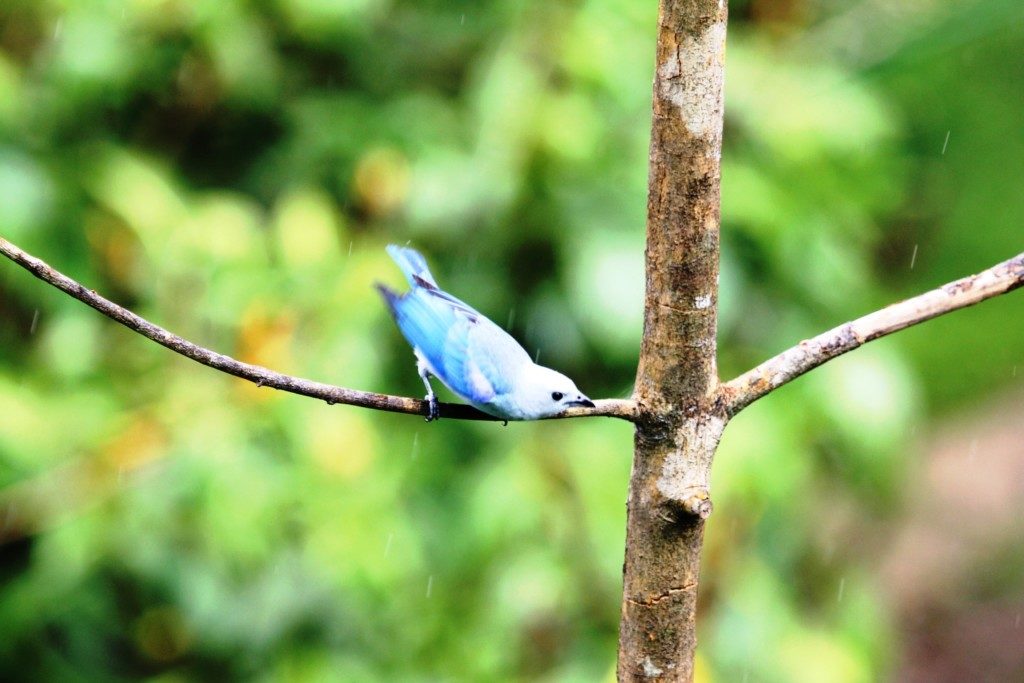
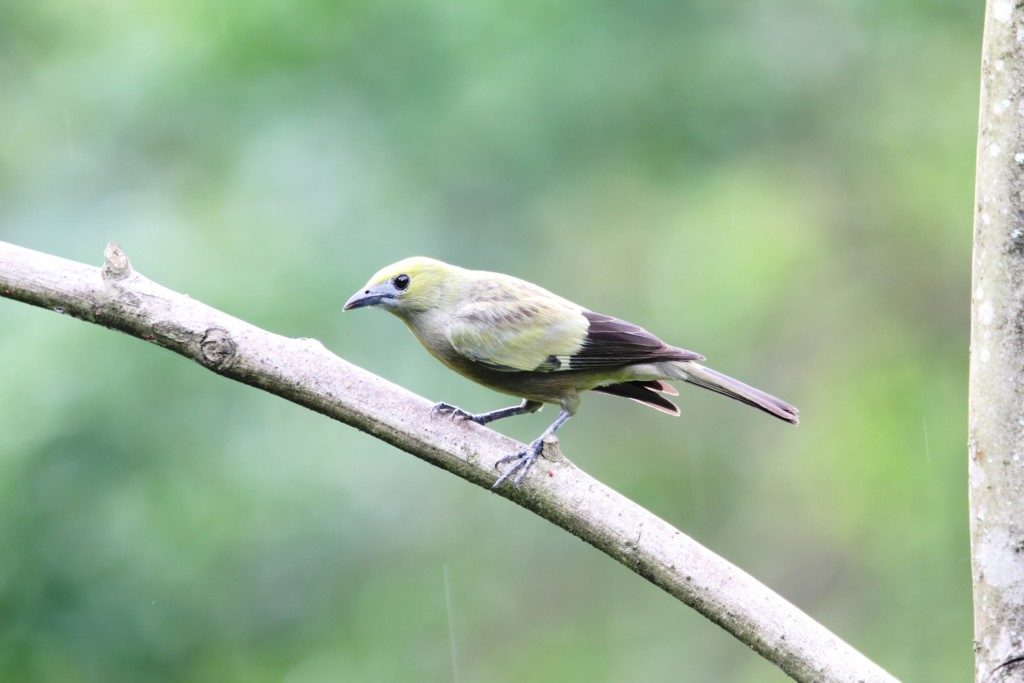
Purple Honeycreepers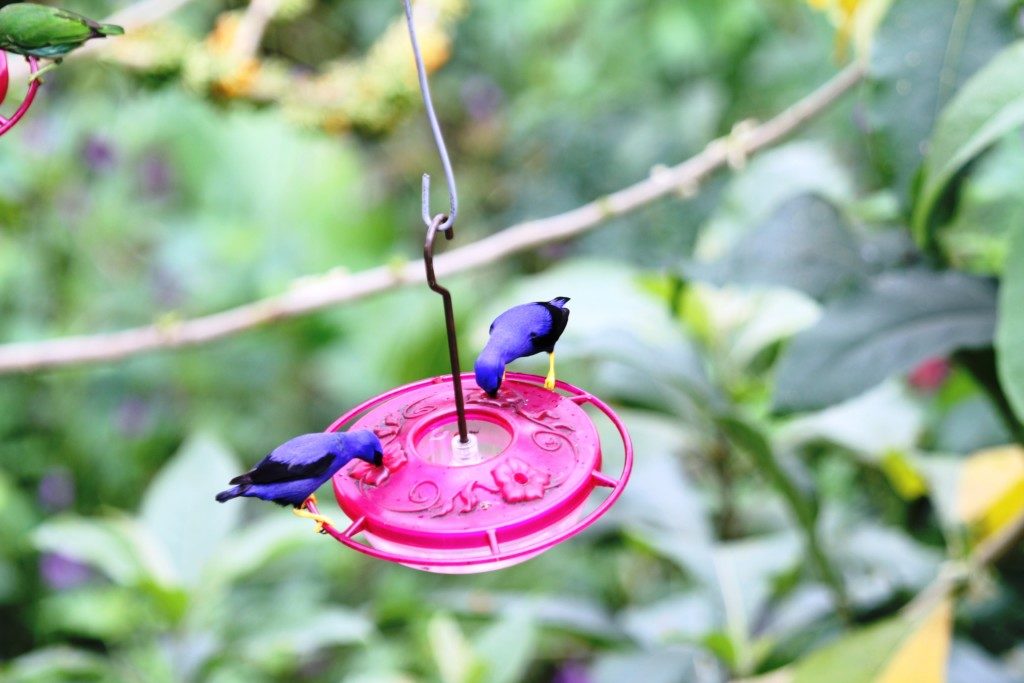
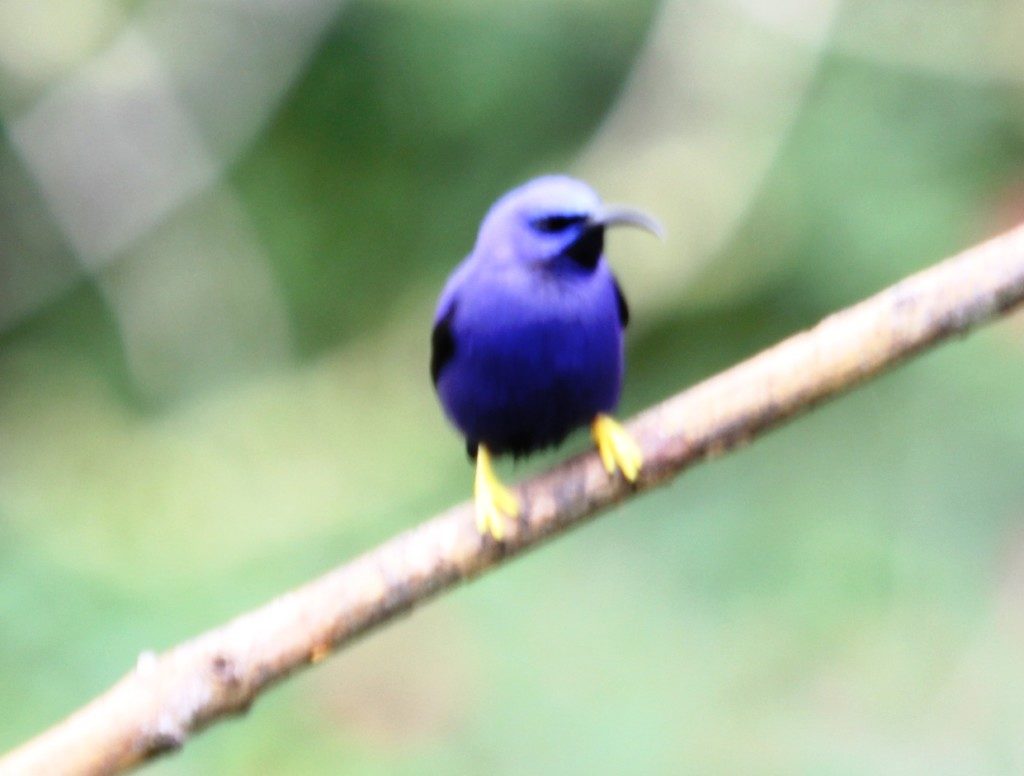
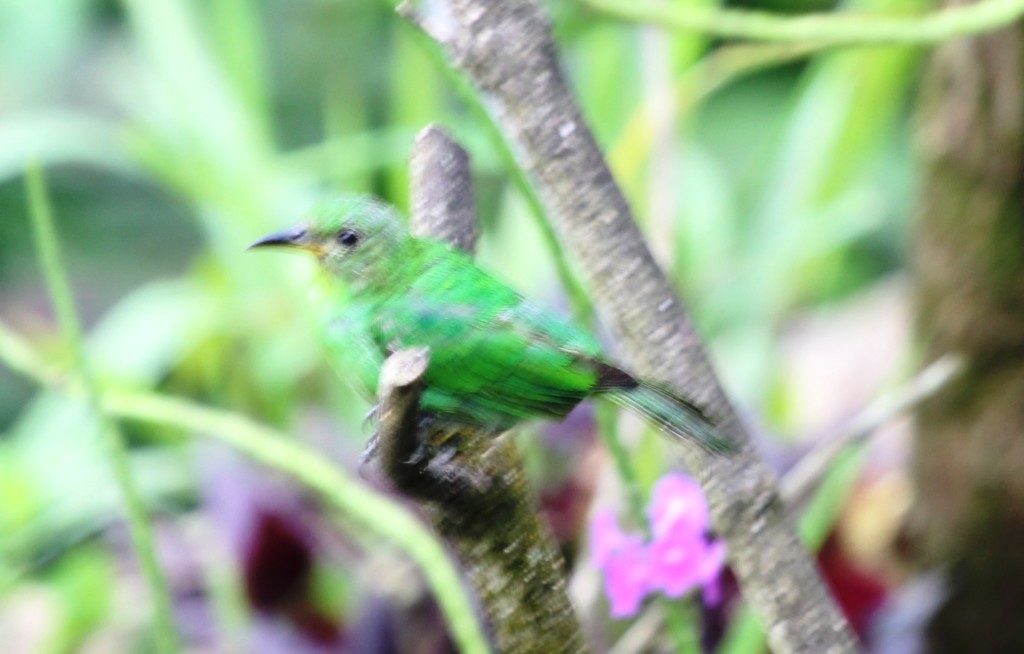
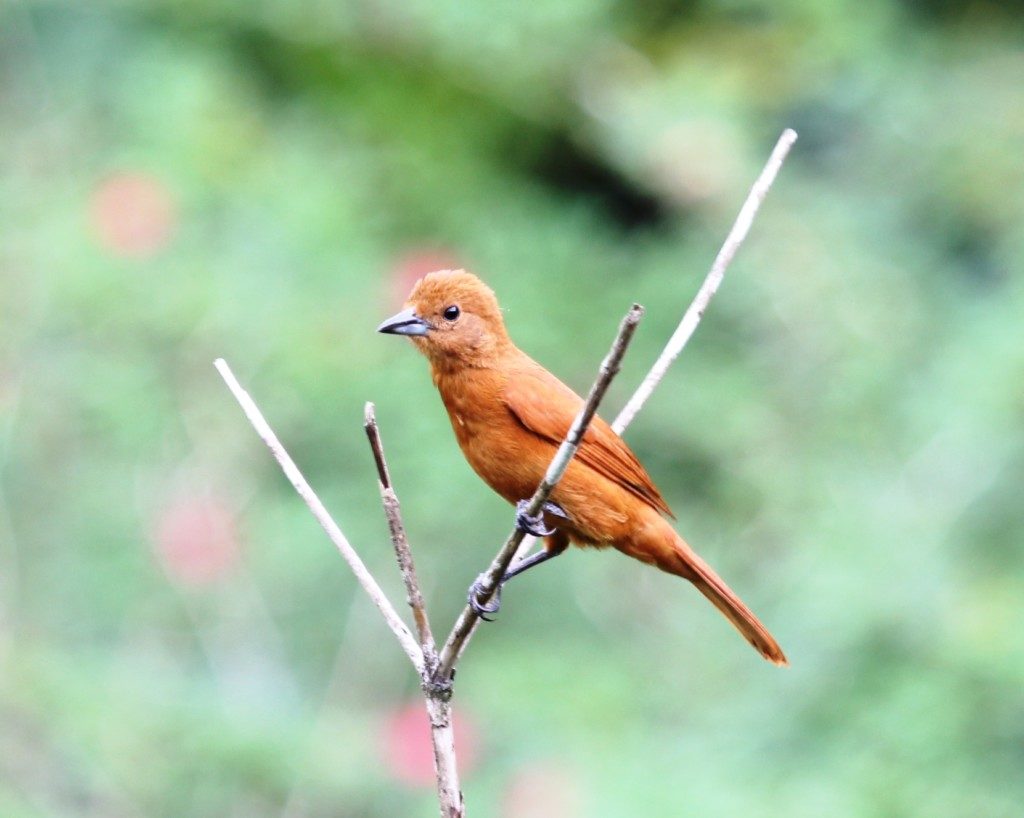
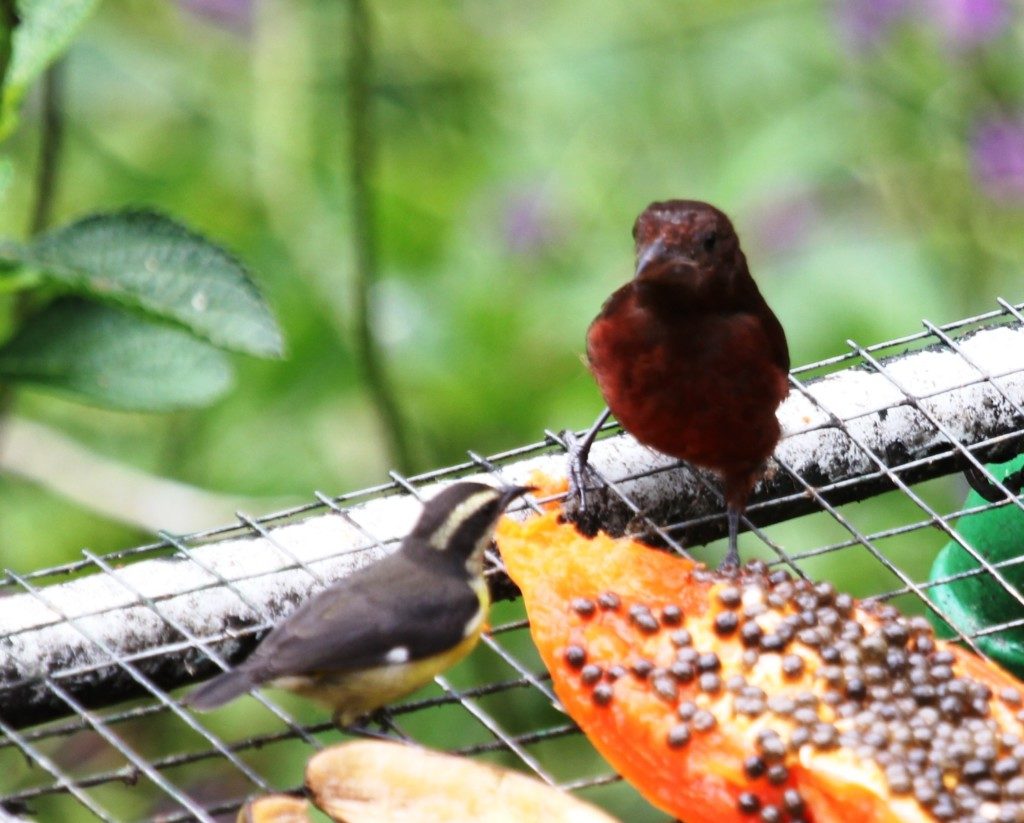

Silver-beaked Tanager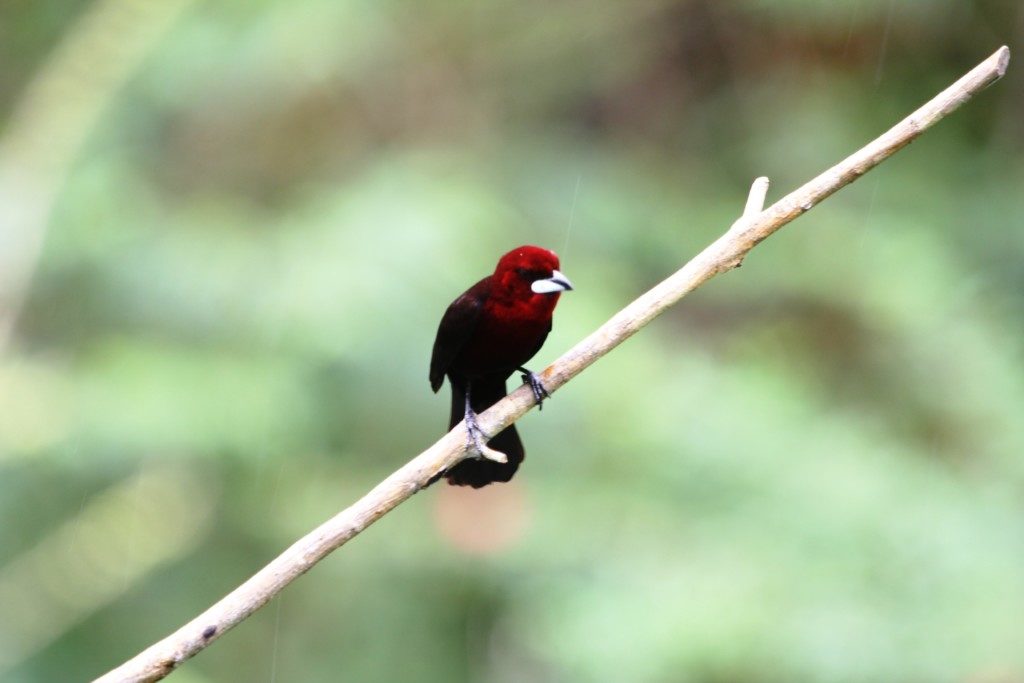
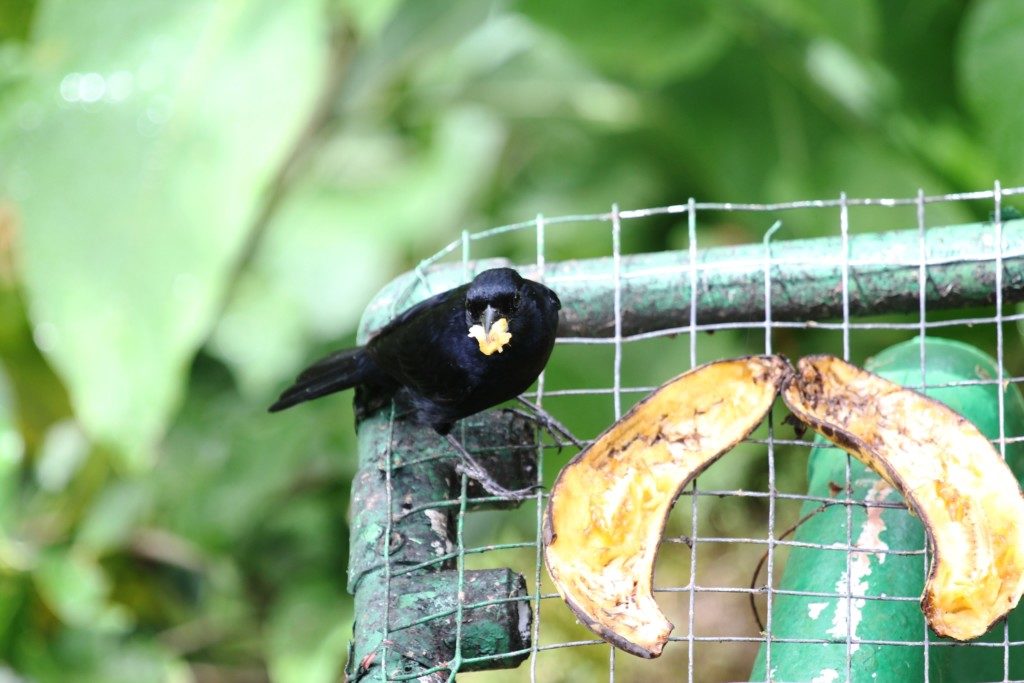
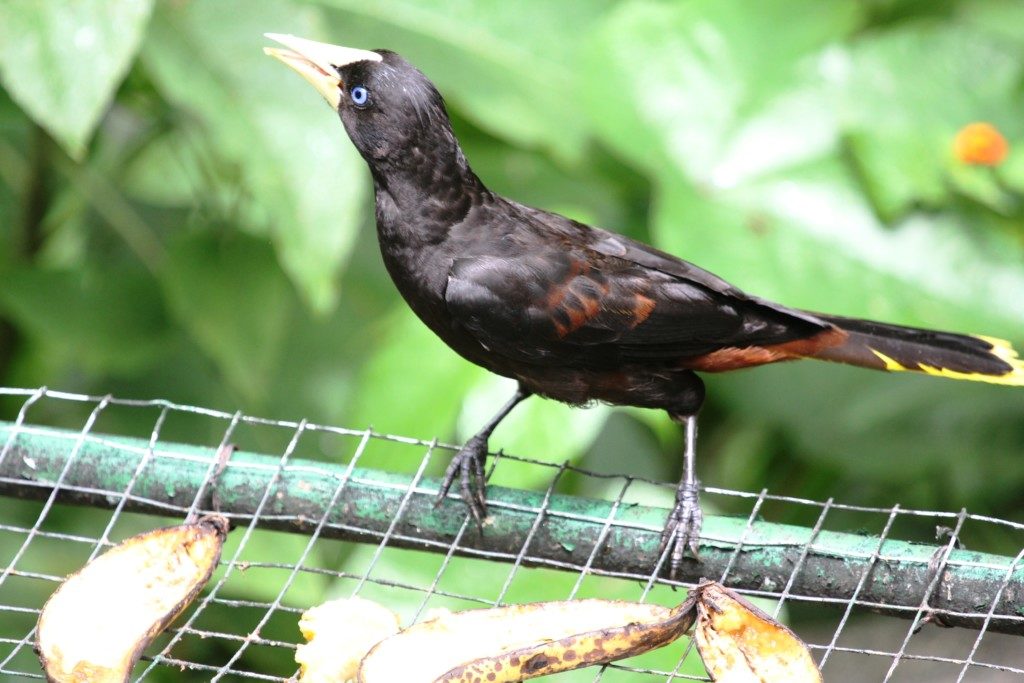
White-chested Emerald 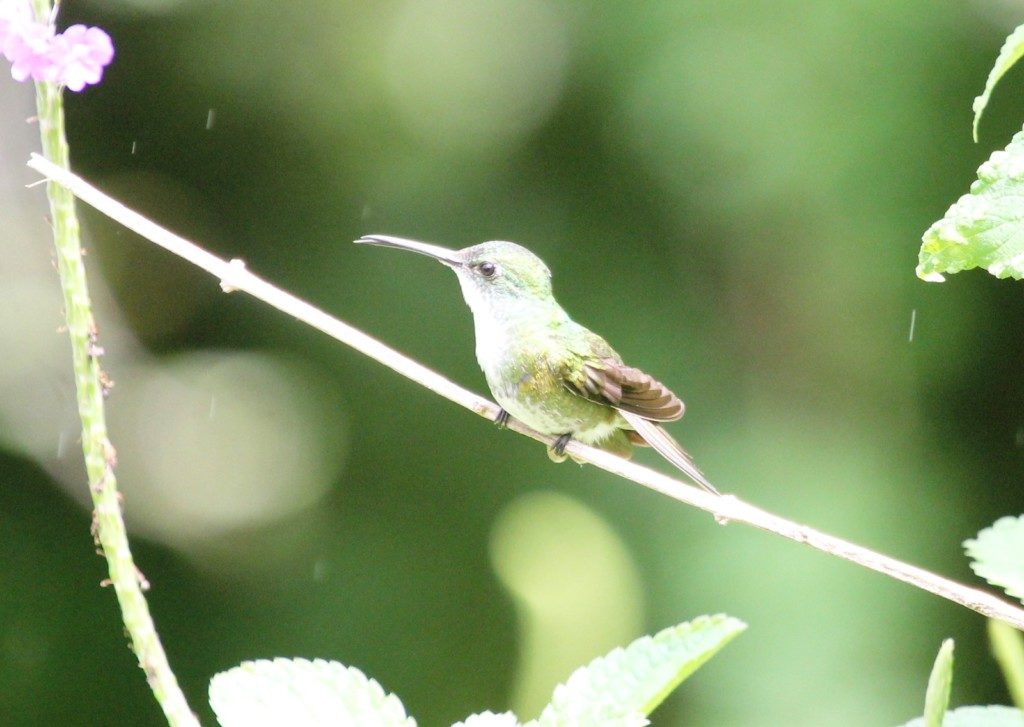

Copper-rumped Hummingbird 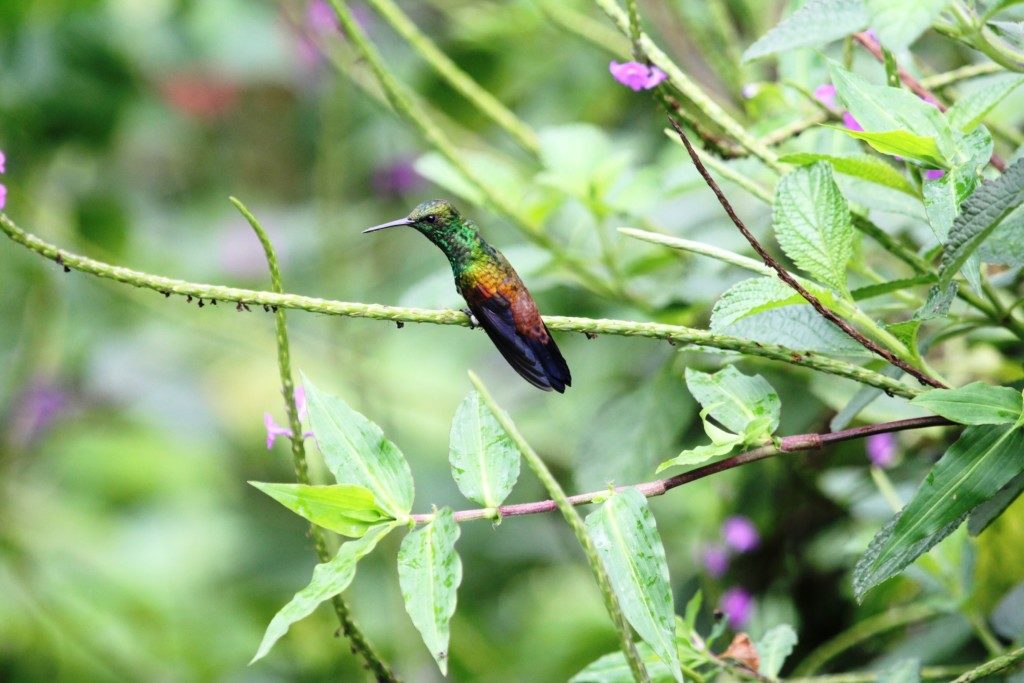

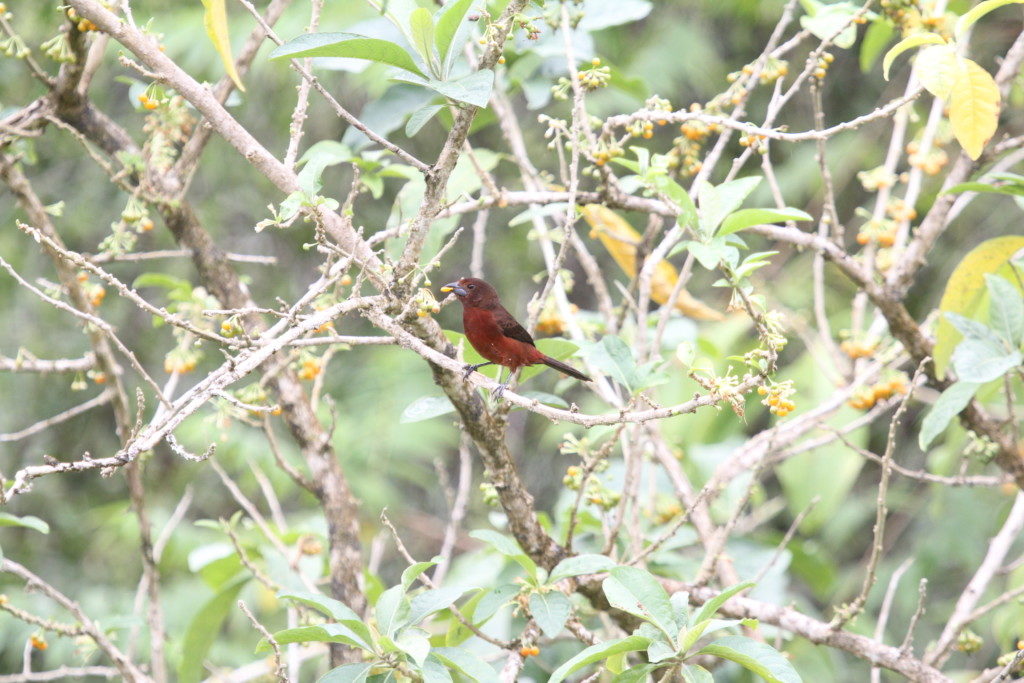
Crested Oropendula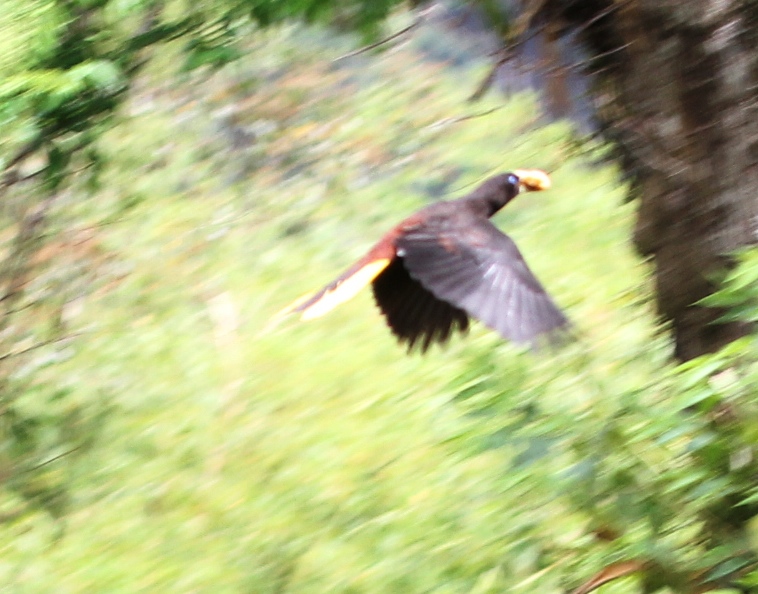
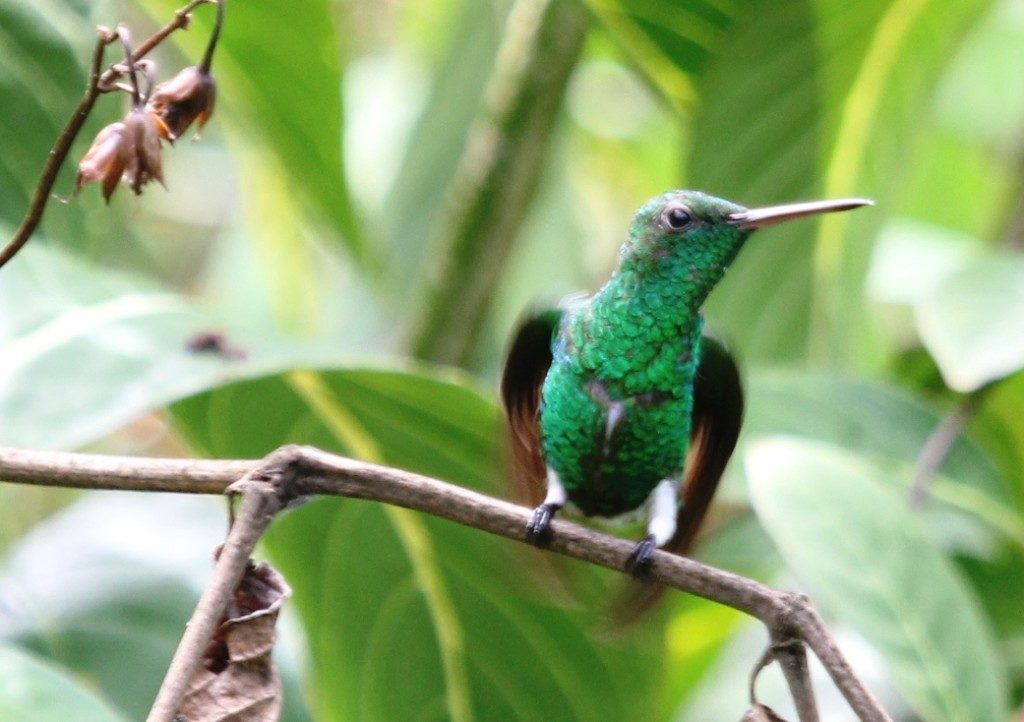
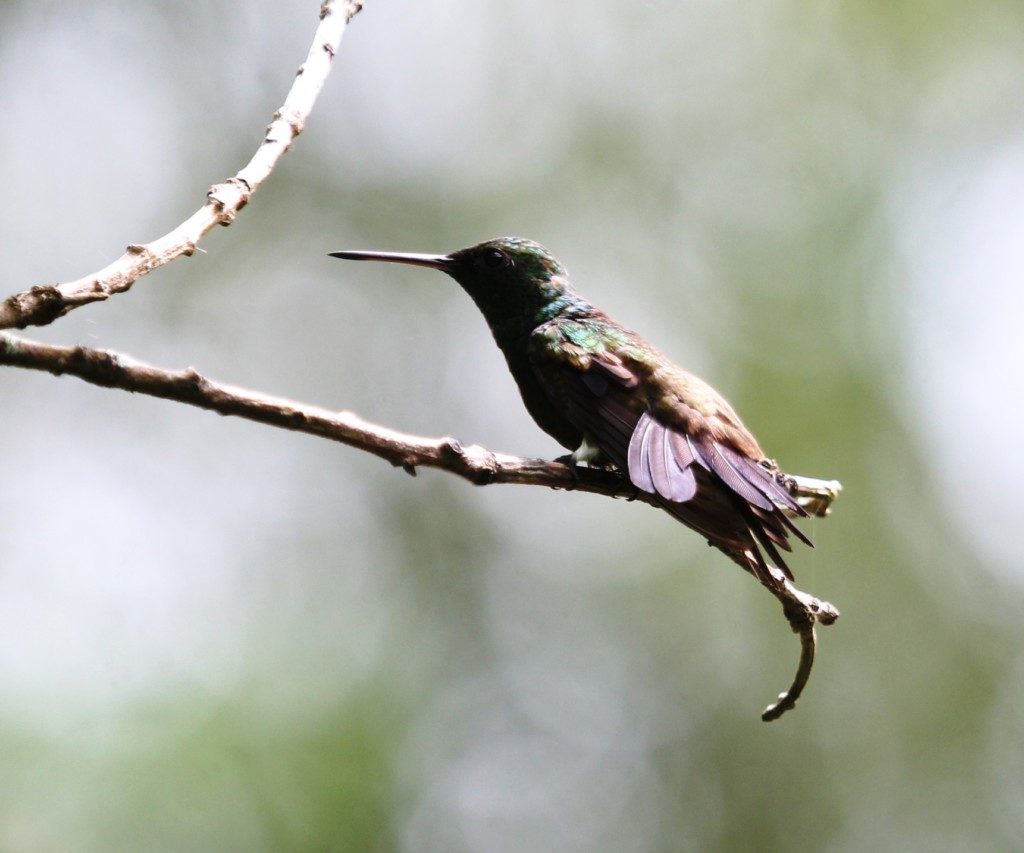
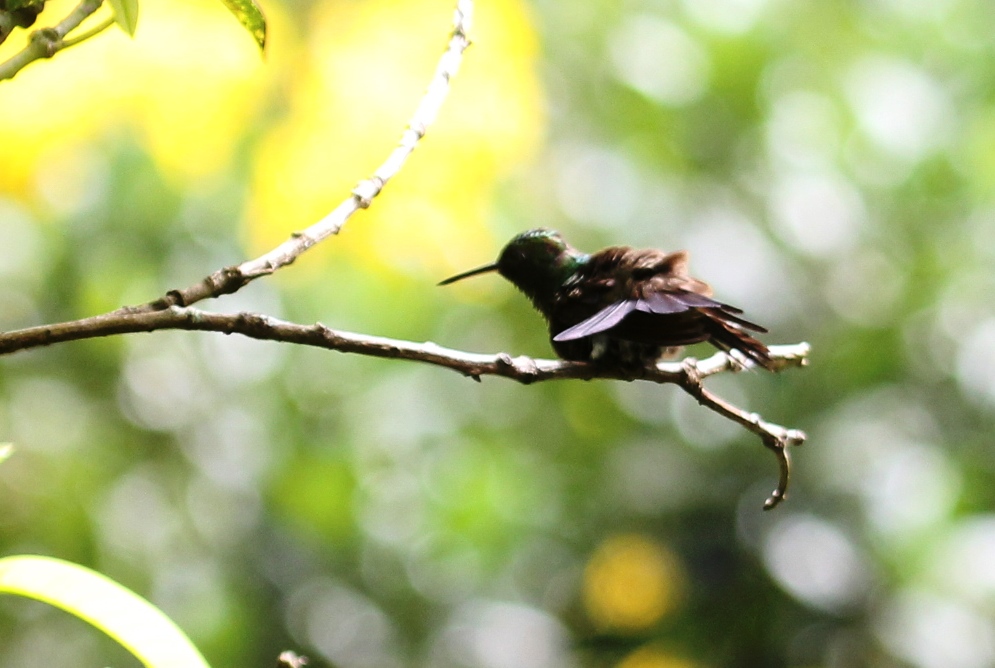
Palm Tanagers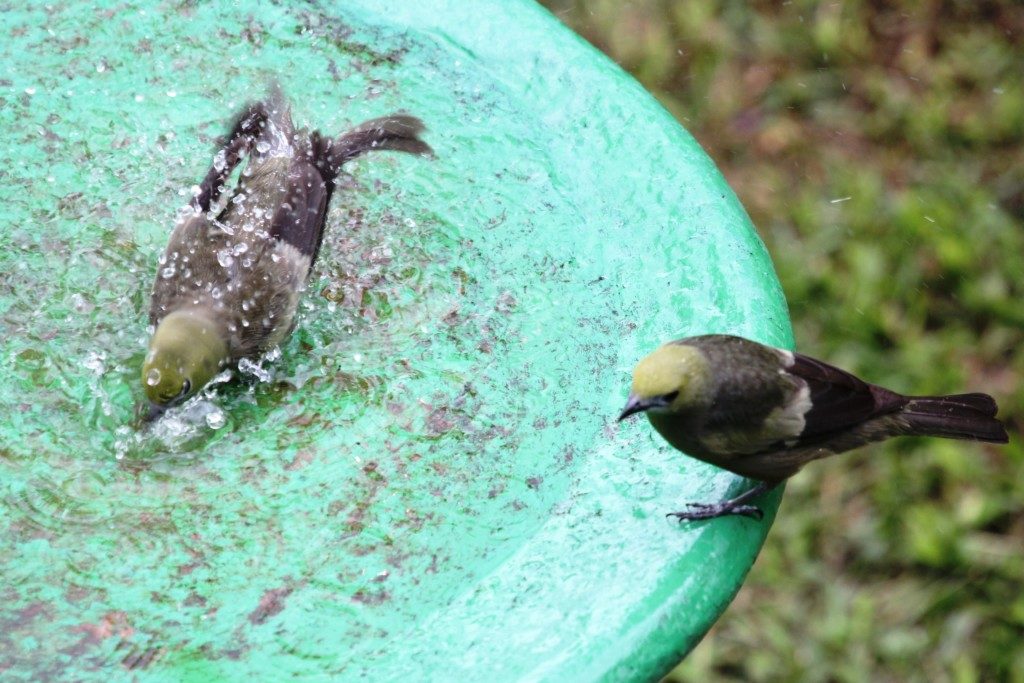
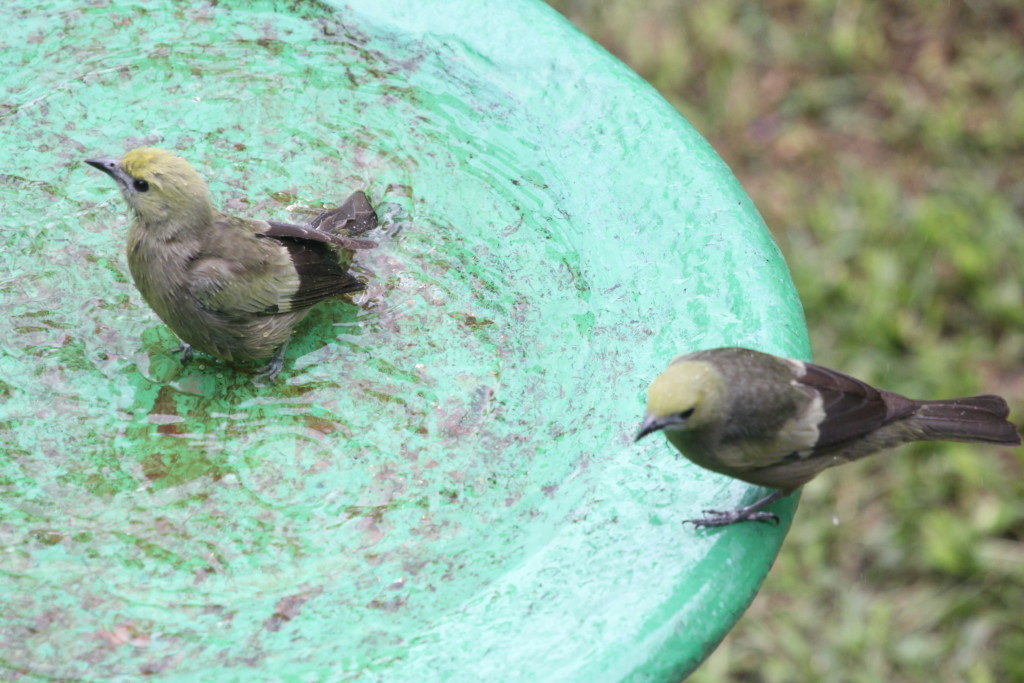
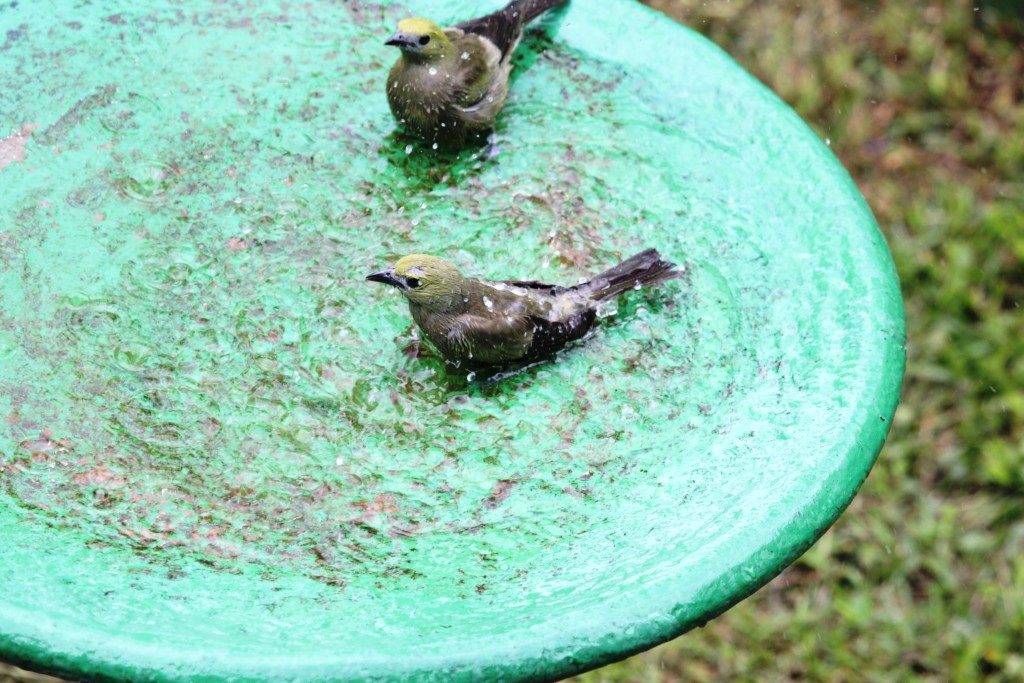
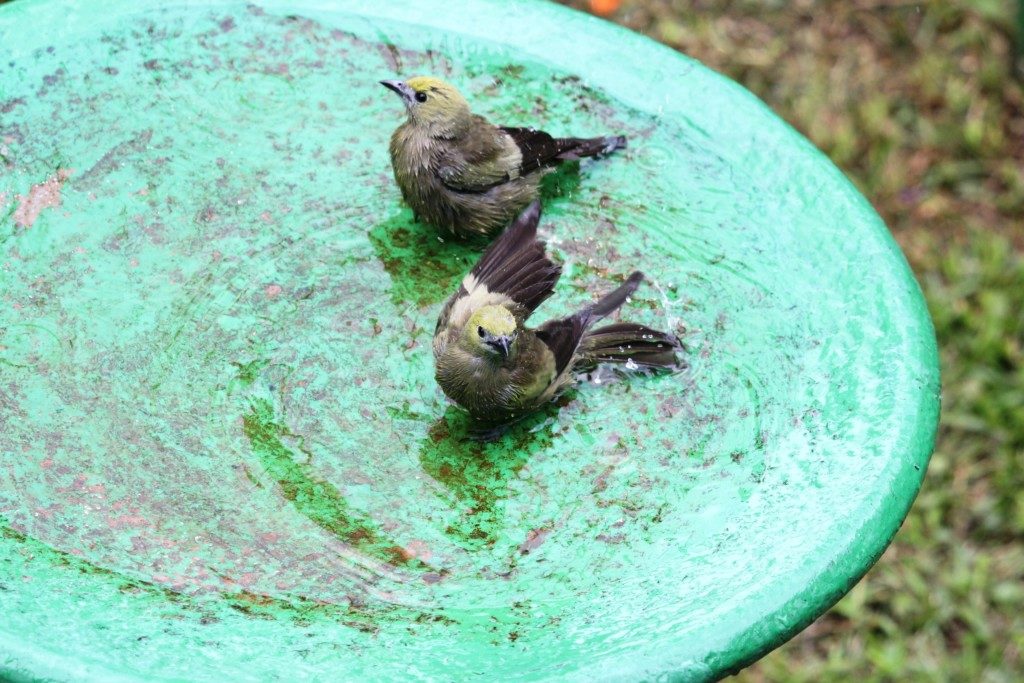
White-necked Jacobin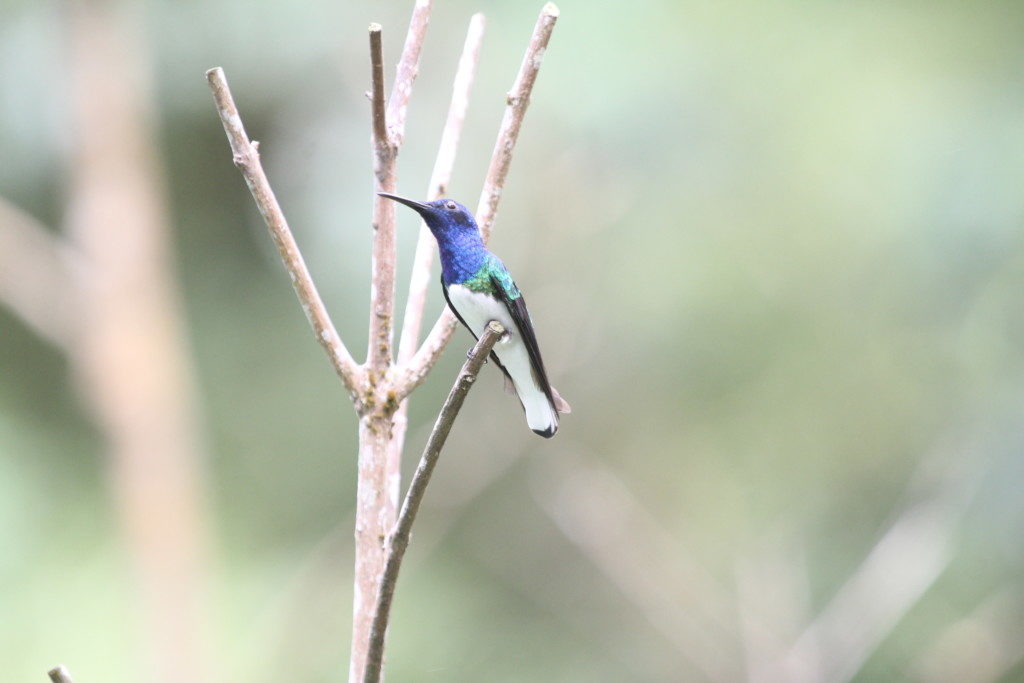
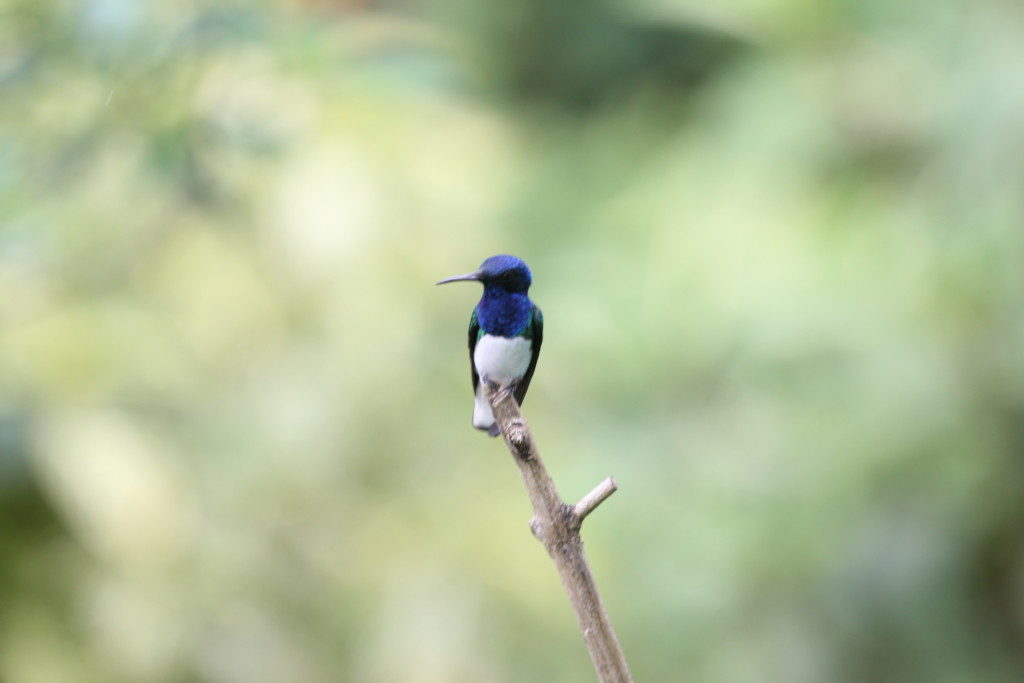
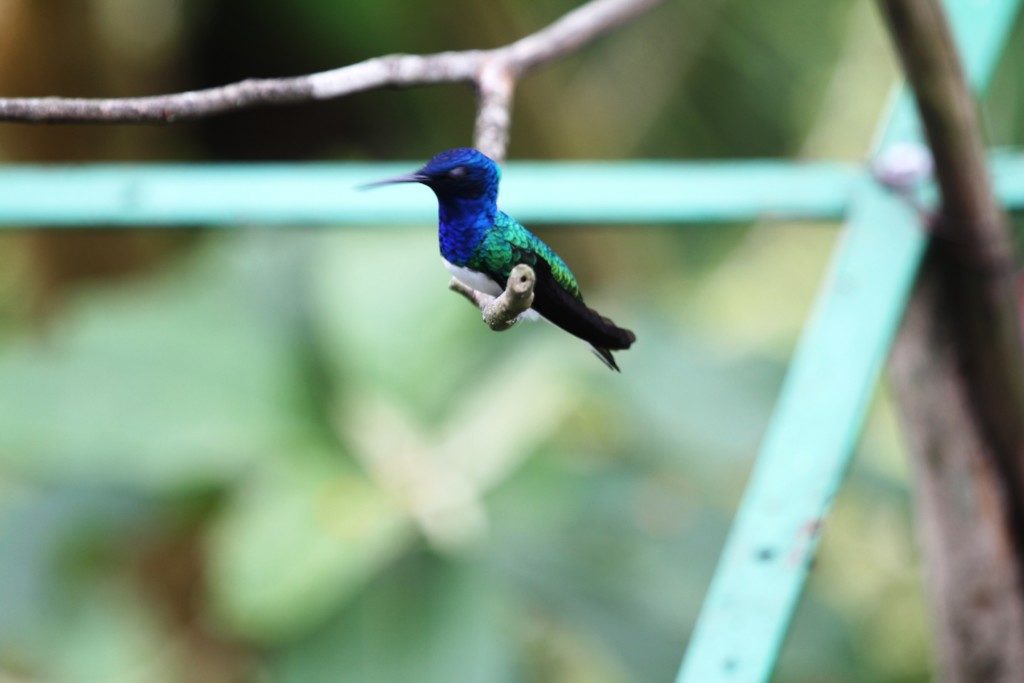
Crested Oropendula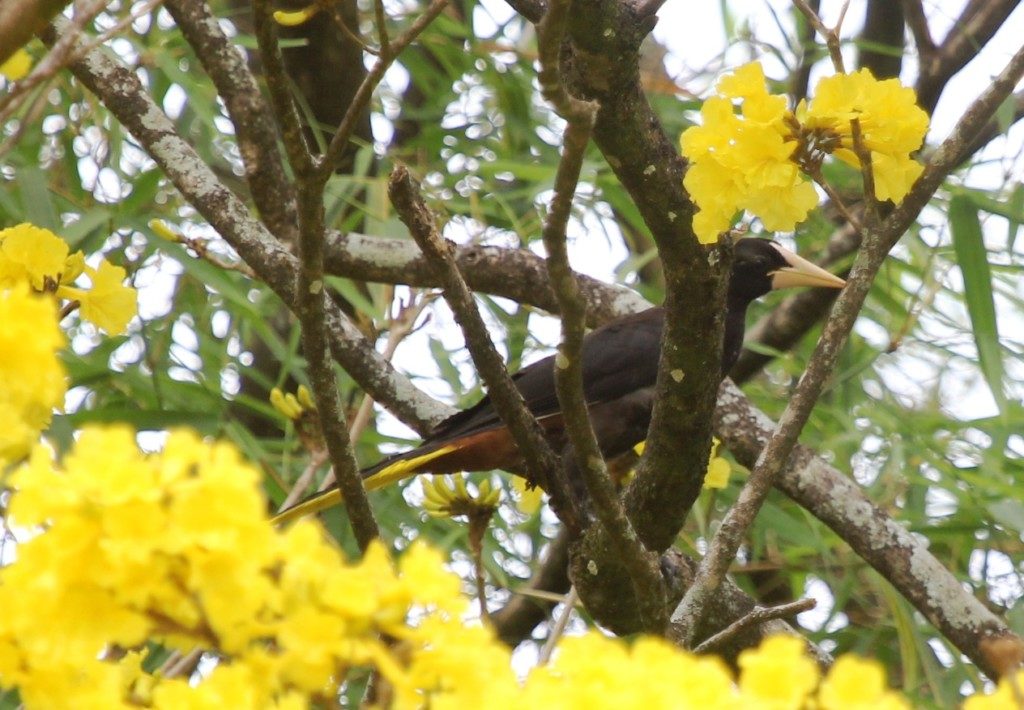
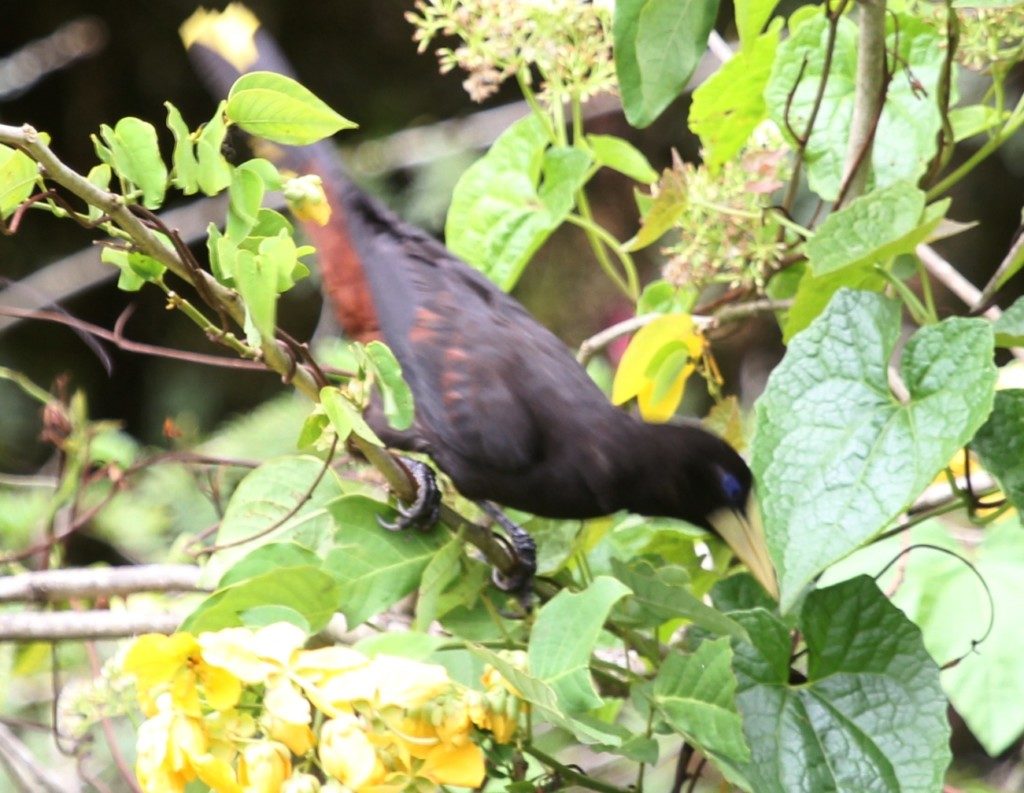
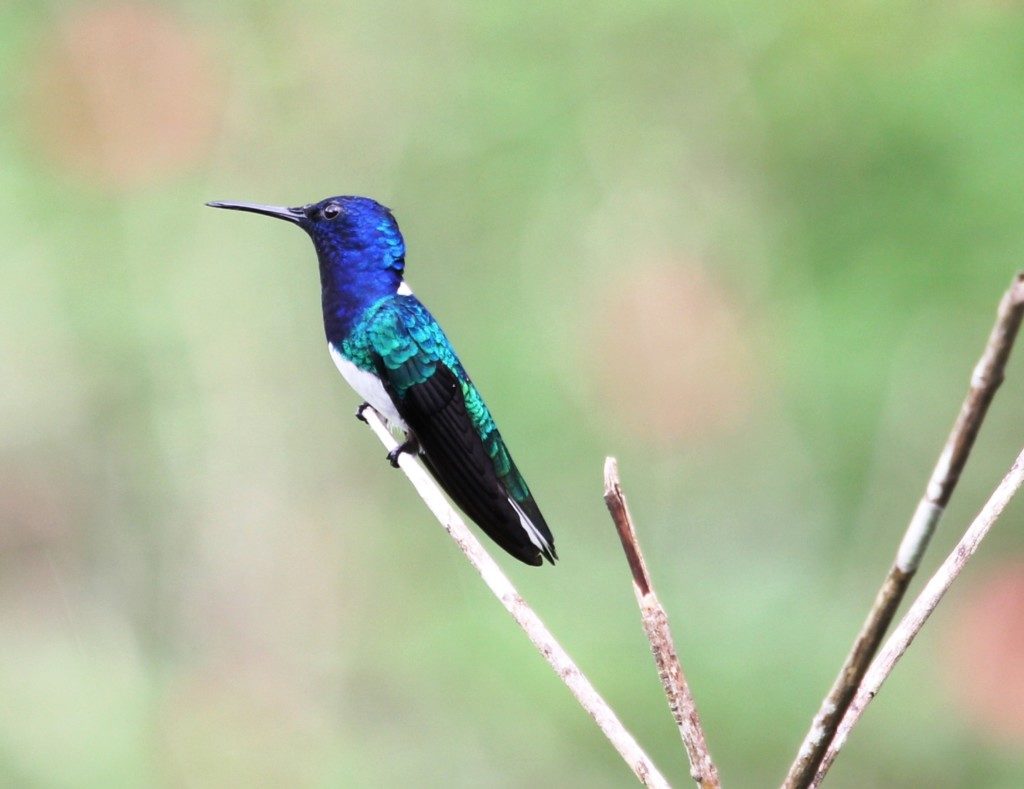
Long-billed Starthroat 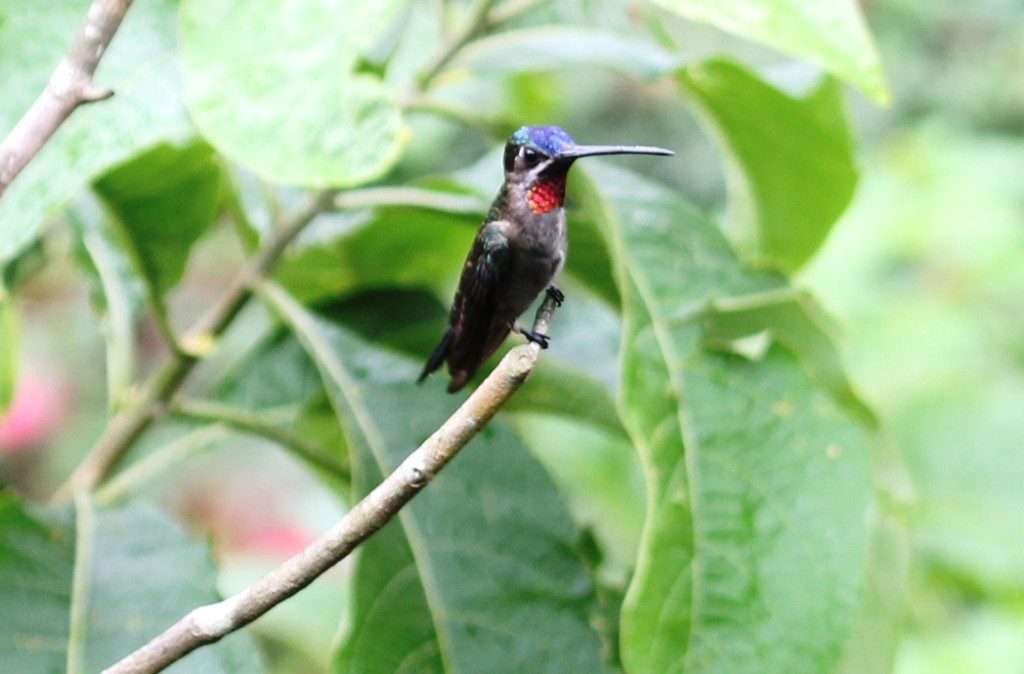
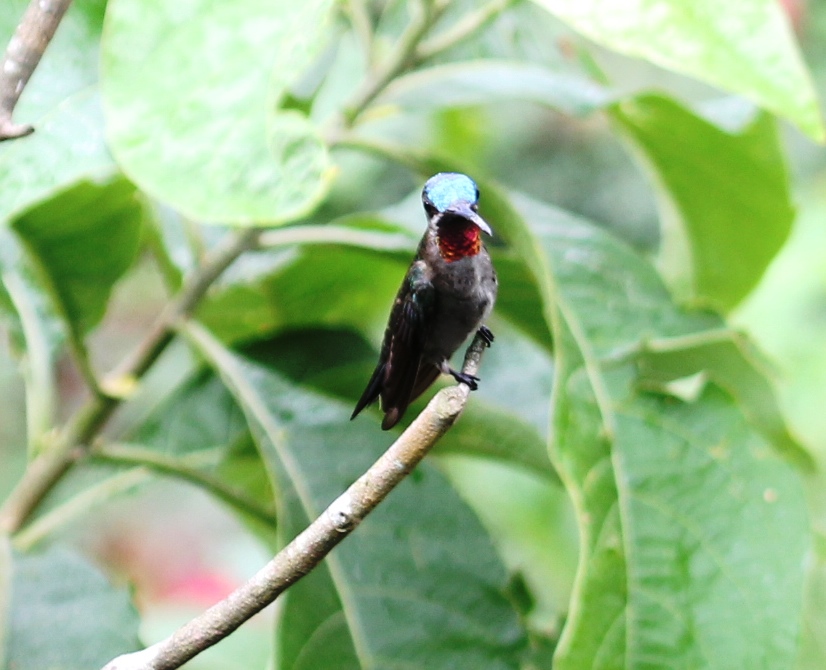
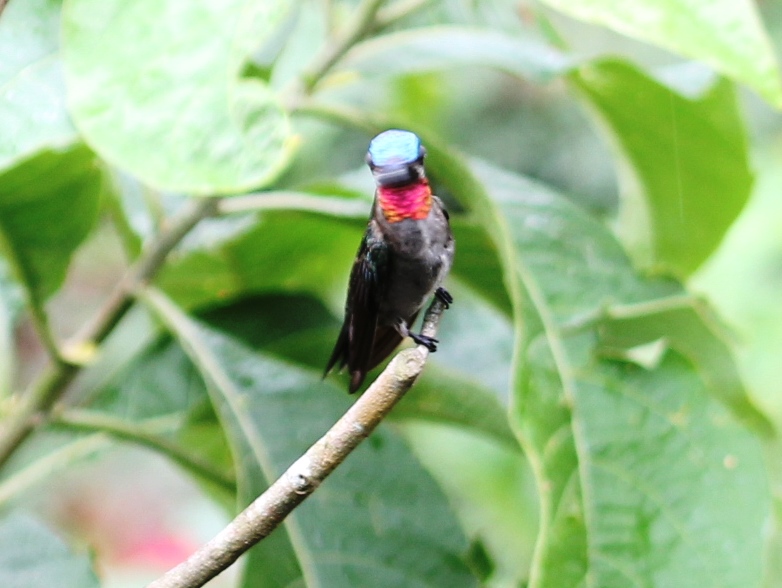

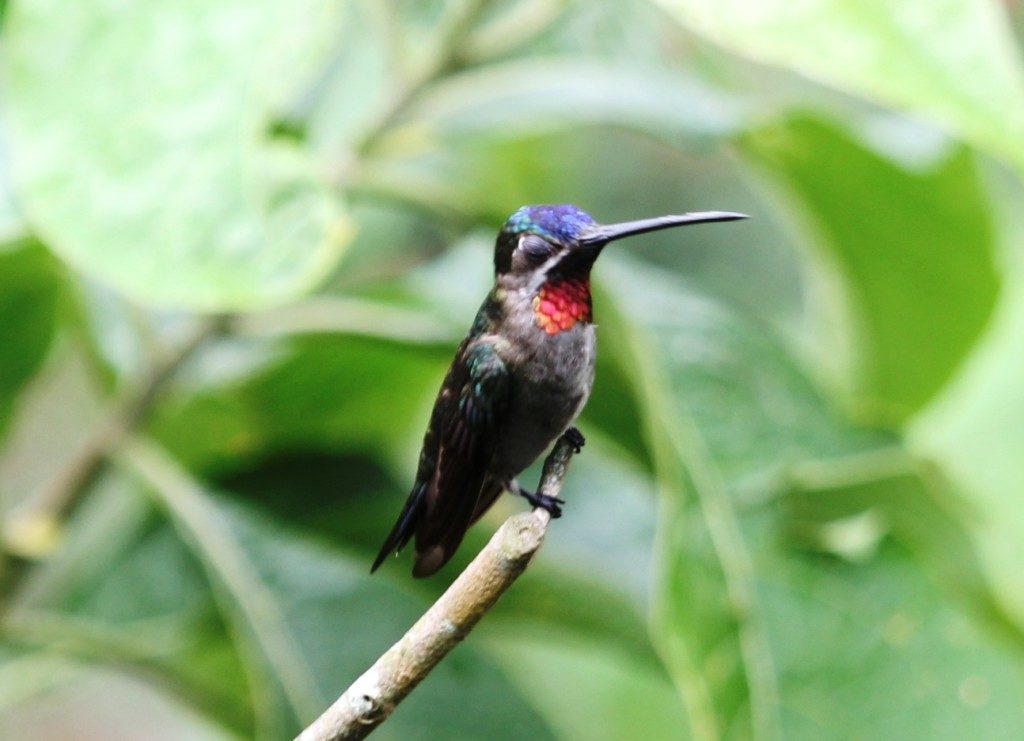
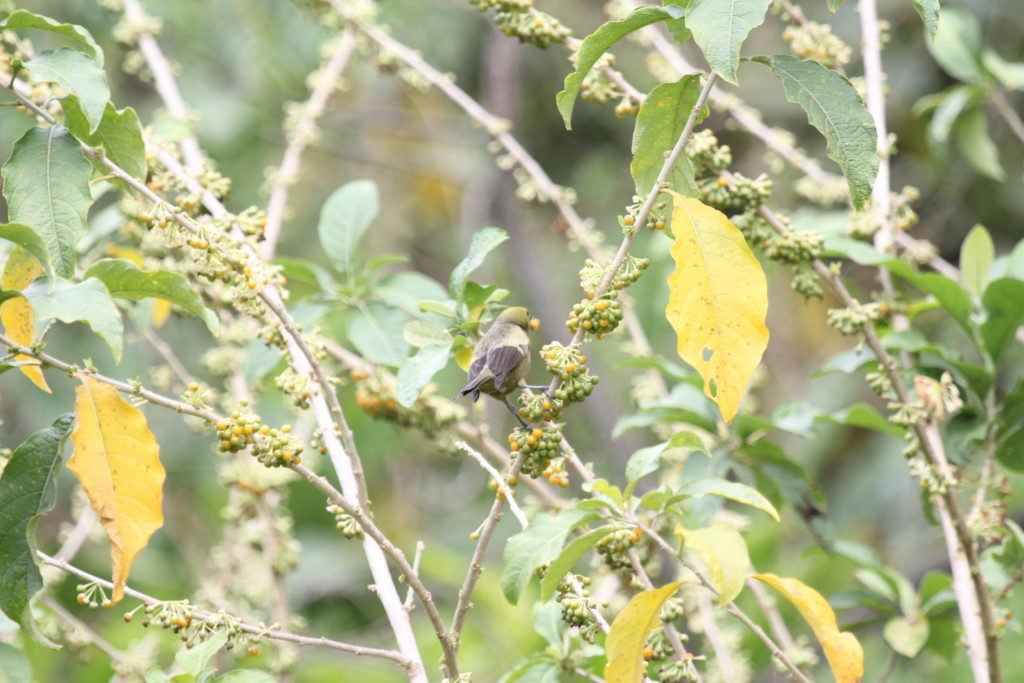
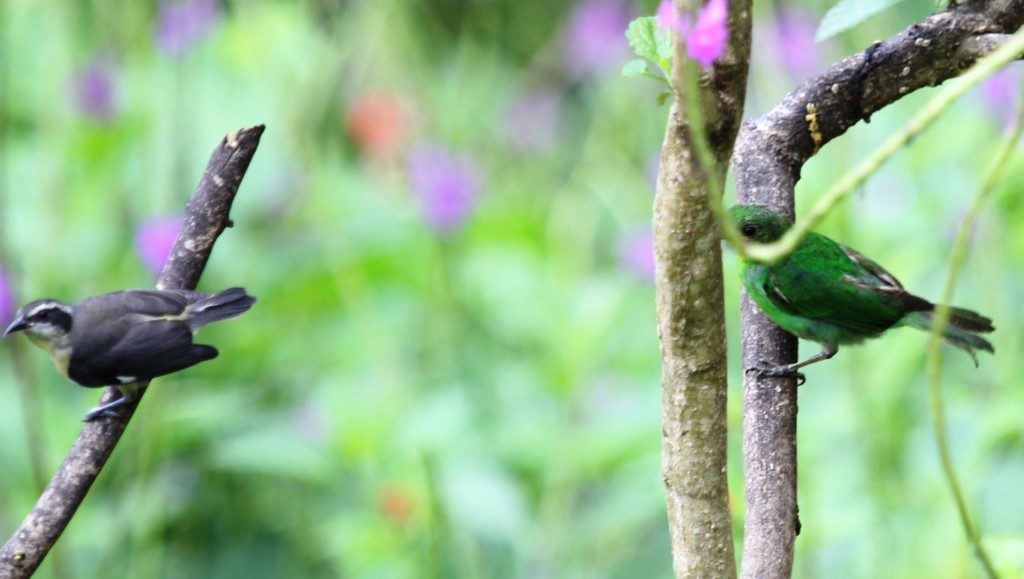
Tufted Coquettes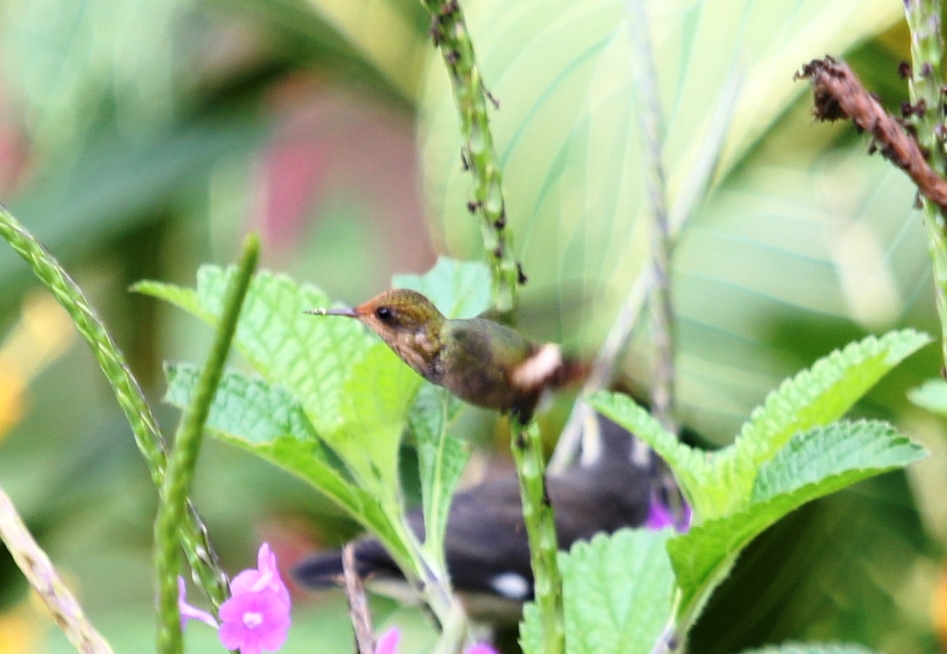

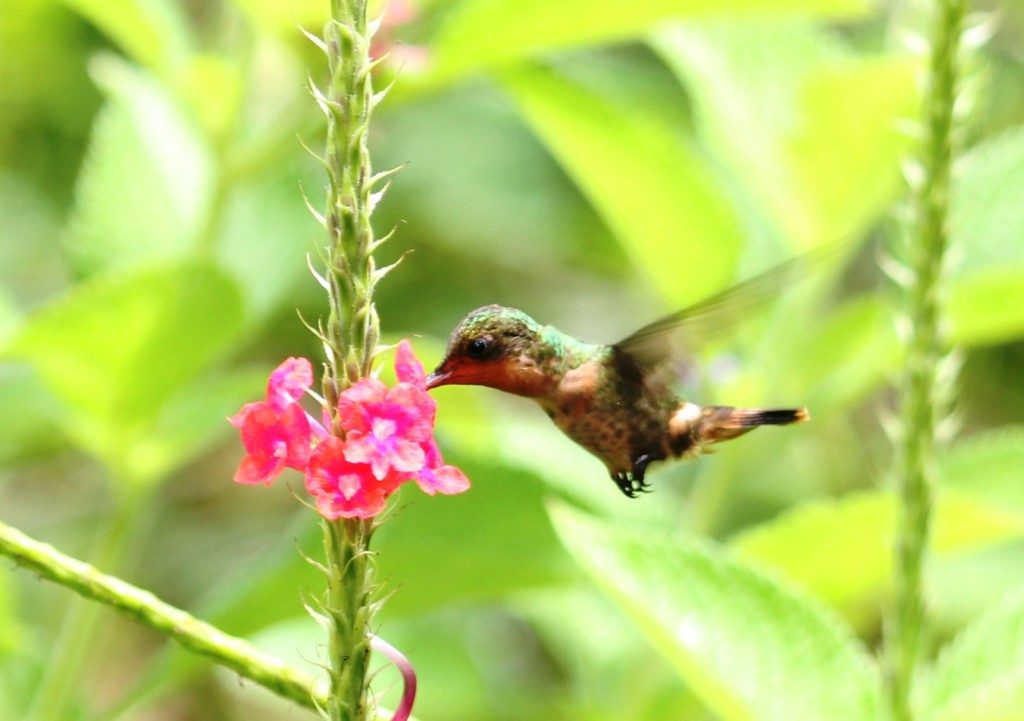

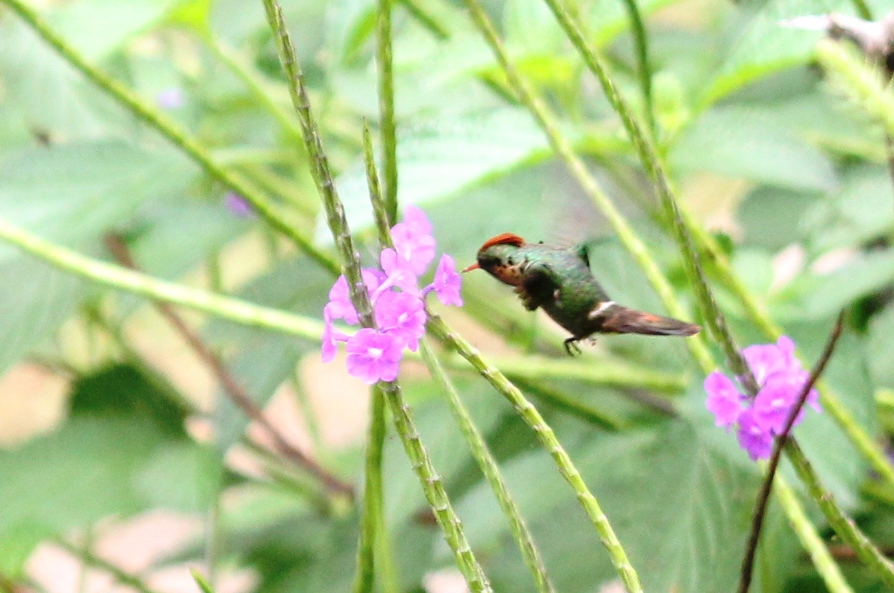



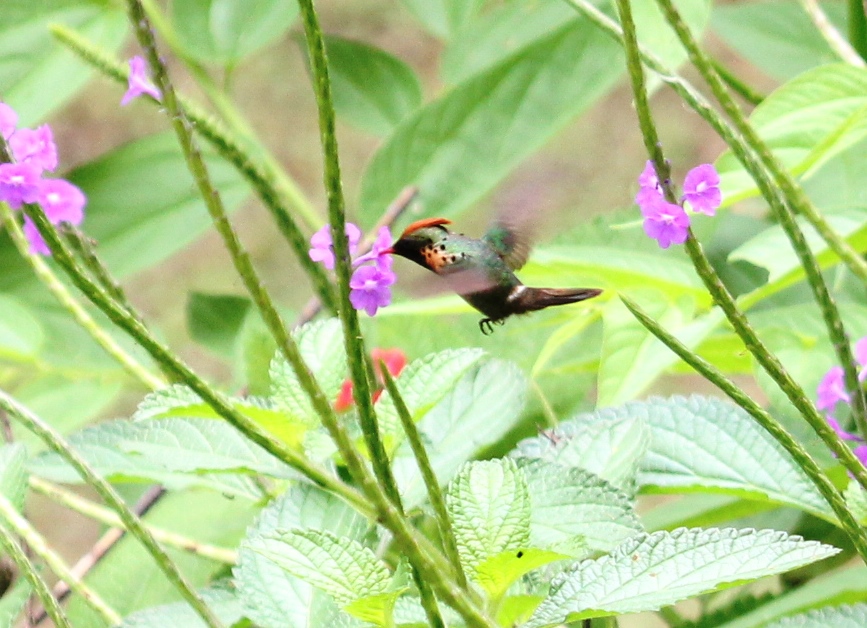
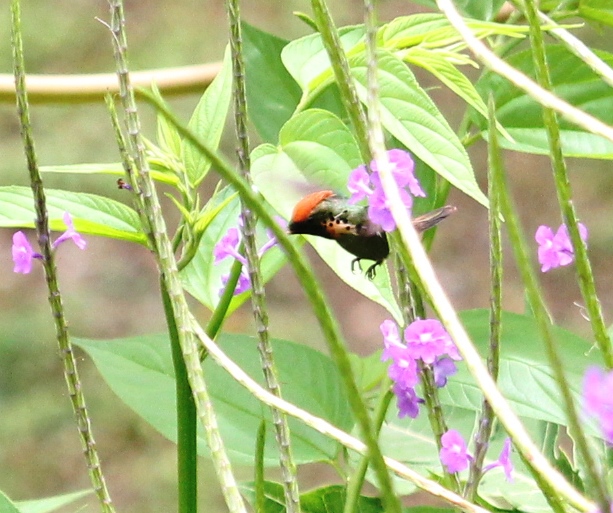
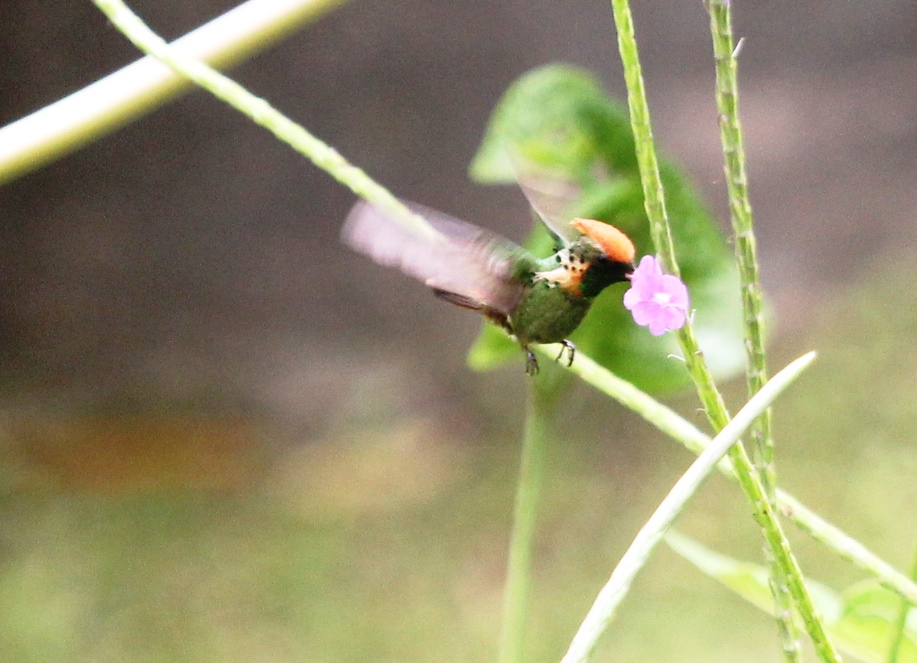
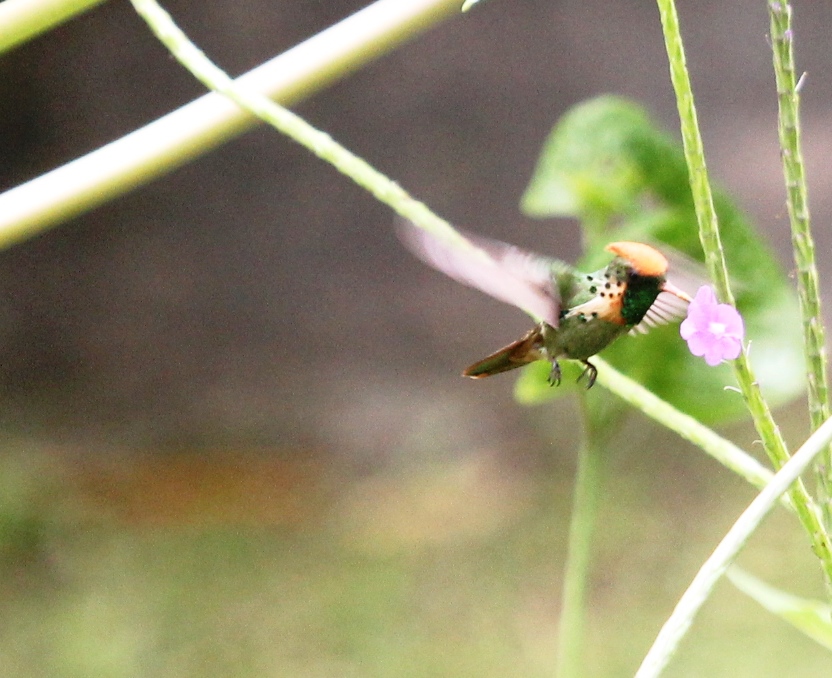
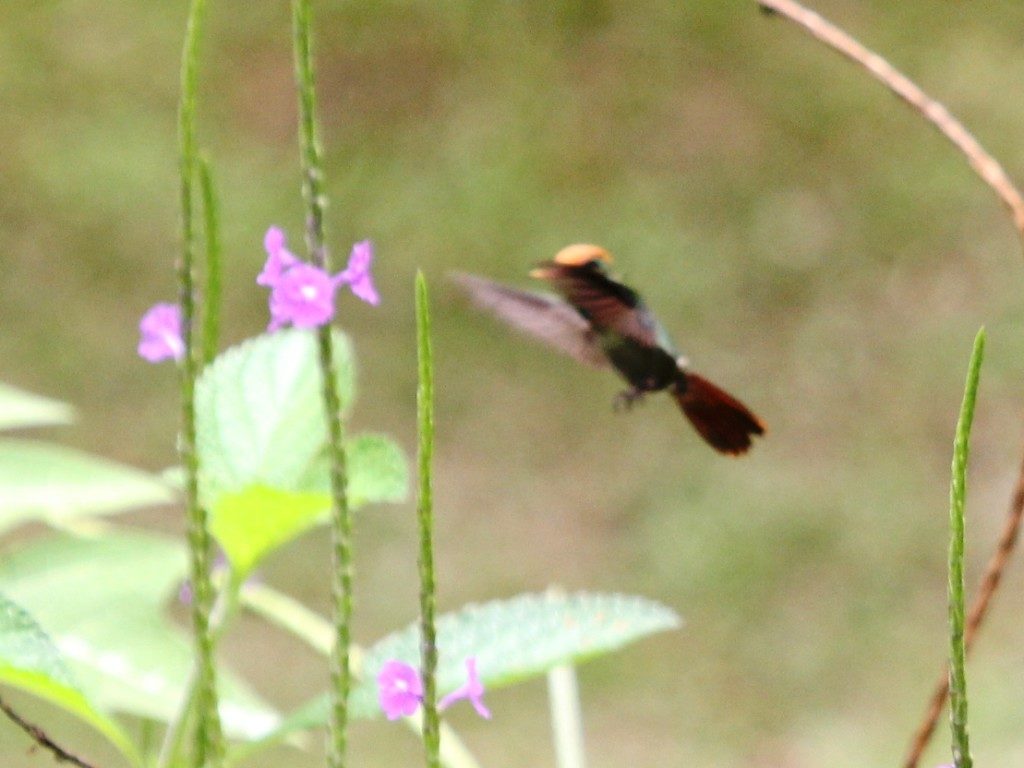
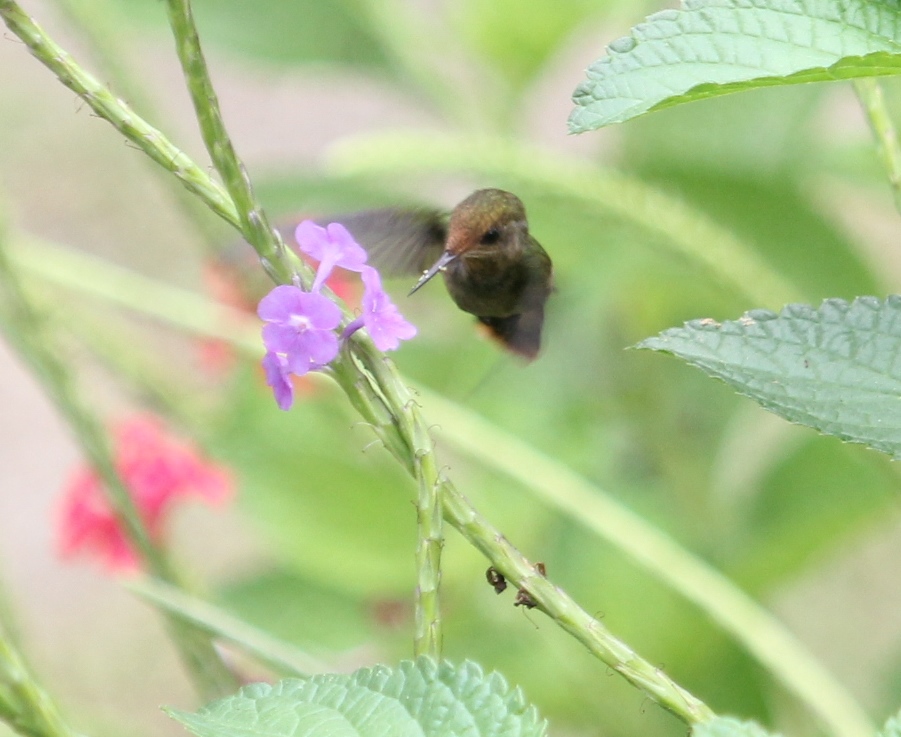

Silver-beaked Tanager (Ramphocelus carbo)
The Silver-beaked Tanager (Ramphocelus carbo) is a medium-sized bird with attractive dark crimson & black colouring. When a male bird faces forward, it kind of looks like he is doing a “milk moustache” commercial!
This one was seen at Wildsumaco Lodge area.
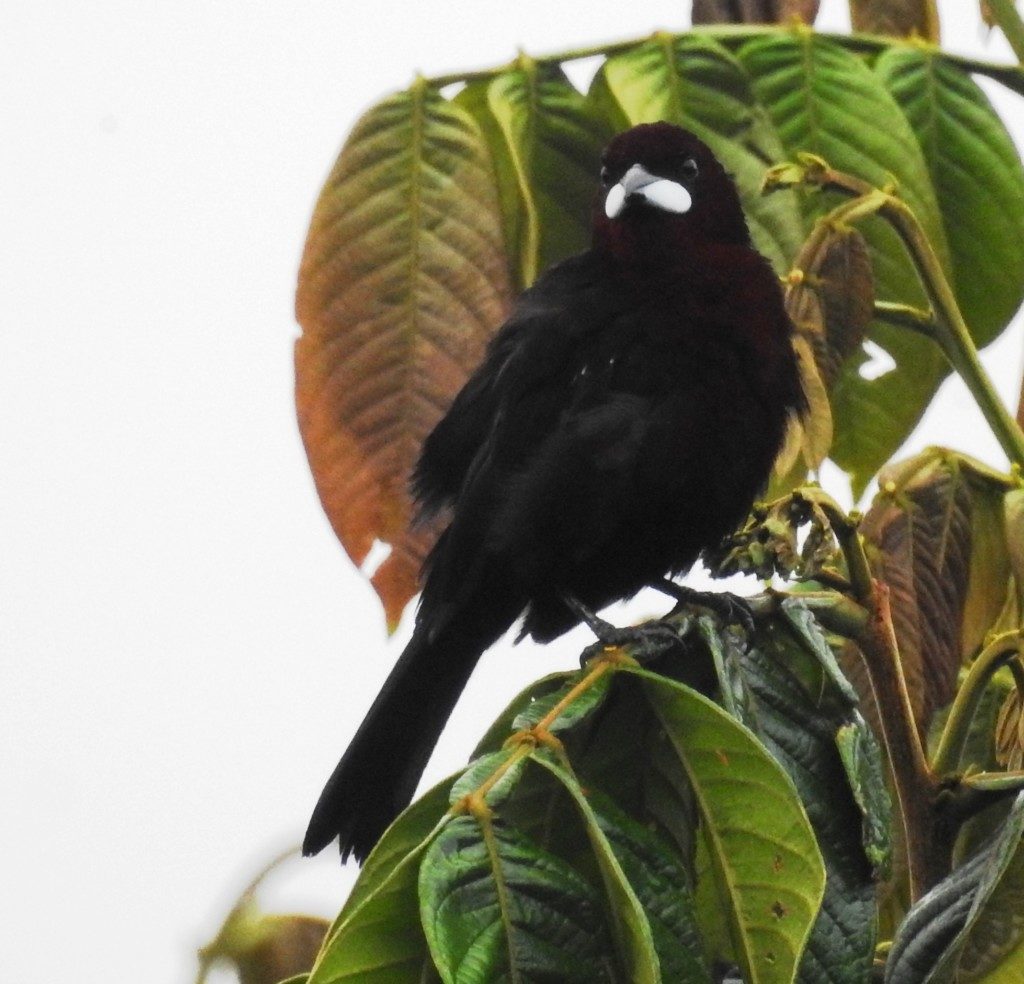
And this pair was seen at Asa Wright’s in Trinidad and shows the difference between male (above) & female.
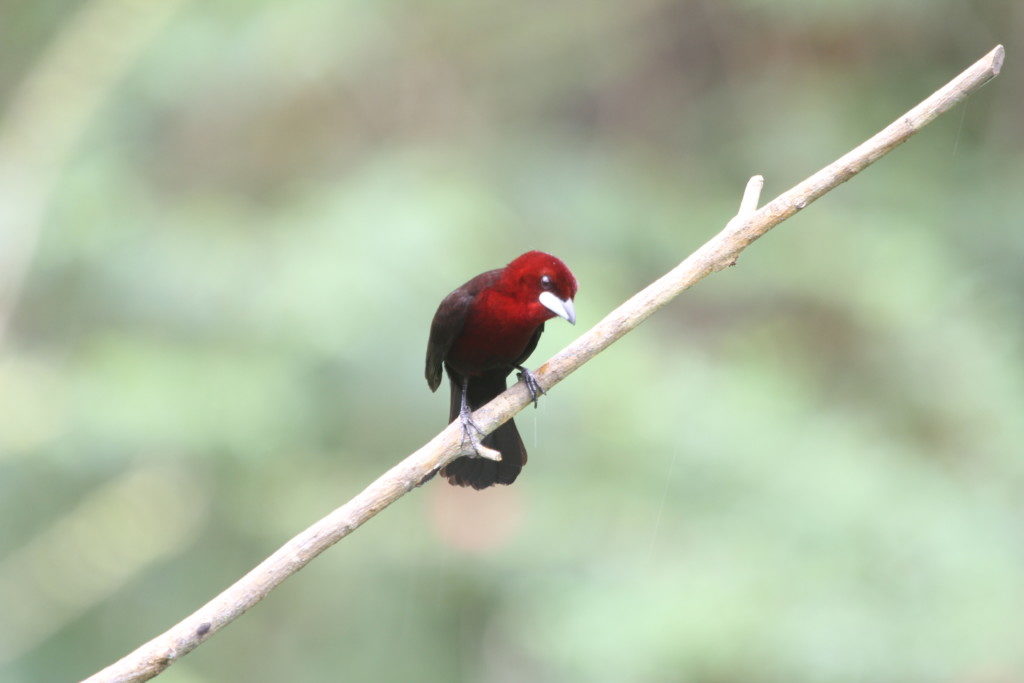

This tanager is a resident breeder in South America from eastern Colombia and Venezuela south to Paraguay and central Brazil, and on Trinidad where they are commonly seen at Asa Wright’s.
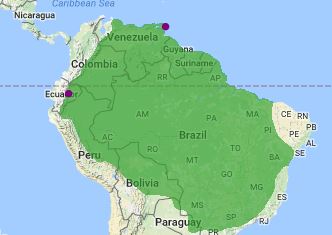
LEARN MORE ABOUT SILVER-BEAKED TANAGERS
VIDEOS
In both these videos you can see the subtle beauty of this small bird.
Oilbirds (Steatornis caripensis)
The Oilbirds (Steatornis caripensis), locally known as the guácharo, are birds found in the northern areas of South America (including the island of Trinidad in the Republic of Trinidad and Tobago). Nesting in colonies in caves, they are nocturnal feeders on the fruits of the oil palm and tropical laurels. They are the only nocturnal flying fruit-eating birds in the world (the kakapo is flightless). They forage at night, with specially adapted eyesight. However they navigate by echolocation in the same way as bats, and are one of the few kinds of birds known to do so. They produce a high-pitched clicking sound of around 2 kHz that is audible to humans.
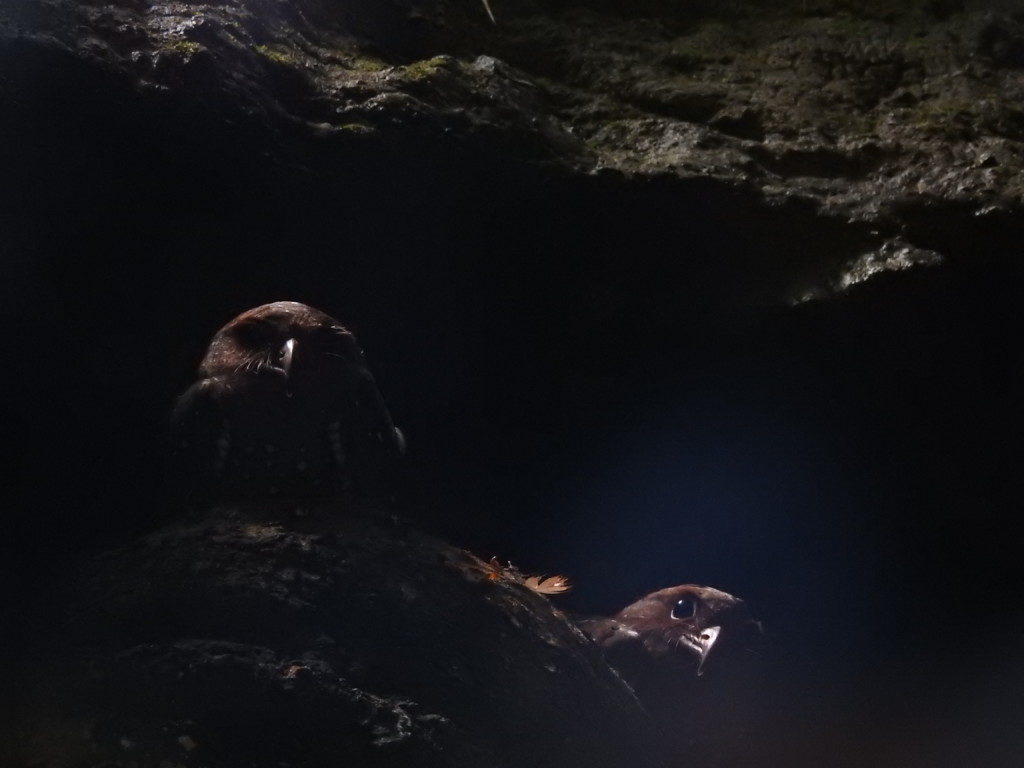
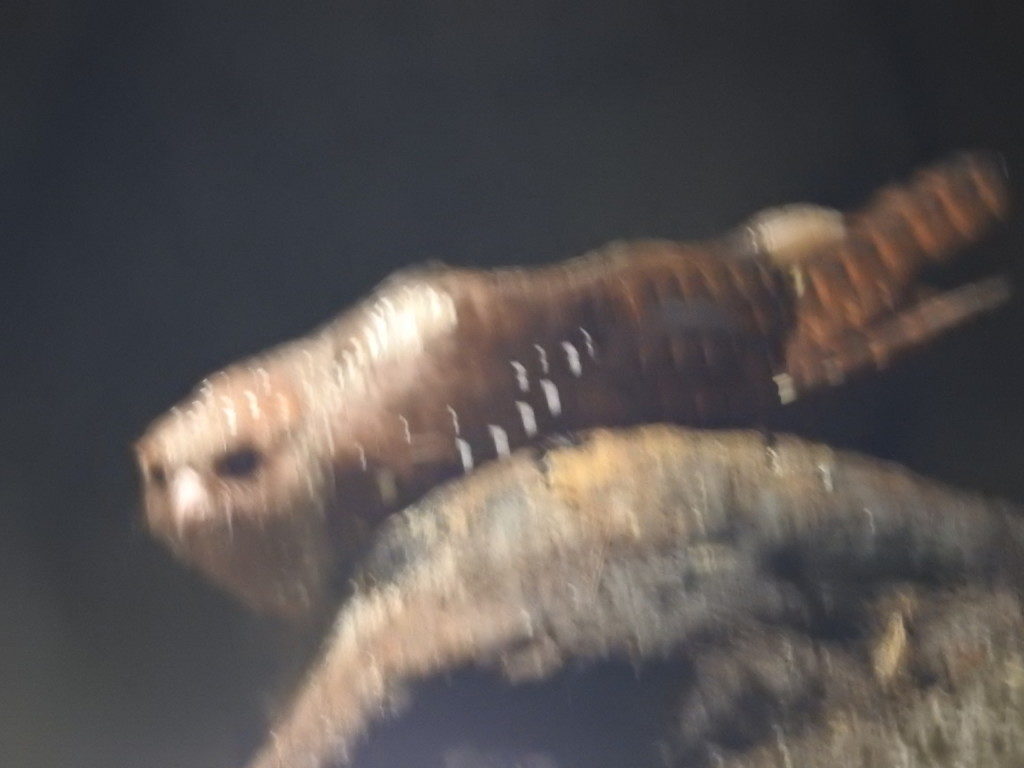
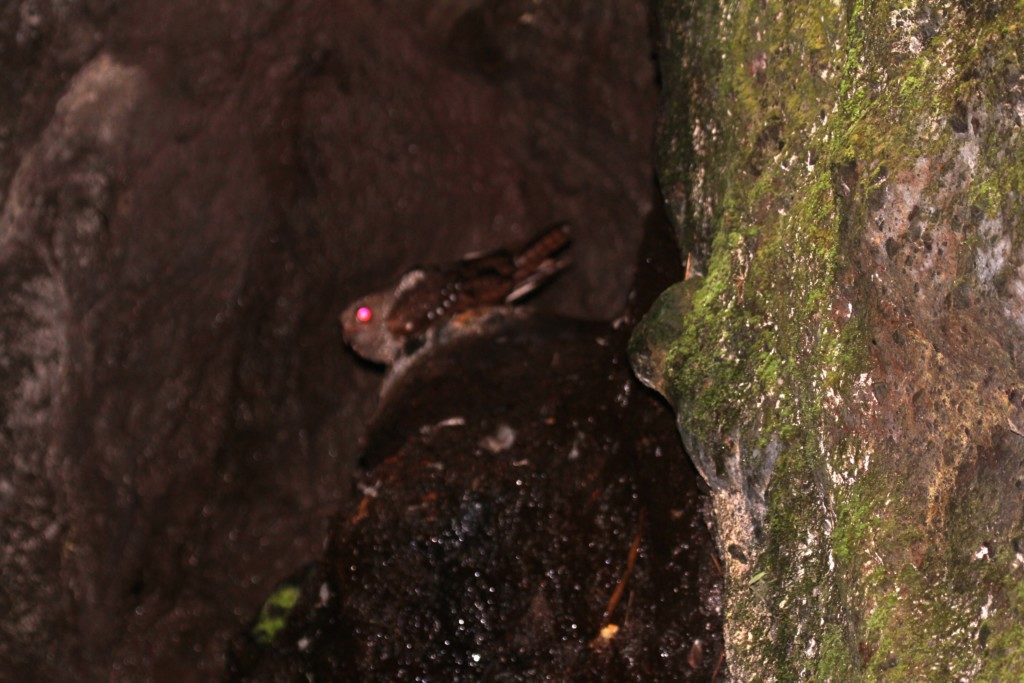 Although they have a large range in the northern part of South America, there are a few Oilbird caves which are easier to access such as Chontal near Mindo, Rio Claro in Colombia & Asa Wright’s in Trinidad.
Although they have a large range in the northern part of South America, there are a few Oilbird caves which are easier to access such as Chontal near Mindo, Rio Claro in Colombia & Asa Wright’s in Trinidad.
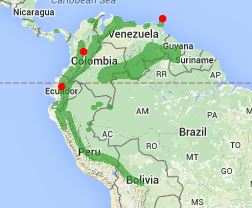
LEARN MORE ABOUT OILBIRDS
VIDEOS
Mindo Oilbirds showing the love!
Night flights
